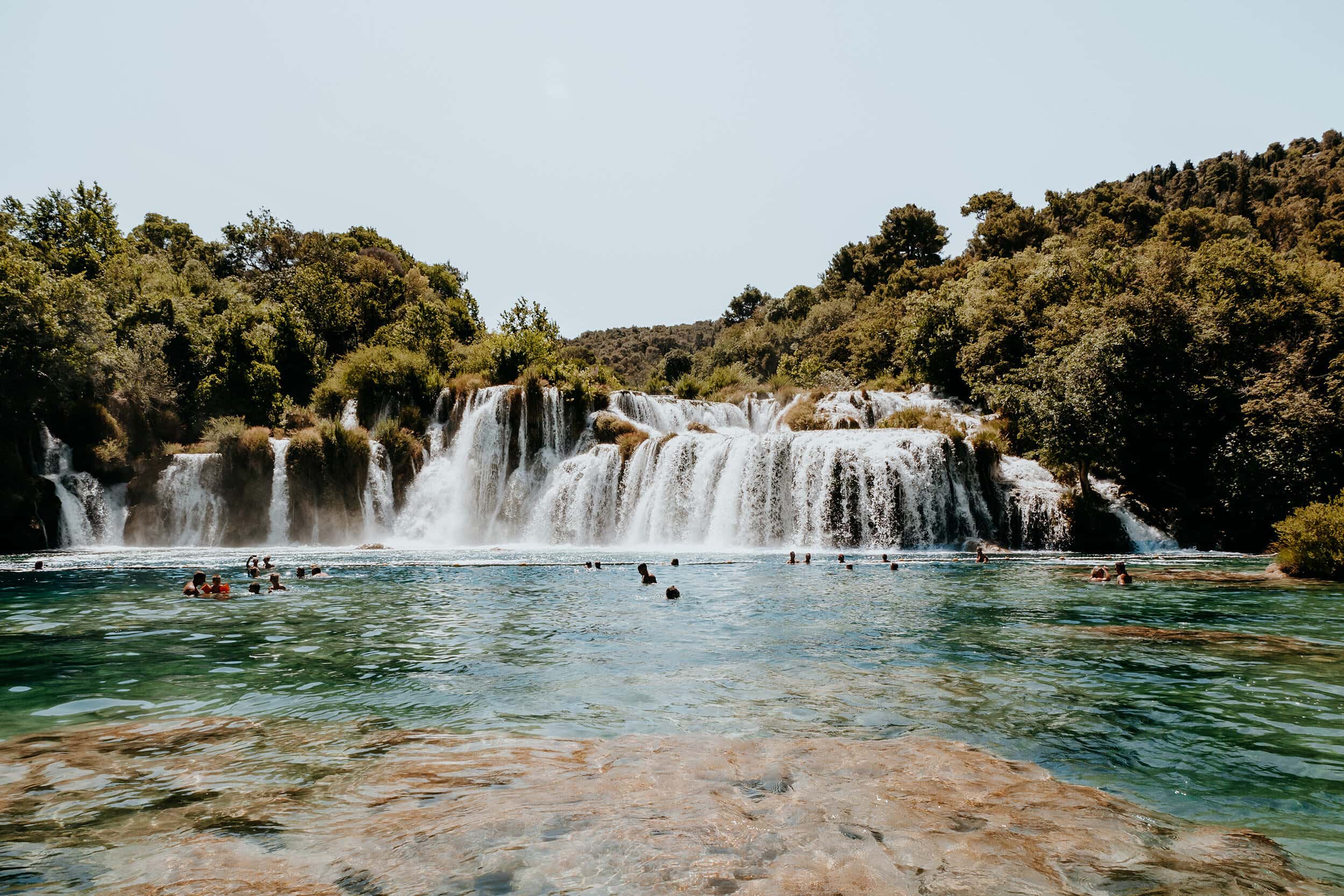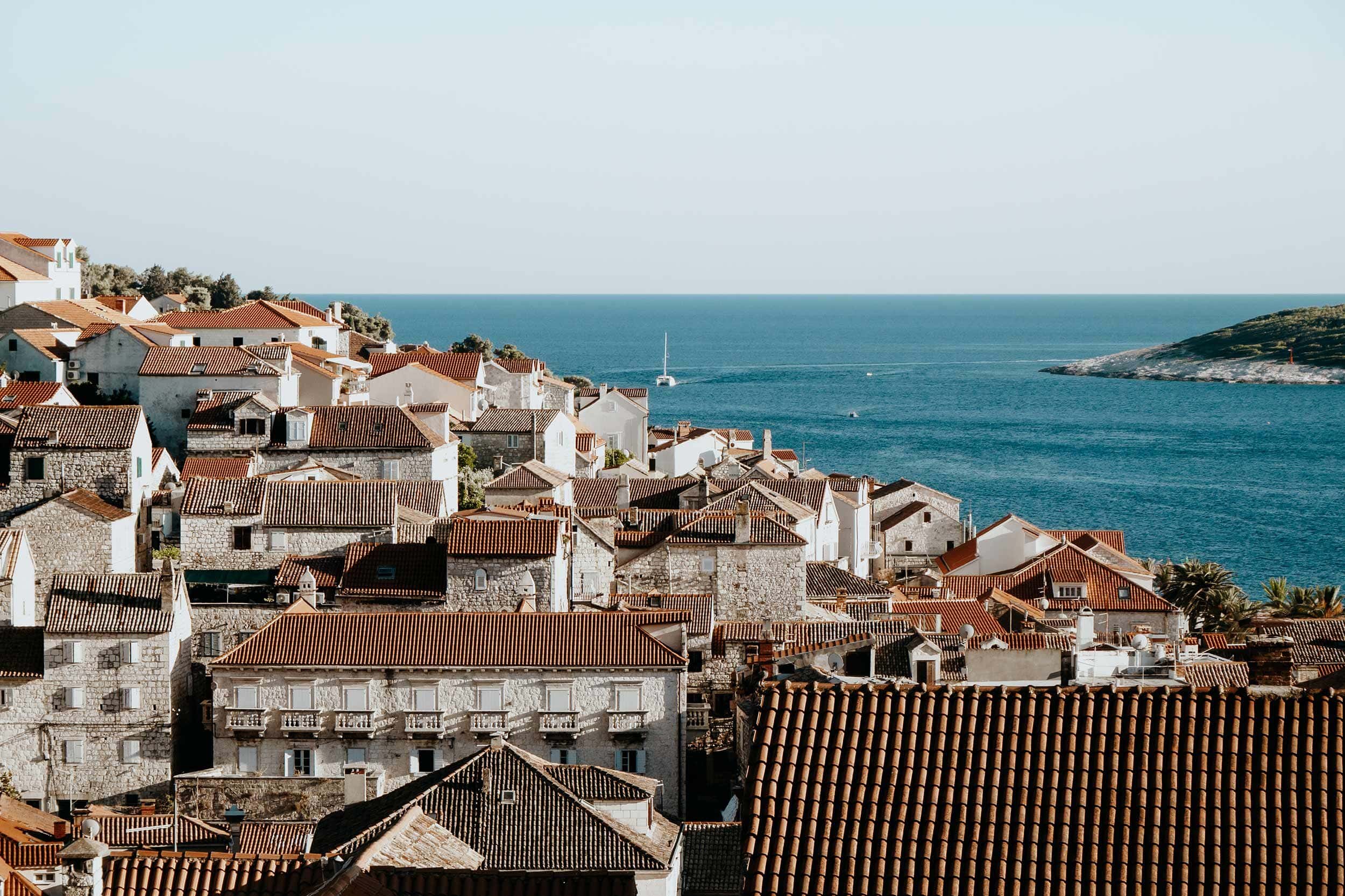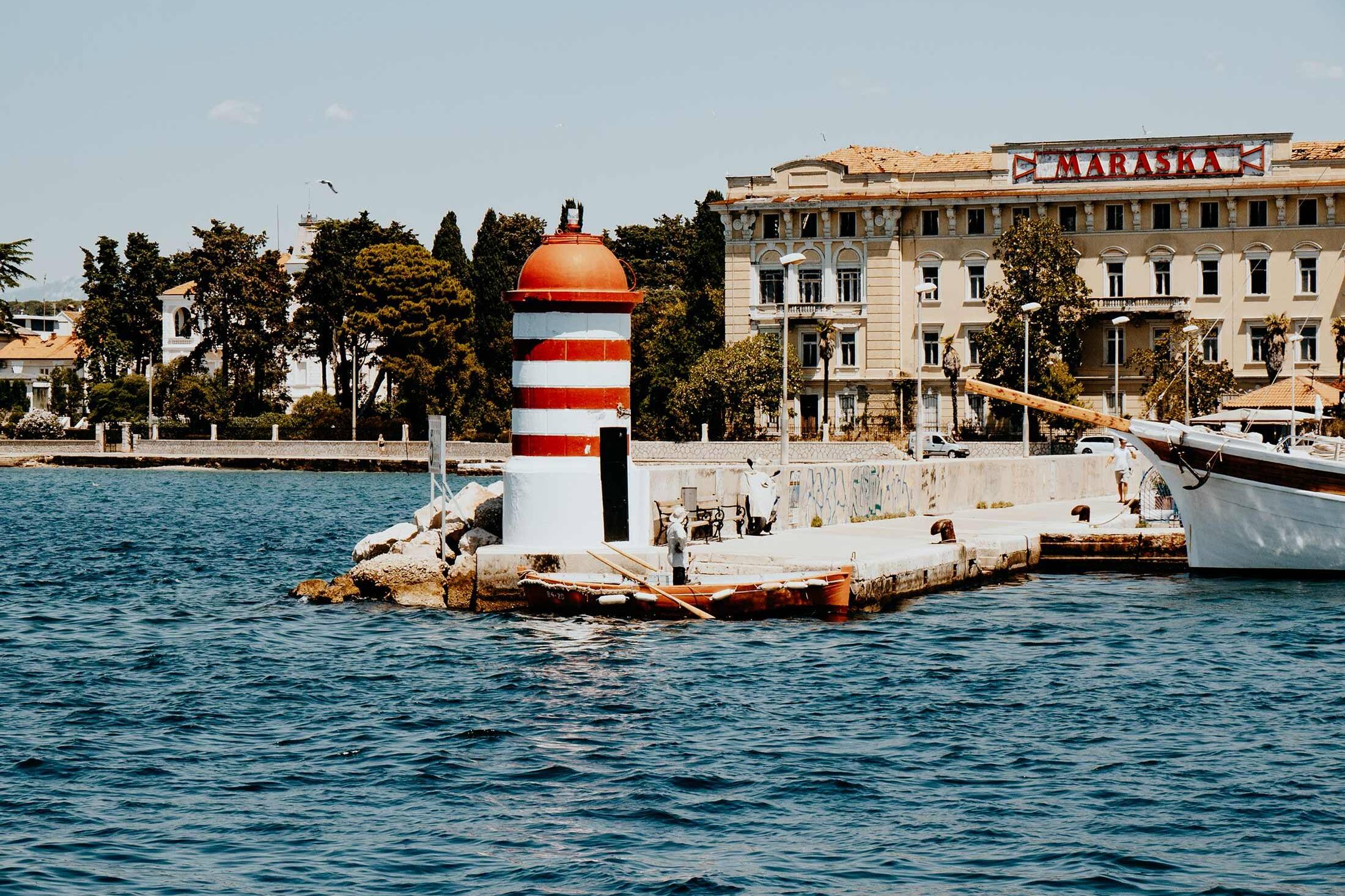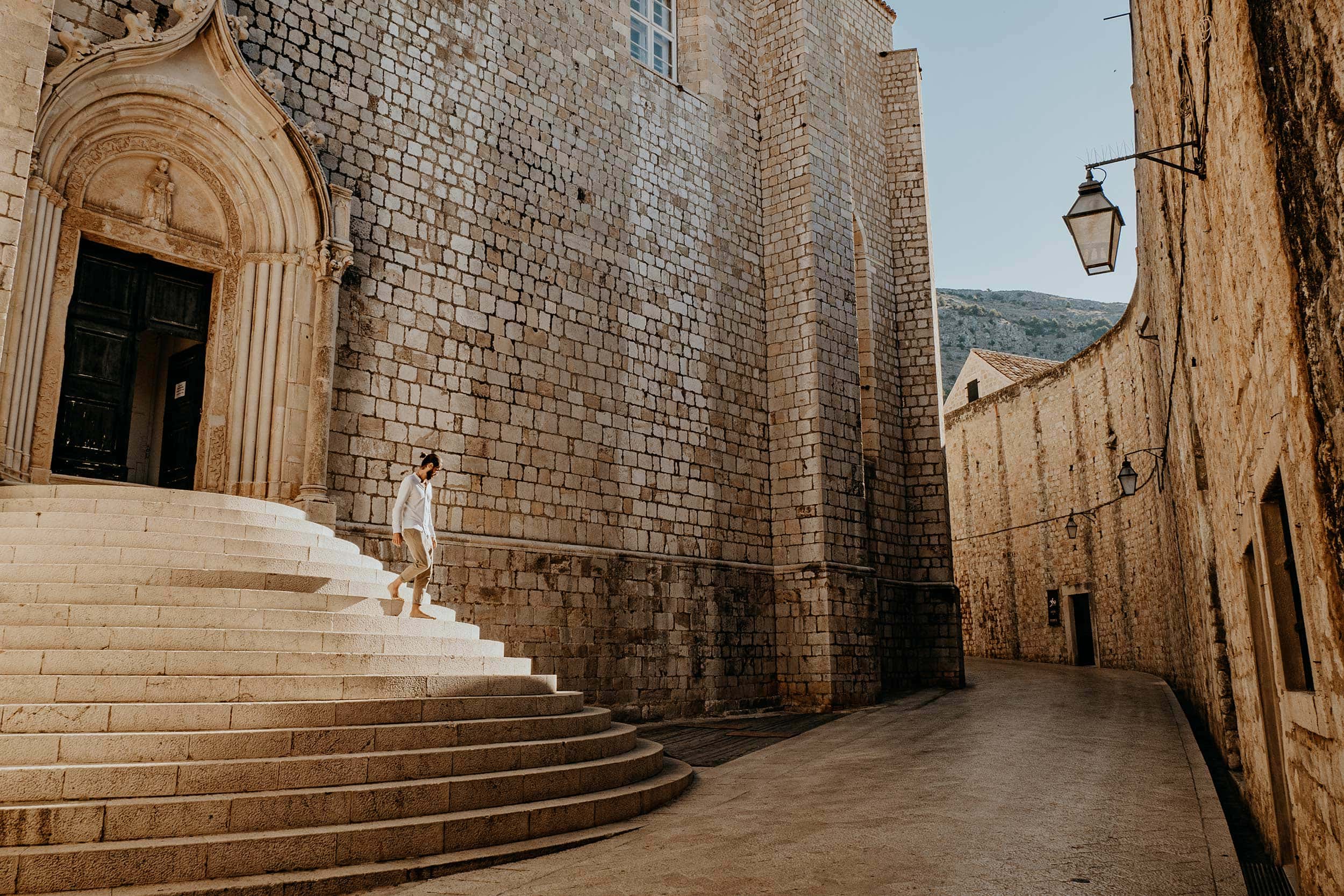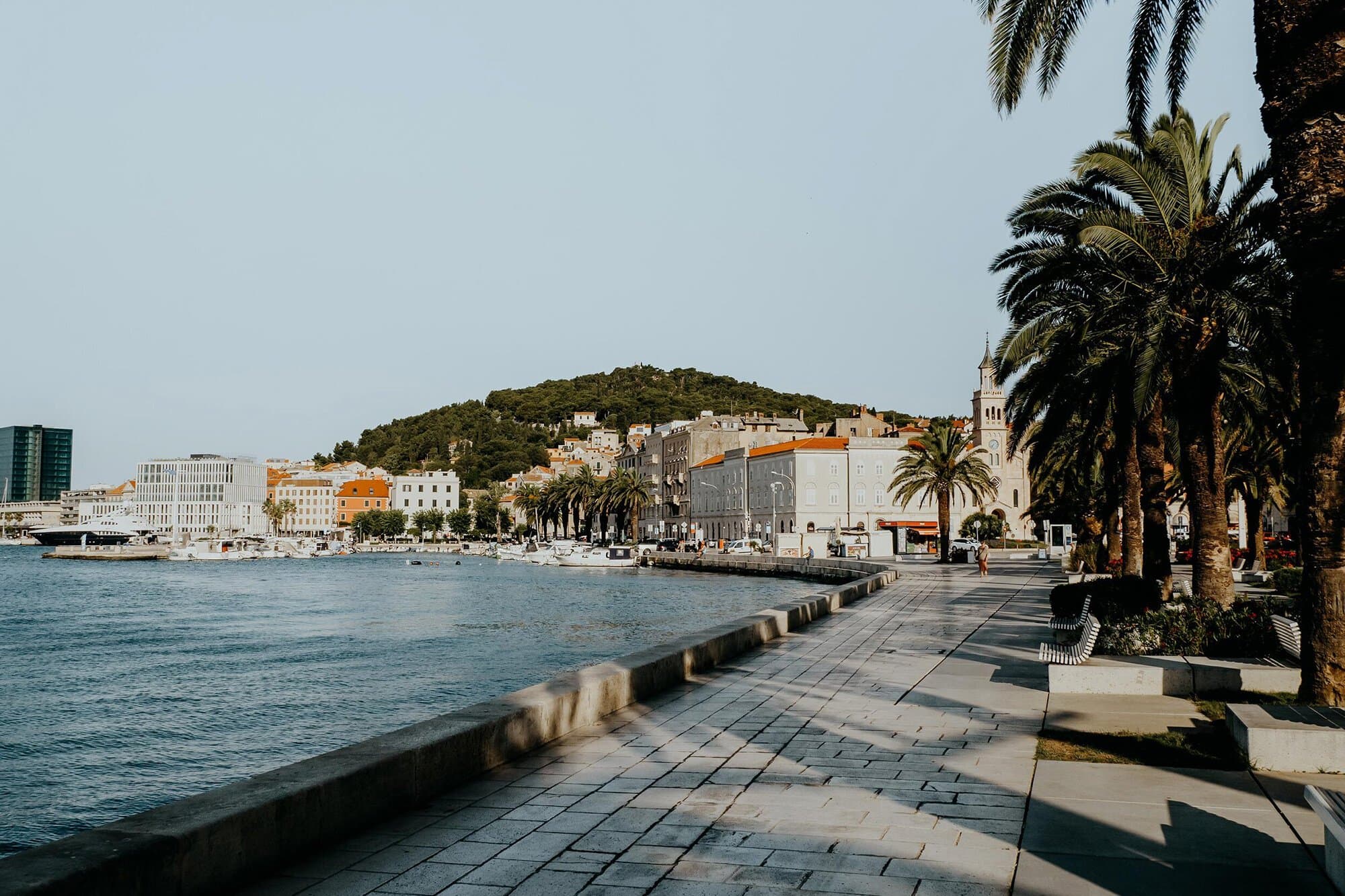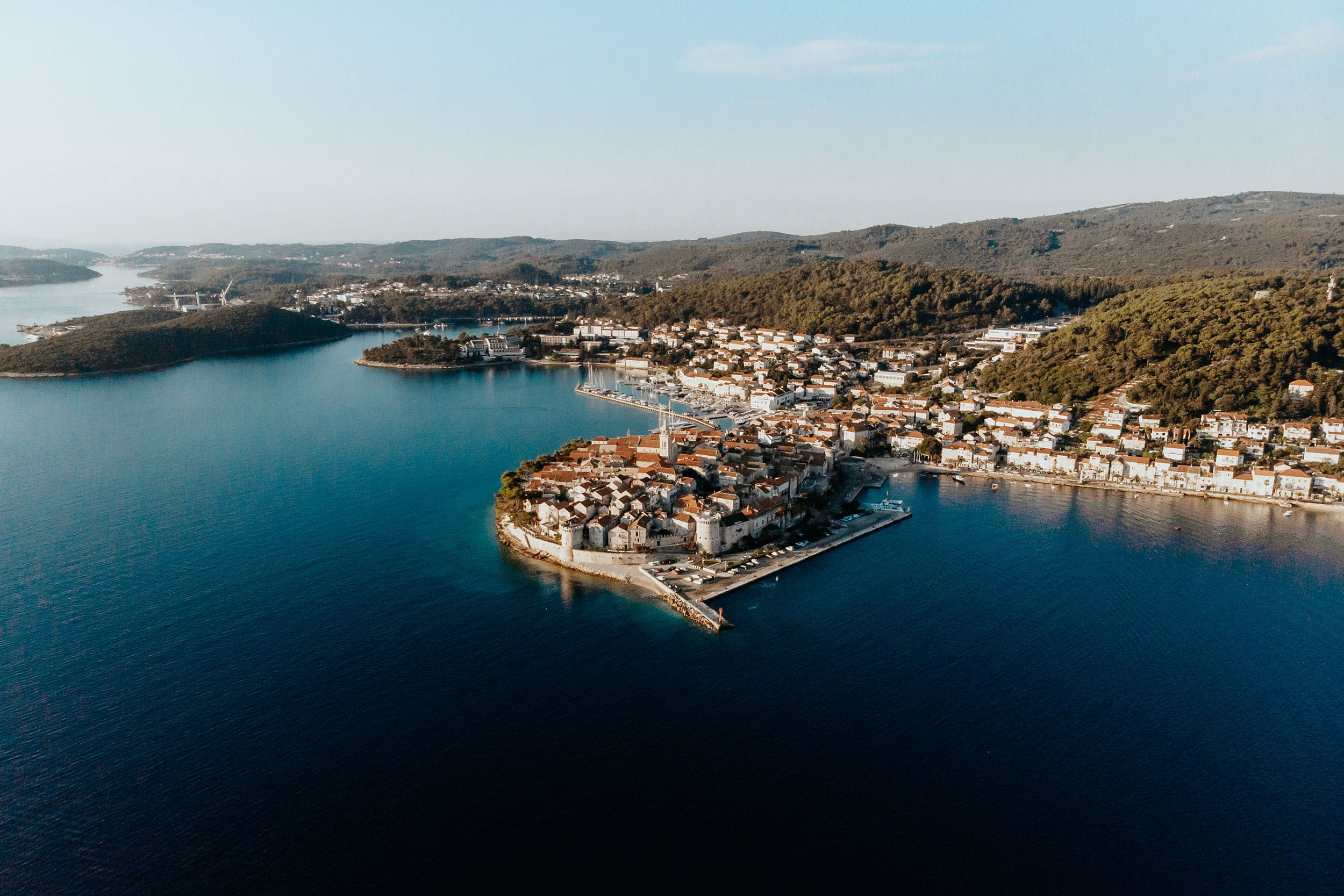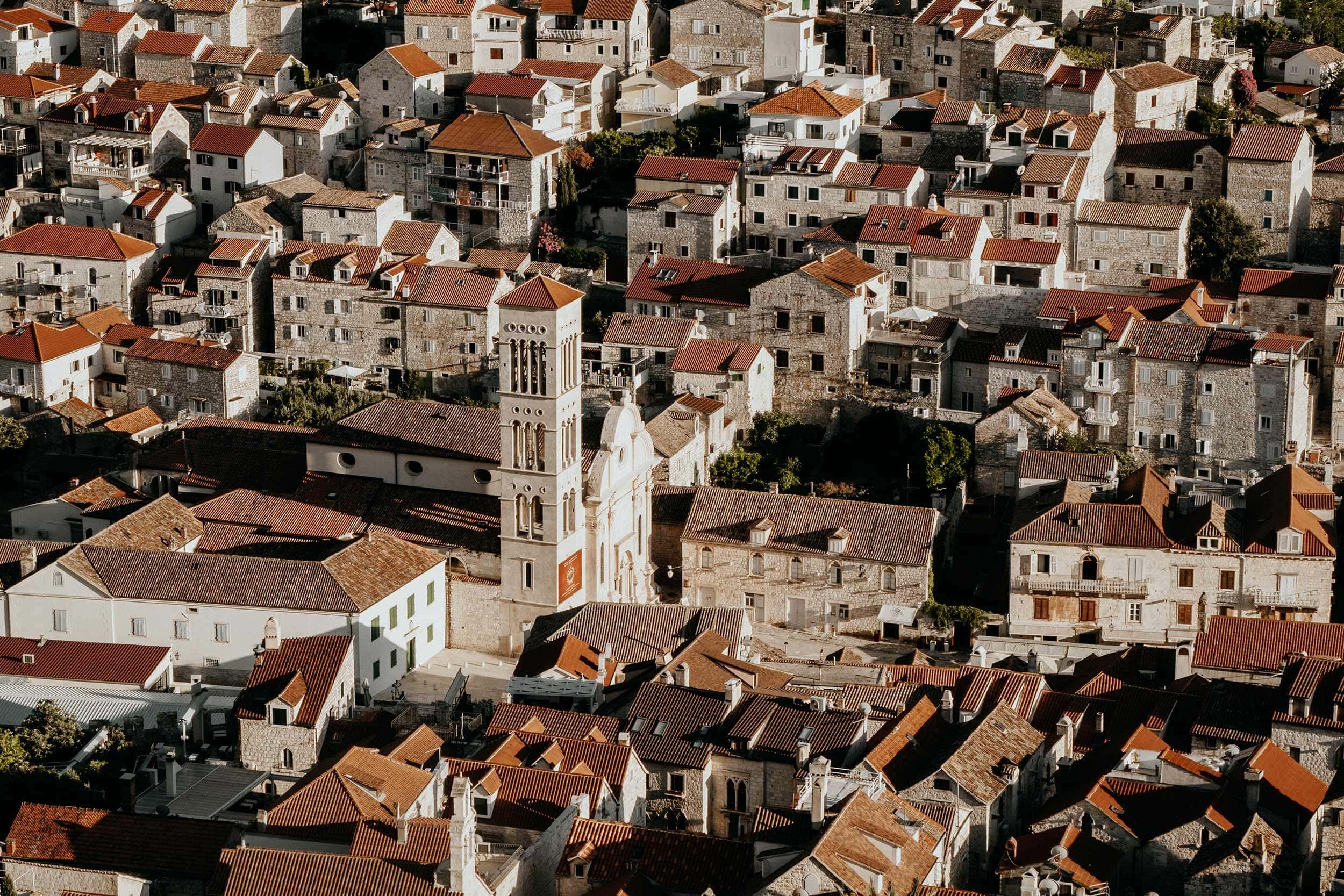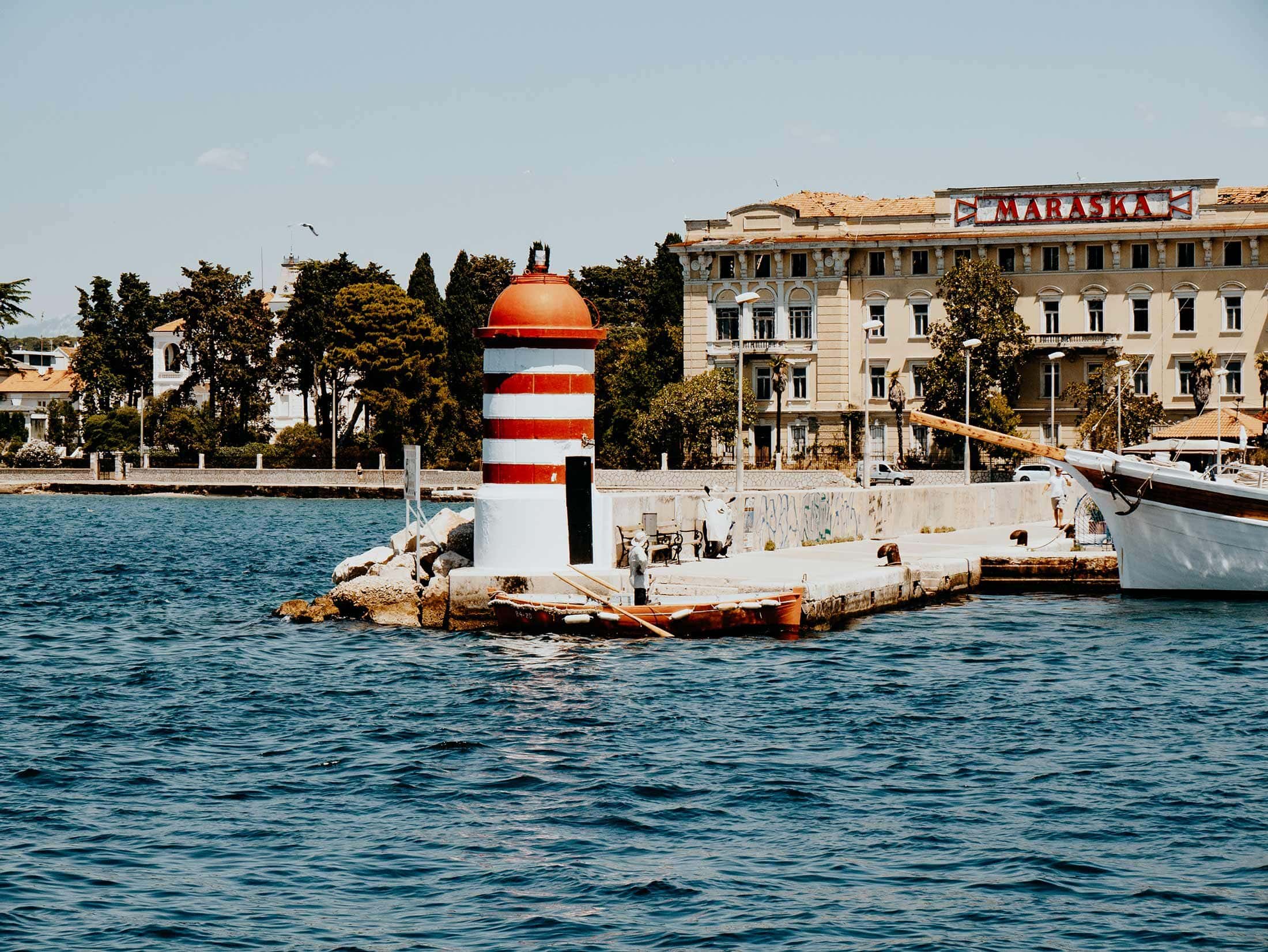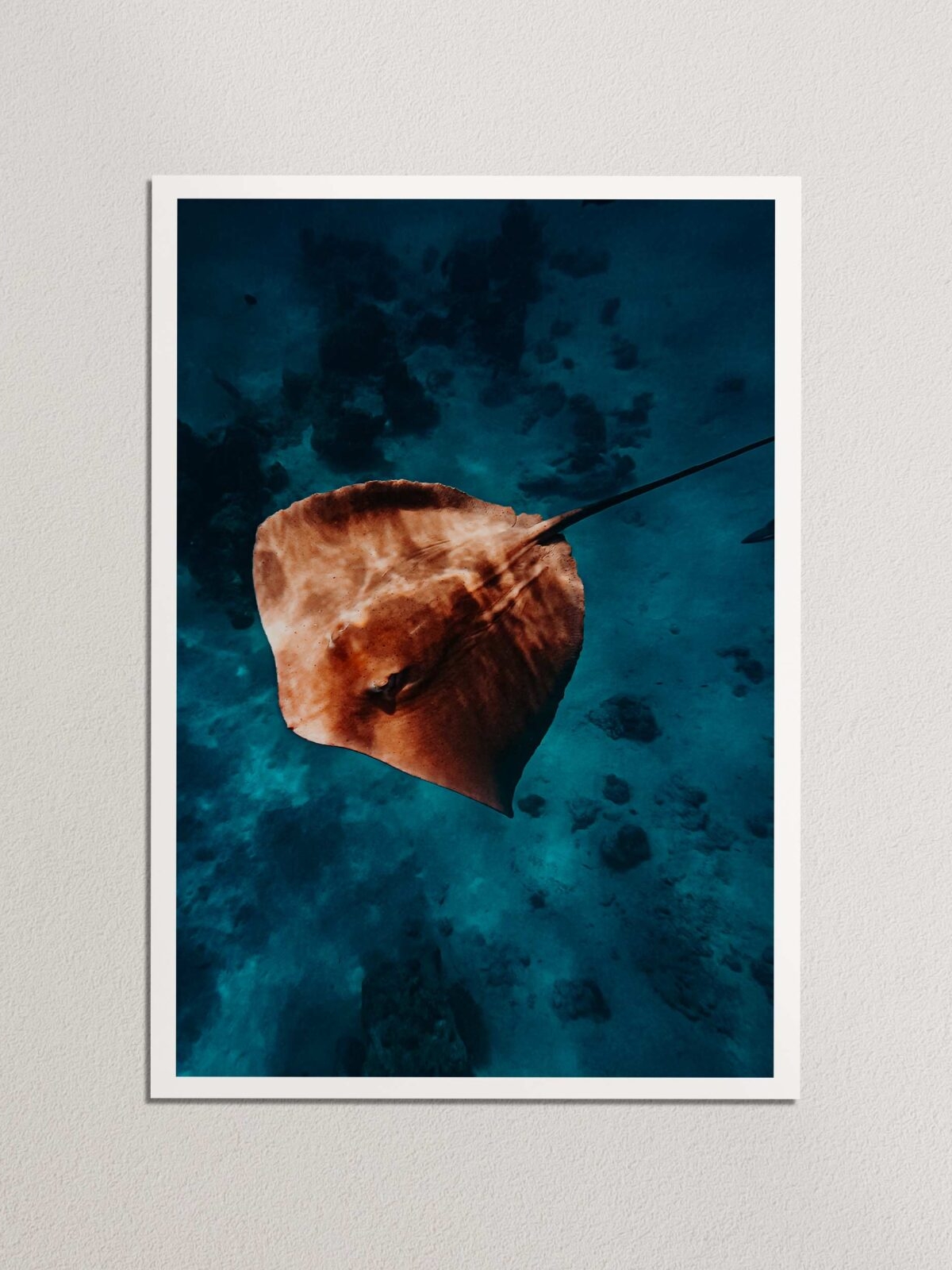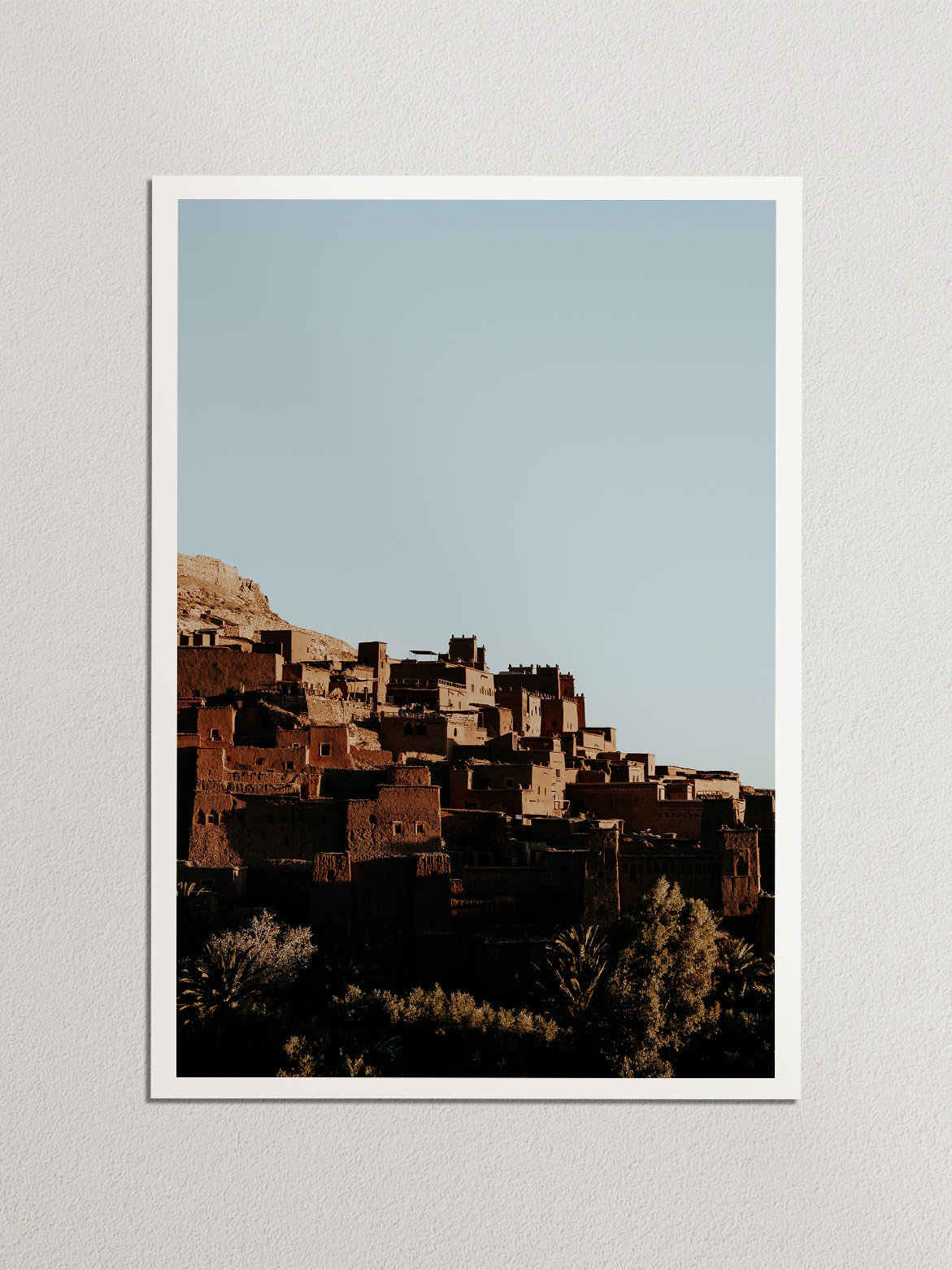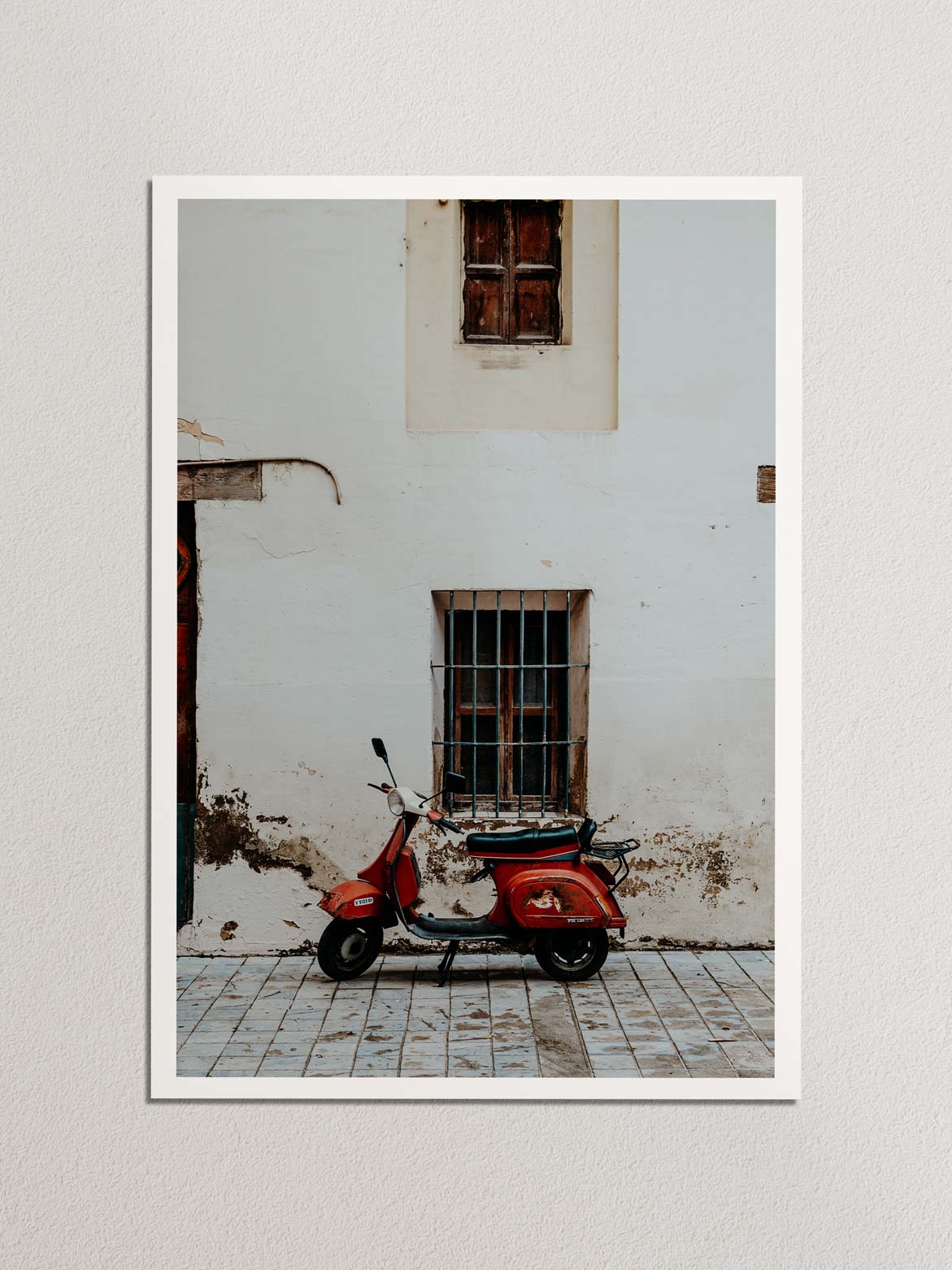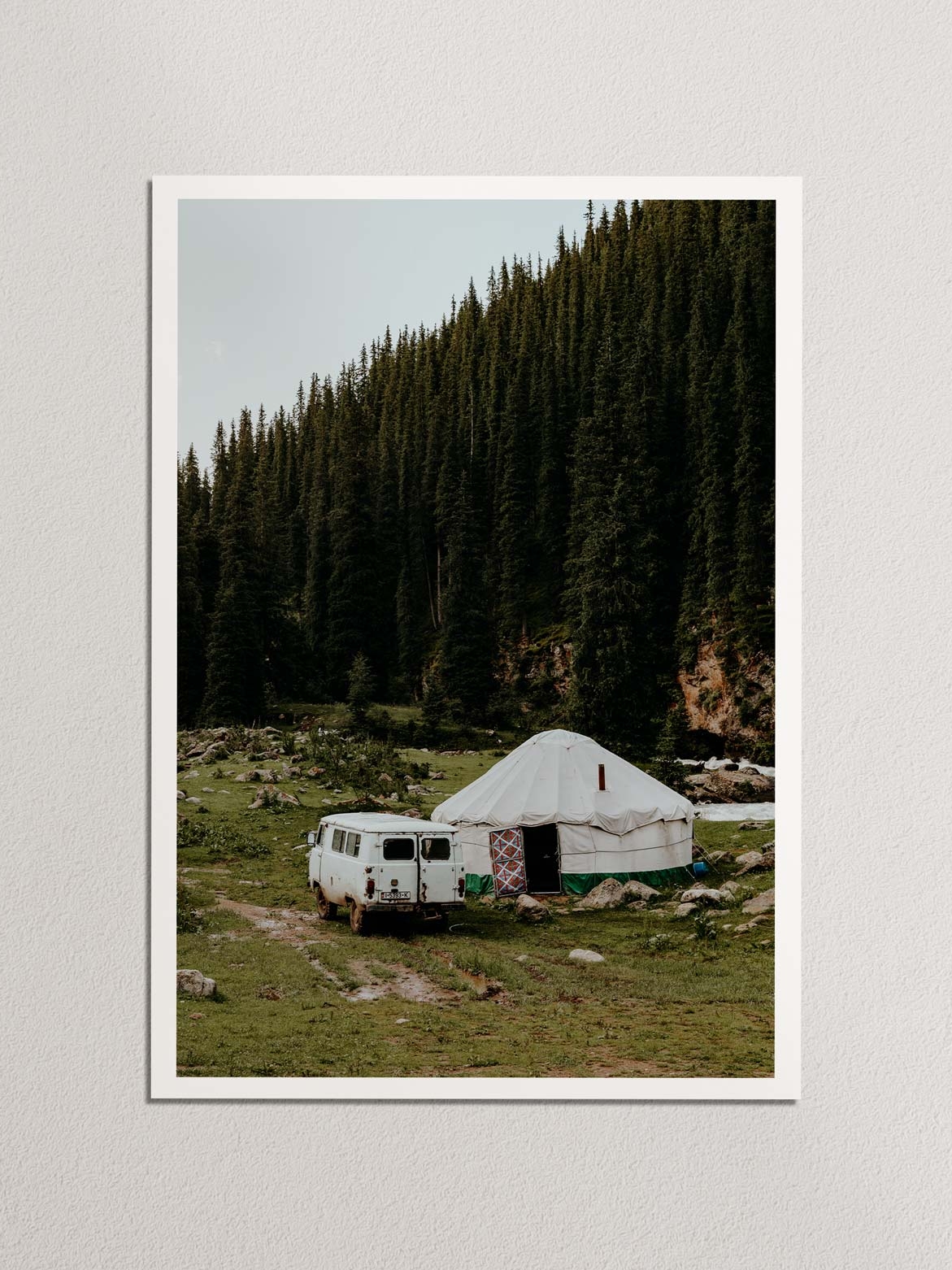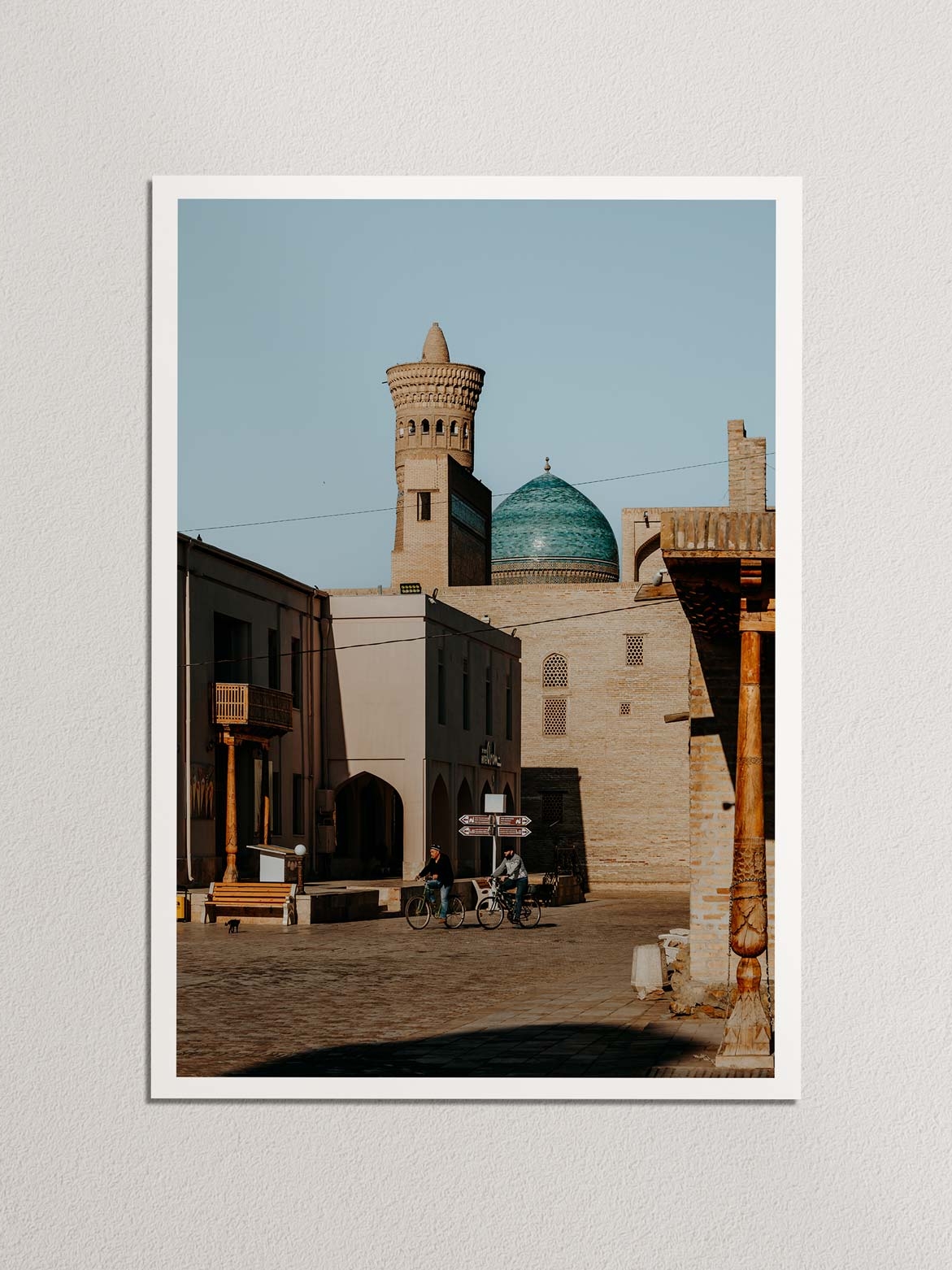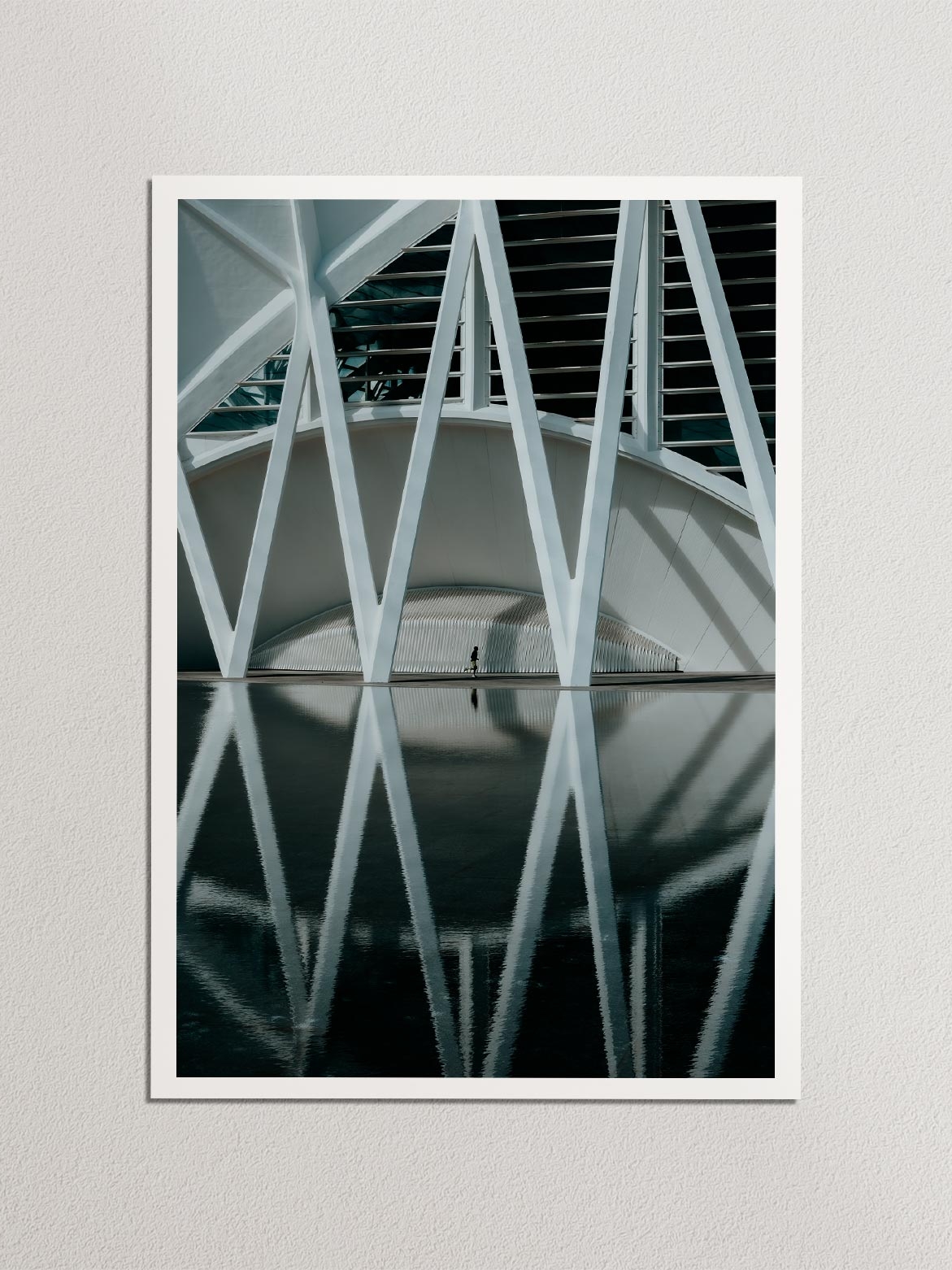A traveller's guide to Krka National Park, Croatia (Update 2022)
While Croatia is best known for its charming coastal towns, endless stretches of beach and stunning islands sprinkled through the Adriatic, there’s another great reason why travellers flock to the country; its exceptional national parks.
One of these parks is the incredible Krka National Park, located just an hour’s drive from two of Croatia’s most popular summer destinations Split and Zadar.
With its world-class waterfalls, picturesque lakes, medieval castles, and plenty of hiking trails running through its scenic landscape, Krka National Park is an absolute highlight for everyone travelling to Croatia.
Although most visit solely to admire the incredible Skradinski Buk waterfall, there’s plenty of other untouched natural beauty to behold; from the stunning Visovac Island at the heart of the lake, to an abundance of smaller cascades and rapids flowing through Krka’s immersive woodlands.
To help you plan your trip here, I’ve put together this in-depth Krka National Park guide, packed with all the essential information, as well as a few of my best travel tips.
If you choose to use any of the links on this page, I receive a small commission at no extra cost to you. By using these links, you’ll have a direct impact on WTSW and support me to continue to create free insightful travel content for you. If you find any of my tips useful, you can support me by buying a virtual coffee here.
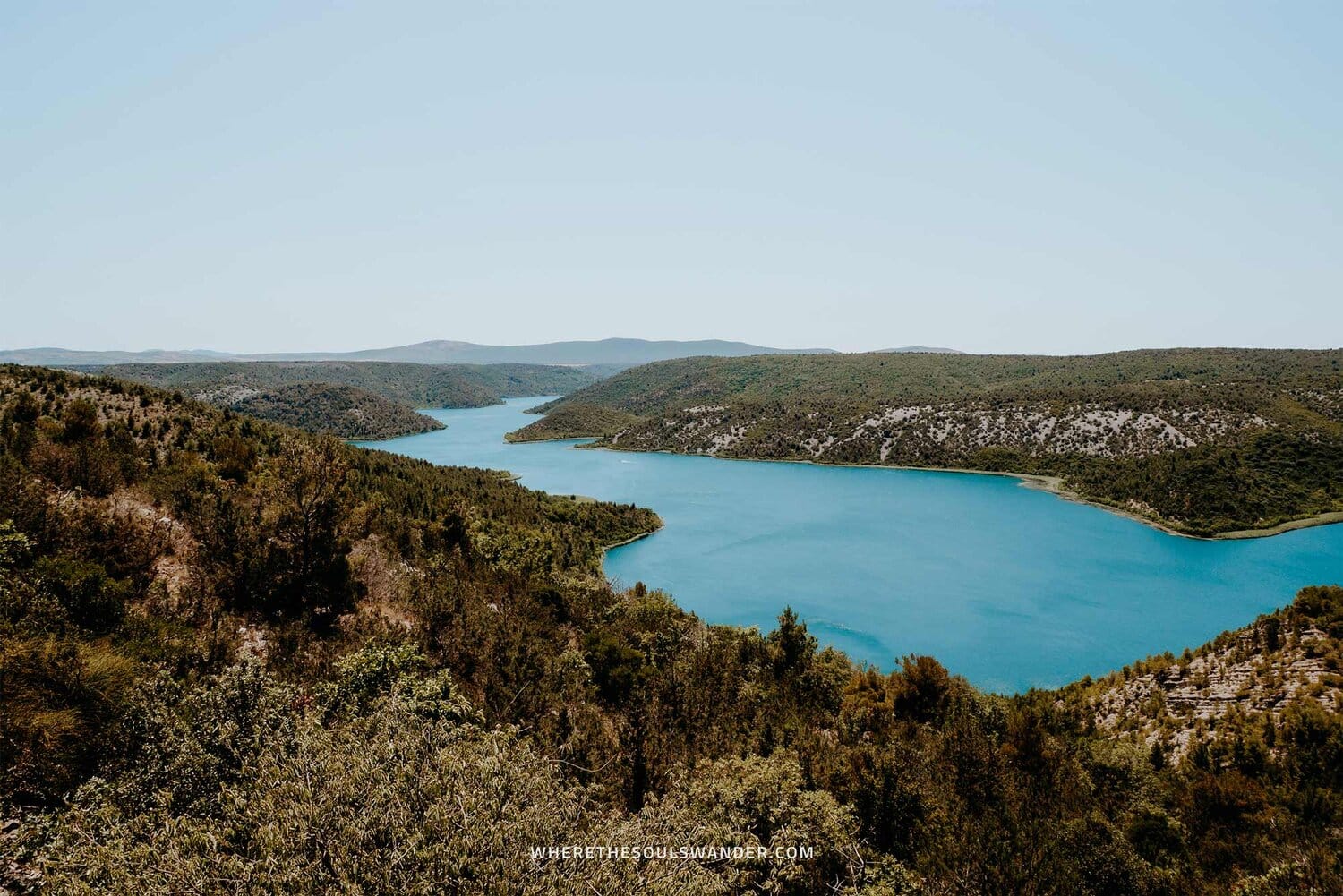
Where is Krka National Park
Named after the Krka River, Krka National Park is located in the lush region of Sibenik-Knin County in central Dalmatia, just a few kilometres northeast of Sibenik.
Krka has become a must-see destination for travellers to Croatia, not just for its sheer natural beauty, but also for its convenient position around an hour’s drive away from the popular summer hotspots of Split and Zadar.
Where to stay near the Krka National park
If you’re not planning to visit Krka National Park as part of a day trip from Split, Zadar or Trogir, I highly advise staying either in Sibenik or close to the Krka entrance itself.
By choosing accommodation close to Krka National Park, you’ll have the advantage of being one of the first to enter the park, while also saving time travelling back and forth.
To help you find the right place to stay, this section has been broken down into two sections.
Near Krka National Park
Hotel Vrata Krke | Located in Lozovac, right next to the Krka main entrance, Hotel Vrata Krke is easily one of the best picks near Krka National Park. This budget-friendly hotel offers clean Dalmatian-style rooms, a great outdoor pool with a sundeck and good breakfast options.
Hotel Bonaca | Situated at just 5 5-minute drive from the Krka entrance, Hotel Bonaca boasts clean and spacious rooms, a large outdoor pool with a stunning river view, and a varied breakfast spread.
Sibenik
Hotel Panorama | Perched on a cliff above the Krka Canyon, this hotel provides everything for a relaxing stay. Think modern rooms with comfortable beds, a large outdoor swimming pool, a great in-house restaurant and a fitness centre.
The residence | If you’re looking for some extra comfort, this modern apartment is for you. The residence offers a spacious air-conditioned apartment with a homey vibe, a terrace with lake views, as well as a beautiful outdoor pool area. It’s also just a 15-minute drive away from the Skradin entrance.
If the above accommodations do not resonate with your travel preferences, search accommodations near Krka on booking.com.
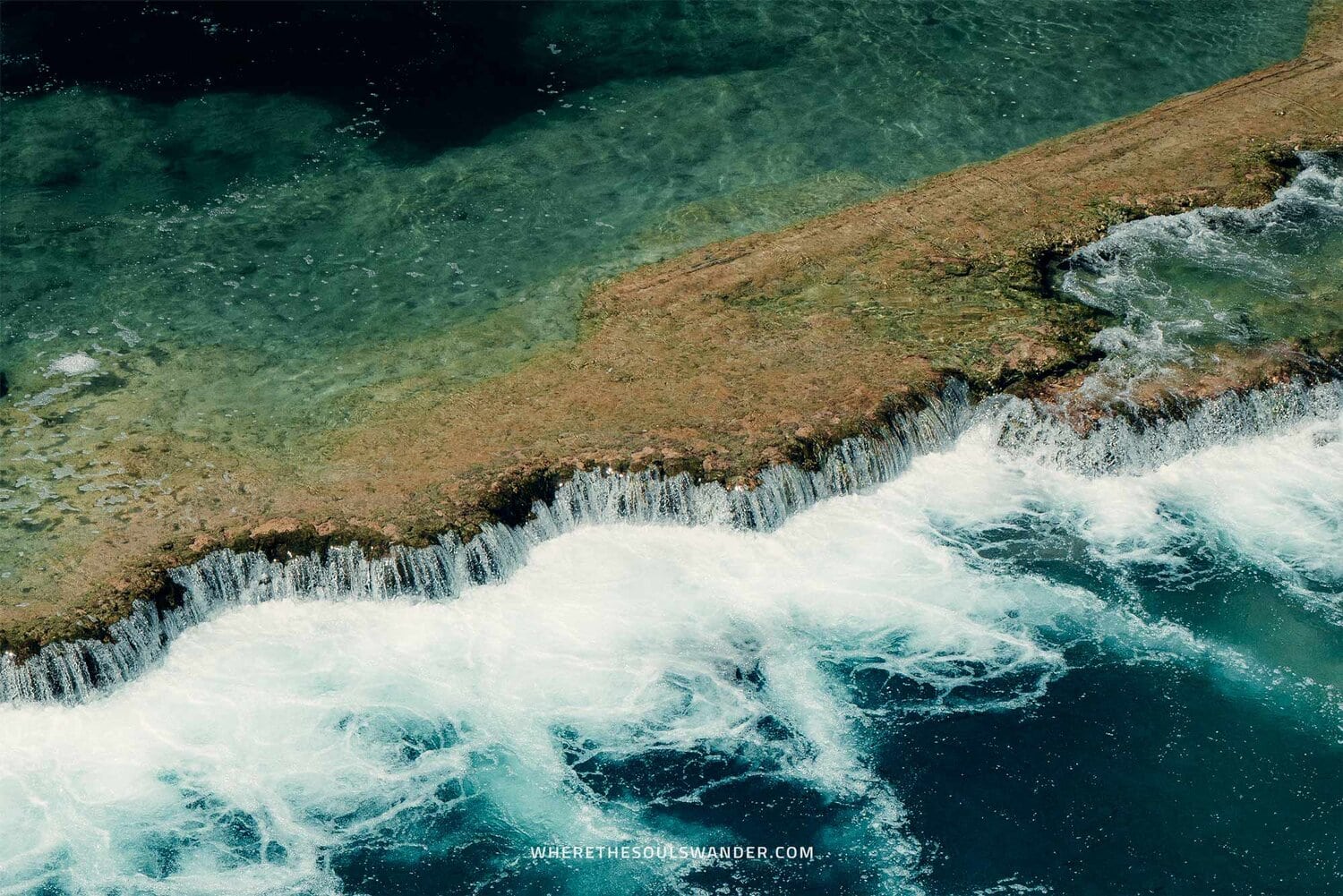
A brief introduction of Krka National Park
Proclaimed as a national park in 1985 due to its stunning natural features, Krka National Park has become one of Croatia’s best-visited national parks ever since, with nearly 1 million annual visitors.
Situated along the Krka River, the park covers nearly 109 square kilometres, where you’ll find 7 impressive waterfalls, several scenic lakes, medieval fortresses, and plenty of adventurous hiking trails. Also, Krka is known for being the first-ever hydroelectric power station in Europe.
On top of that, Krka is home to several distinctive ecosystems, which provide the perfect conditions for rich and interesting biodiversity in flora and fauna, among which are more than 850 types of plants, over 200 species of birds, as well as 18 species of fish and bats.
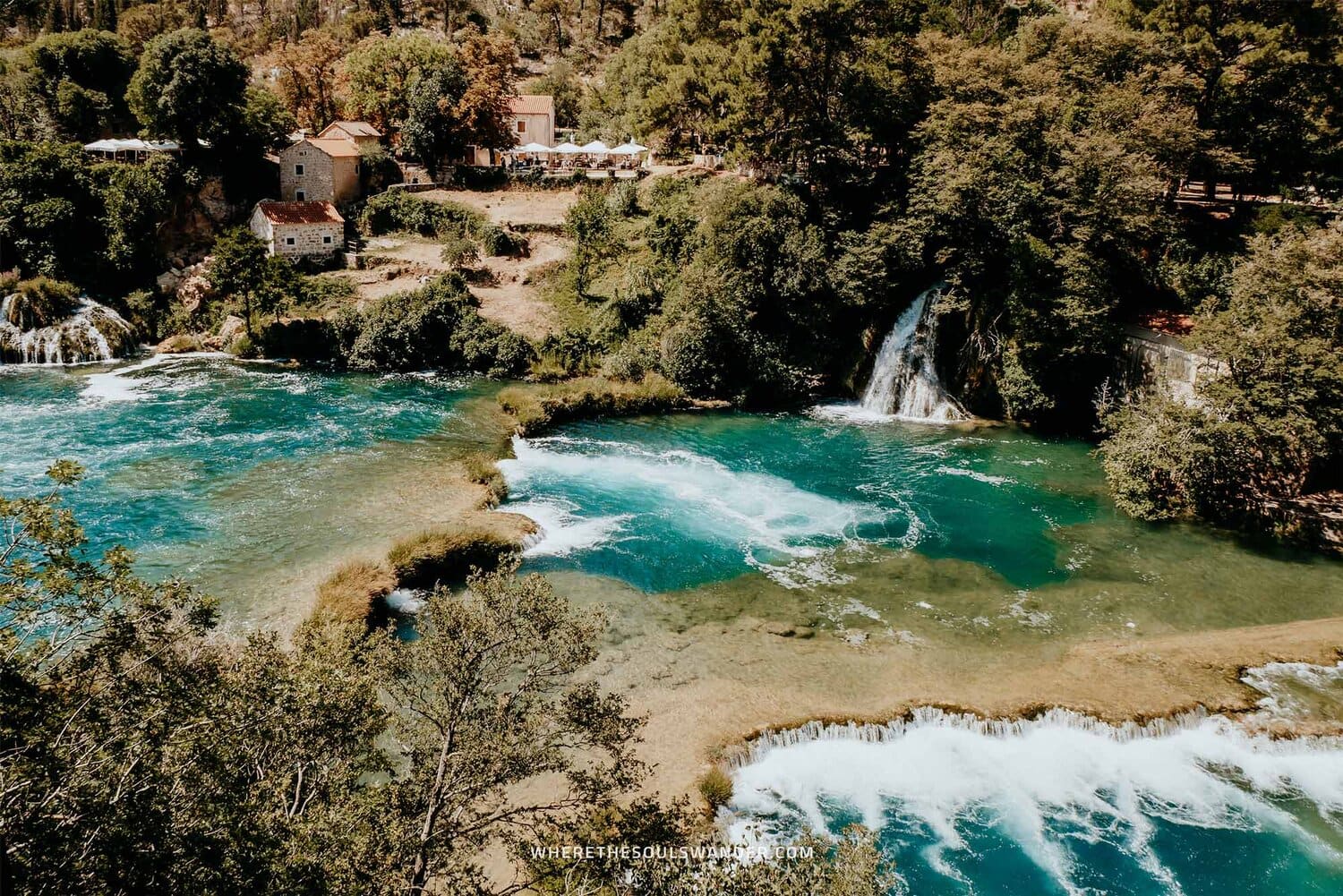
Krka National Park Entrance Fee 2024
At the moment of writing, the entrance fee to Krka National Park depends on two key factors; the time of year, and whether you travel solo or as part of a larger group.
During the high season, a solo adult ticket will cost 300 HRK (€40,-), while a child ticket comes at just 115 HRK (€15,-) per person.
In winter, the entrance fee gets as low as 52 HRK (€7,-) per person.
- Krka National Park Entrance Fee: 300 HRK (€40,-)
- Solely Roski Slap Waterfall: 150 HRK (€20,-)
Tickets can be bought at all five entrances, but it’s most common to do so at the Lozovac and Skradin entrances, especially if you’re heading for Skradinski Buk.
Additionally, you can also buy your tickets online at the official Krka website.
For those looking to visit as part of a guided tour, the Krka National Park entrance fee is often already included in the price. However, to avoid extra costs, make sure you read the tour description thoroughly.
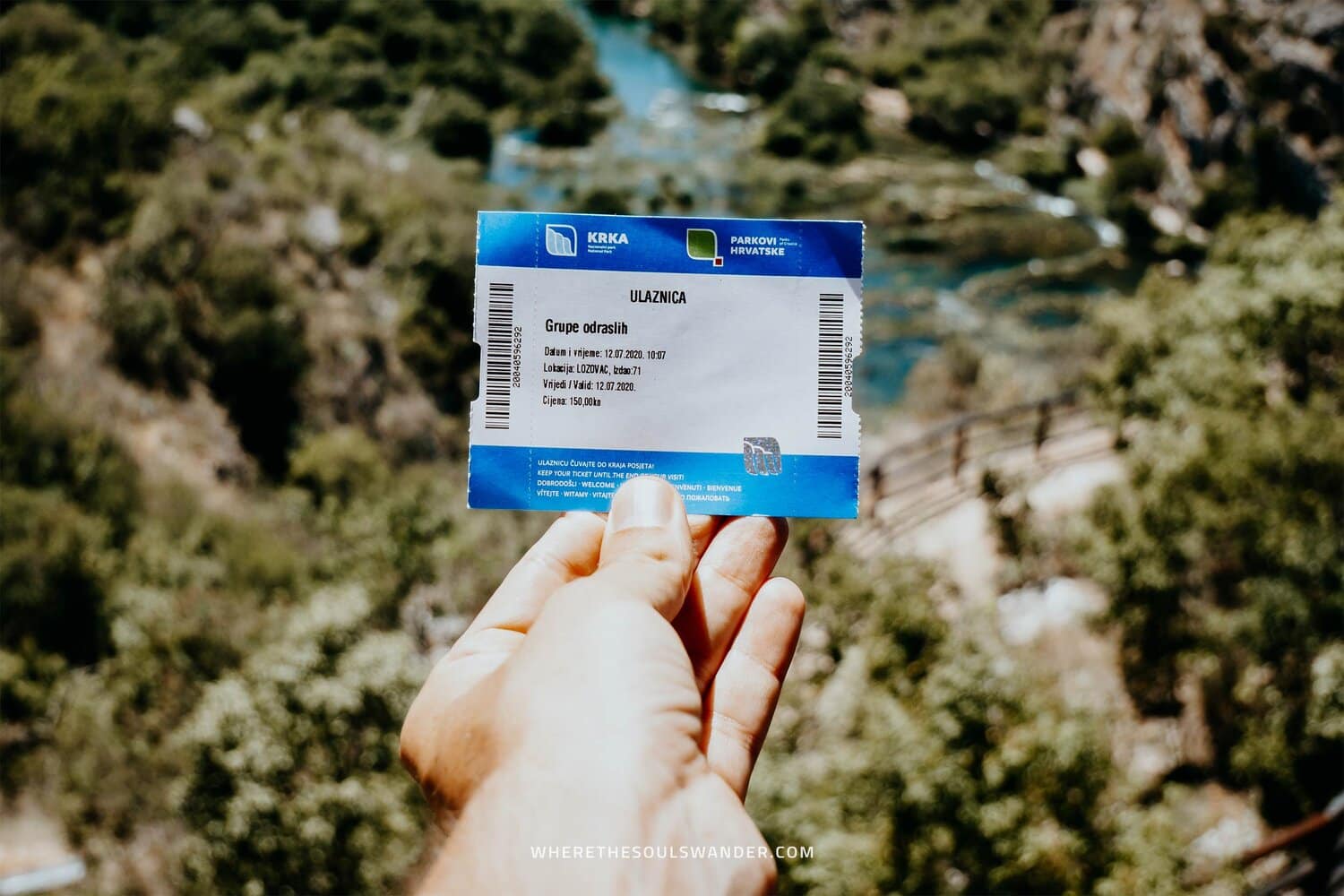
Things to see at Krka National park
Krka National Park is home to several impressive waterfalls and for the best experience, I’d advise spending at least a full day here to take it all in.
That said, these are the absolute highlights of Krka National Park:
Skradisnki Buk Waterfall
Often referred to as the Krka waterfall, Skradinski Buk is without question the most popular stop for anyone travelling to Krka National Park.
Situated just a short walk from both the Skradin and Lozovac entrances, the Skradinski Buk is an extensive waterfall series with 17 cascades scattered over a total length of 800 metres.
At the base of the final, and most impressive waterfall is a large natural pool, which I’m pretty sure you’ve seen loads of times while scrolling through your Instagram feed.
Though it was first possible to take a refreshing dive here, the park decided it is no longer allowed since the beginning of 2021.
As the main attraction of Krka, I highly advise making Skradinski Buk your first stop in the park. Not only does the number of visitors increase significantly throughout the day, but it’s also way easier to photograph in the gentle morning light.
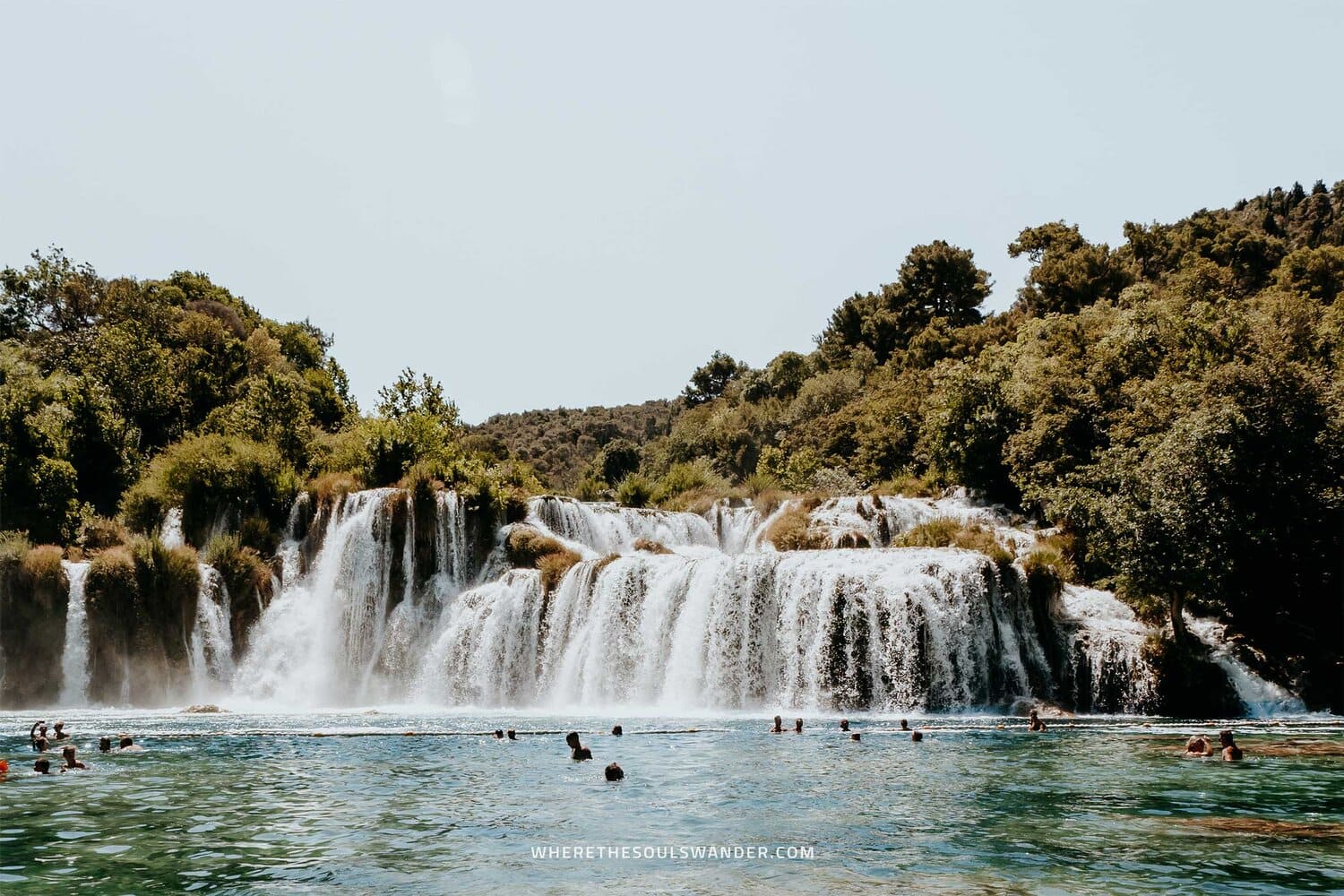
Visovac Island
Without question, my favourite place in Krka National Park is at the viewpoint next to the monument of Croatian King Petar Svacic, as it provides the most stunning views of Visovac Island and its lush surroundings.
Nestled in the heart of Visovac Lake is the incredibly scenic Visovac Island, a tiny island that is home to a Franciscan monastery that dates back as far as 1445.
Although I believe that Visovac Island is best seen from the viewpoint, it is also possible to visit by joining a boat excursion from Skradinski Buk.
The Franciscan monastery itself is open to visitors and houses an interesting archaeological collection, as well as one of three rare illustrated copies of Aesop’s fables.
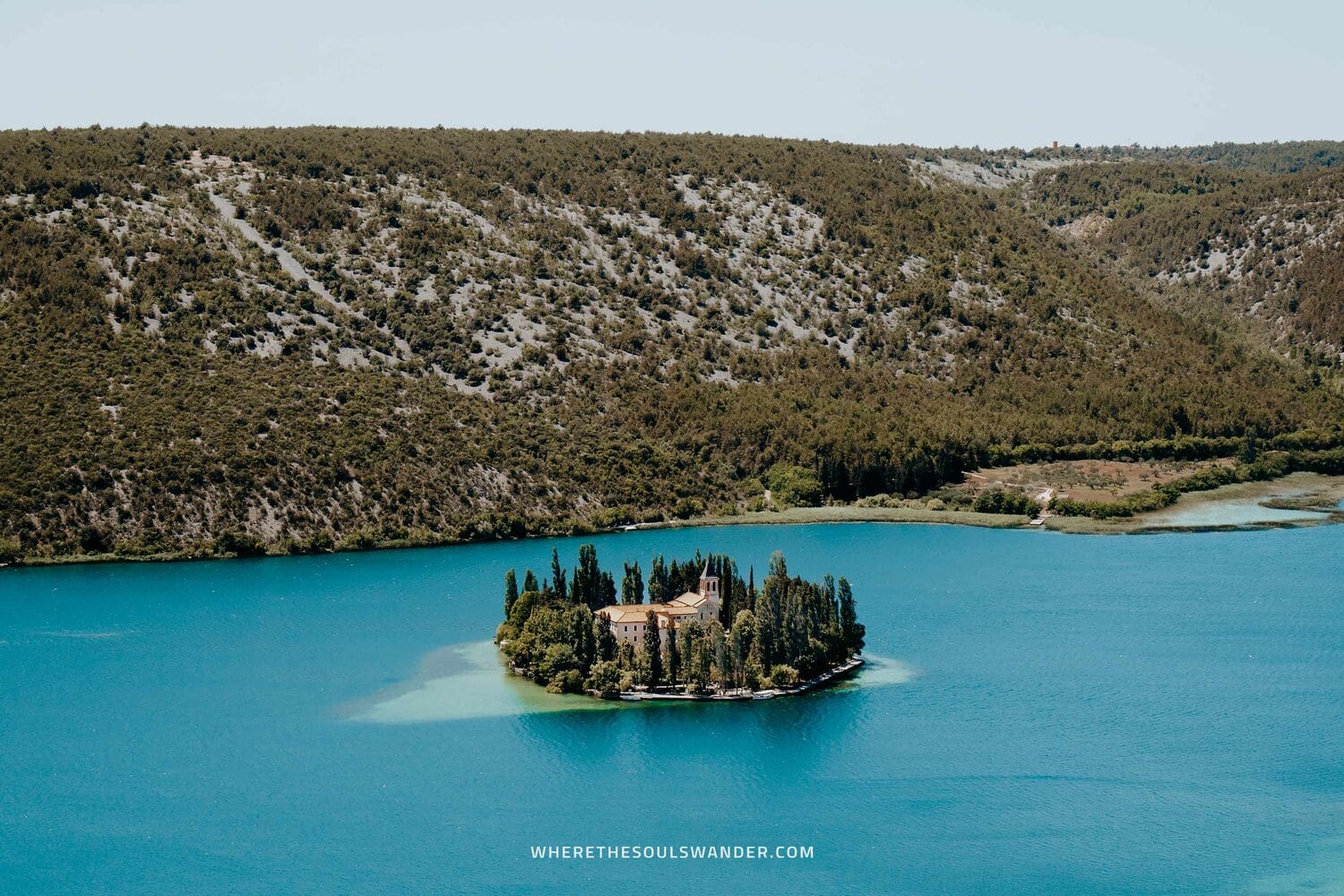
Roski Slap
Despite that its appearance looks rather disappointing at first glance, Roski Slap is actually quite an awesome point of interest, especially if you look beyond its main waterfall.
At Roski Slap, the Krka River runs through a 450-metre-wide gorge, where the river flows via loads of smaller cascades and dense vegetation before gushing into the scenic Visovac Lake.
Ogrlice – Krka’s necklace, as the locals like to name it, is home to an easy hiking route, while the shore at the 15-metre high main waterfall provides the perfect spot for swimming and relaxing.
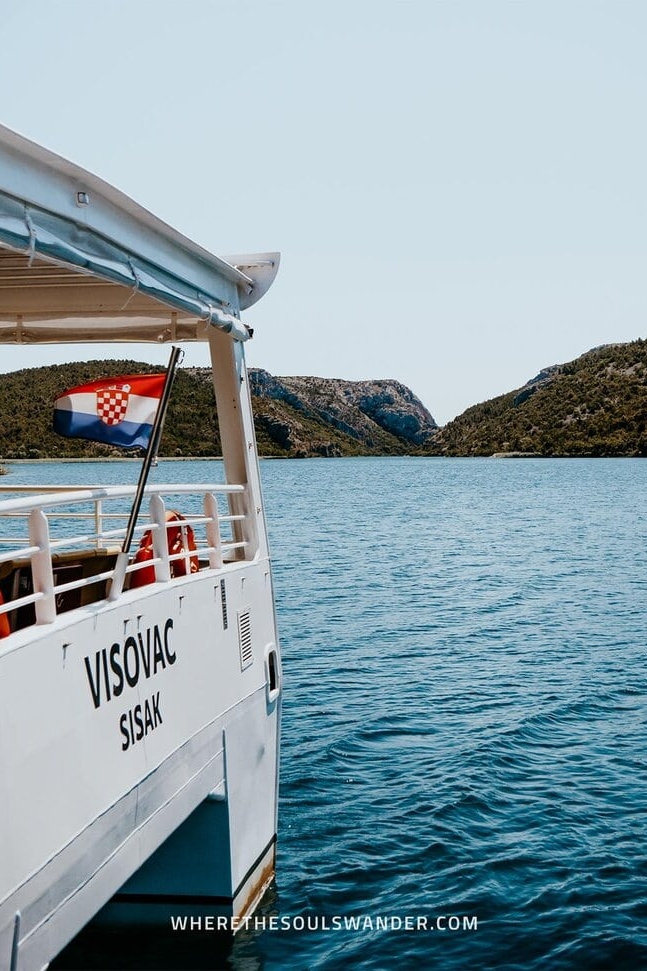
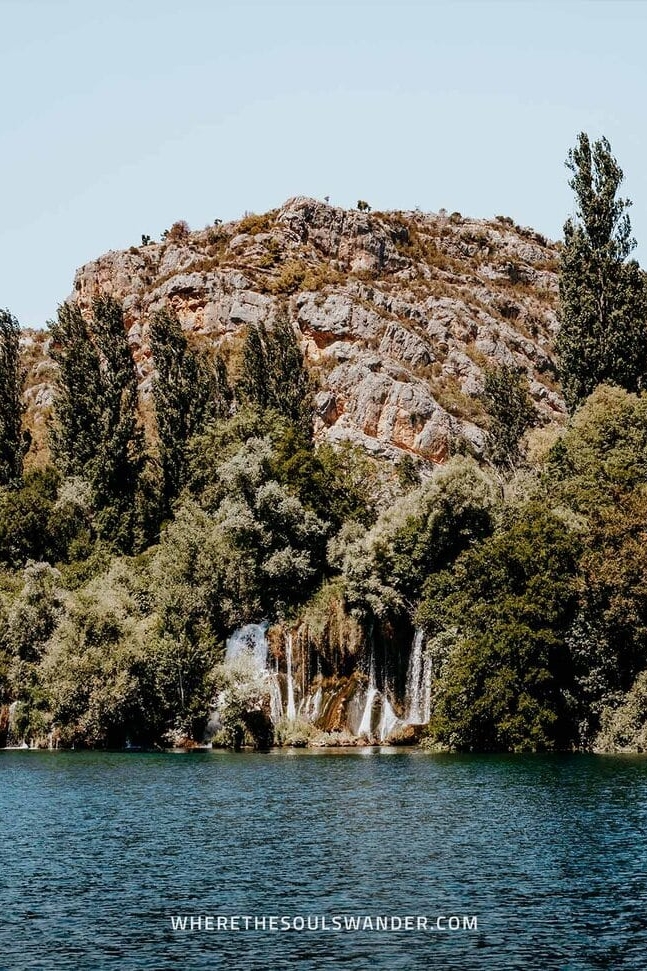
Ozidana Pecina Cave Viewpoint
To truly admire the beauty of Roski Slap, climb to the viewpoint of the Ozidana Pecina Cave, as its amazing views display both the magnificence and complexity of this series of cascades.
It isn’t until you see it from above that you realize why Roski Slap was given the name ‘Krka’s Necklace’.
The Ozidana Pecina Cave itself is a 59-metre deep tunnel-shaped cave, where you see many traces of Neolithic human settlements, including the remains of ceramic dishes, stone artefacts and human bones.
Although it’s possible to enter the cave, I believe you won’t miss anything special if you decide to skip it.
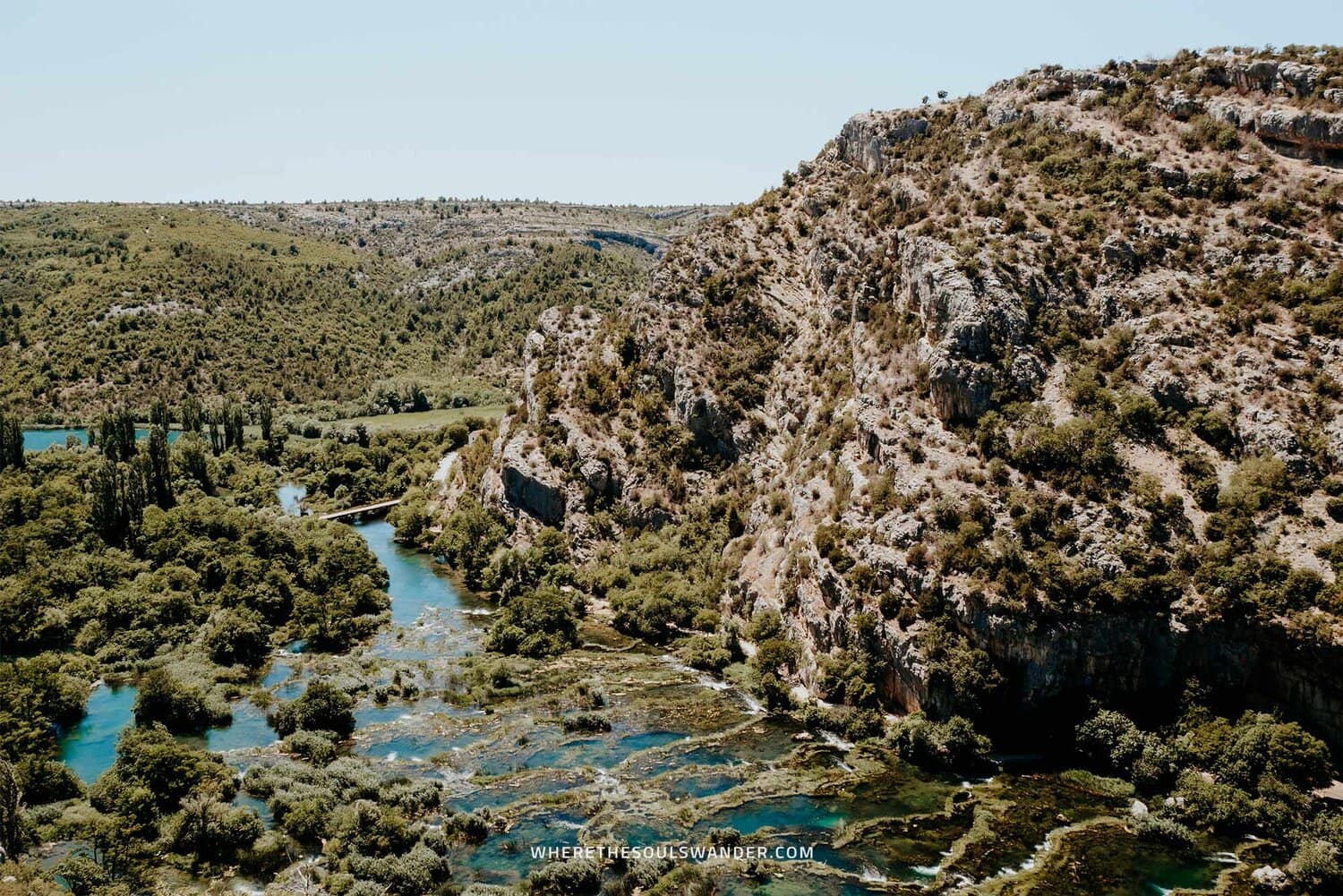
How to explore Krka National Park | Solo or with a tour
Without question, the best way to explore Krka National Park is by renting a car and driving through the park.
Not only are the park’s best waterfalls quite far apart from each other, but you also have the flexibility to move throughout the park at your own pace.
However, if you’re not planning to rent a car, joining a guided tour is a great alternative option. Not only is it one of the most popular ways to explore Krka National Park, but also surprisingly convenient.
Given Krka National Park is one of the absolute highlights of Croatia, there’s no shortage of tour operators offering plenty of excellent tours from Split, Trogir and Zadar.
Most of these tours take in the park’s highlights, including the famous Skradinski Buk waterfall, Roski Slap and Visovac Island. Plus, you also have some free time within the park.
If you’re keen on joining a guided tour, it is worth noting that it’s smart to book your preferred tour in advance, especially during the high season.
My Krka National Park tour recommendations
For those keen to book a guided tour of Krka National Park upfront, make sure you have a look at the options listed down below.
One thing worth mentioning is that the recommended tours do not include the Krka entrance fee.
+ Full-day Krka NP & Sibenik Tour From Split or Trogir | I visited Krka National Park as part of this excellent full-day tour from Split and had a wonderful time exploring the incredible waterfalls, without having to stress about an itinerary or transportation. Throw in the fact that you also have a short stop in Sibenik, and you’ll understand why this tour has earned a rating of 4.7 stars.
Krka Waterfalls Day Tour From Split | This full-day guided tour of Krka National Park from Split includes transportation, an English-speaking guide and a boat ride – plus it allows you to have some free time in the park.
Krka National Park Day + Primosten Tour From Split | Explore the stunningly beautiful Krka National Park by joining this full-day guided tour from Split. It also includes a boat ride, some free time within the park and a stop in Primosten. For those who haven’t yet booked their entrance tickets, it is possible to add on a skip-the-line ticket too.
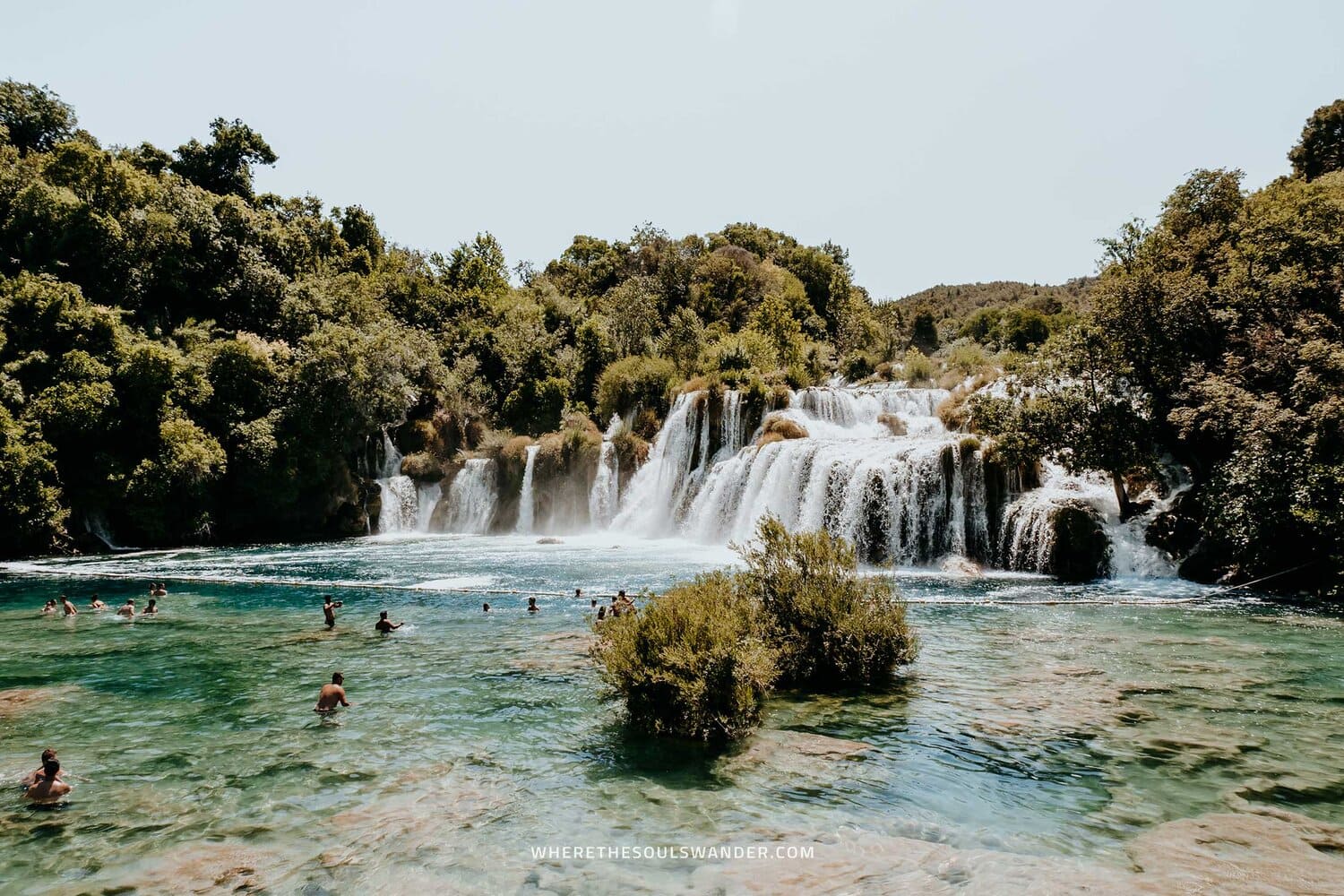
Krka National Park | The essentials
The best time of year to visit Krka National Park
Croatia, like most countries in the south of Europe, is most popular during summertime.
As a result, Krka National Park is teeming with both foreign and local tourists during the peak summer months of July and August.
However, if you opt for a trip during the off-season months of May, June, September and October, the park will be far less crowded – which makes exploration significantly more fun.
Additionally, the park is extremely beautiful during the winter months, when layers of snow often transform the park into a winter wonderland.
The best time of day to visit Krka National Park
During summertime, the Krka National Park is open daily from 08:00 till 20:00. However, to avoid long queues, there’s a maximum number of visitors that are allowed in the park at once.
For that reason, the best time to explore the Krka National Park is right after the doors open, especially if you’re visiting between May and September.
For those visiting in the off-season months of October to April, it is good to note that the park opens one hour later. For up-to-date opening hours, see the official Krka National Park website.
How to get to Krka National Park
By car | As with most highlights in Croatia, the best way to visit Krka National Park is by car.
Not only is it easier to reach the various waterfalls dotted throughout the park, but it also grants more freedom to visit at your own pace.
If you’re keen to rent a car in Croatia, Rentalcars.com is easily your safest bet, as they offer additional insurance, a wide range of cars to choose from, as well as excellent overall service.
While all five entrances provide free parking facilities, I highly advise parking at the Lozovac entrance, where you’ll find most of the available parking spaces.
Join a guided tour | Another easy way to get to Krka National Park is by joining a guided tour, as many tour operators offer excellent options from Split, Trogir and Zadar.
Most Krka National Park tours involve stops at the park’s absolute highlights, including Skradinski Buk, Roski Slap, and Visovac Island, as well as a visit to the coastal town of Sibenik.
I visited Krka National Park as part of this guided tour, and had a wonderful time, without having to stress about any itinerary or transportation.
It is worth mentioning that the Krka National Park is one of the best-visited tourist attractions in Croatia, meaning if you’re keen to join a tour, it’s better to book the one you prefer in advance.
By bus | If joining a guided tour or renting a car isn’t for you, it’s also possible to catch a bus in the direction of Skradin, a small town where you’ll find Krka’s popular main entrance.
If you’re looking to visit Krka by bus, I noticed that Flixbus was the most reliable. Not only does Flixbus provide comfortable, airconditioned busses, but they also run to Skradin from the major cities in Croatia, including Split, Zadar, Trogir, Dubrovnik and Zagreb.
For up-to-date information, availability and online tickets, visit the official Flixbus website.
Safety in Croatia | Travel insurance
While Croatia is completely safe for travellers, I always aim to enter a foreign country with my travel insurance sorted out, and I highly advise anyone else to do the same.
Where I prefer to assume that everything runs smoothly during my travels, the reality is often that something can go wrong at any given moment – when that happens, it is better to be safe than sorry.
Heymondo | Whether you’re going on a 3-week backpacking trip, or planning a long stay somewhere abroad, Heymondo has excellent insurance options either way – plus full COVID-19 coverage and a handy app with 24-hour medical assistance. Readers of WTSW receive 5% off any insurance policy, more information here.
Cheers!
I’ve been on this travel blogging journey since 2019.
If you appreciate what I do here, these are some ways you can support me.

Plan your Croatia itinerary with these essential guides
My 2-week Croatia itinerary | Uncover the best of Croatia
Ready to explore the absolute best of Croatia? I’ve got you covered! My in-depth Croatia itinerary includes the best things to see and do, awesome day trips, as well as advice on accommodation, money and transport.
It was a rare, but sunny summer day in the Netherlands when one of my long-cherished dreams spontaneously became reality; a road trip along Croatia’s incredibly picturesque coastline.
From the moment I arrived in Croatia, I felt that this road trip would exceed all of my expectations.
From the picture-perfect fortified city of Dubrovnik to the incredible beaches that are dotted along the coastline of Hvar Island, to the sheer natural beauty of both Krka and Plitvice National Park, to the many attractive medieval towns perched by the Adriatic – Croatia truly is amazing of its own accord.
Having now travelled through Croatia for two weeks, uncovering what I believe to be Croatia’s absolute highlights, it is more than righteous to say that my intuition was bang on.
Croatia was everything I dreamed of, and more.
So, I’ve put together my in-depth Croatia itinerary, including my day-to-day overview – plus all the travel essentials to help you make the most of your time in Croatia.
Here’s my itinerary to uncover the absolute best of Croatia in two weeks.
If you choose to use any of the links on this page, I receive a small commission at no extra cost to you. By using these links, you’ll have a direct impact on WTSW and support me to continue to create free insightful travel content for you. If you find any of my tips useful, you can support me by buying a virtual coffee here.
Where is Croatia
Croatia, officially the Republic of Croatia is situated on the crossroads of Central and Southeast Europe and is encircled by the brilliant company of other fascinating European countries, including Slovenia, Hungary, Serbia, Bosnia and Herzegovina and Montenegro.
Given its position next to the attractive Adriatic Sea, Croatia is considered one of the best beach destinations in the Mediterranean, if not the whole of Europe.
Accommodations | Where to stay in Croatia
Croatia is up there with the best travel destinations in Europe, and I firmly believe that it’s still rising to take a shot at the title.
During my road trip, I stumbled upon a wide array of accommodation options, suiting pretty much every budget and travel preference – think budget-friendly hostels, comfy Airbnbs, and luxury hotels near the beach.
So whether you’re travelling on a tight budget, or looking to find a bit of extra comfort, accommodation in Croatia is simply brilliant.
Those travelling on a budget could find options for as cheap as €50,- per night, while those keen to spend a little extra have plenty of options within the €50 – €200 range.
As a solo traveller, my favourite website for finding accommodation in Croatia is booking.com.
I’ve also shared the accommodations I visited in Croatia, which I listed at the end of every destination within this itinerary.
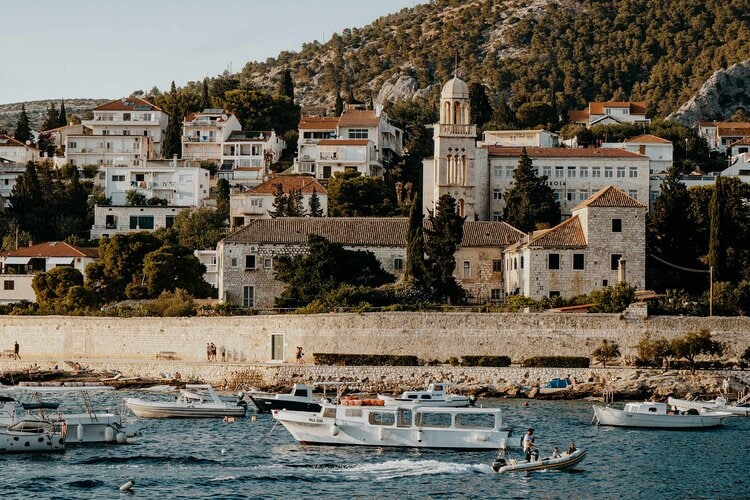
My 2-week Croatia itinerary | Day to day overview
Day 1 – 3 | Split
The first point of interest on this Croatia itinerary is the vibrant coastal city of Split, where you most likely arrive by plane via the Resnik International Airport.
If you ask me, Split makes for the perfect destination to kick off this itinerary.
Nestled on the picturesque Dalmatian coast, this vibrant coastal town has no shortage of excellent things to see and do, while it’s also a great place to get a feel for Croatian culture and its local life.
For those two reasons, I’d recommend spending at least three days here. This allows you to get your bearings – plus take in Split’s rich and captivating history.
SPLIT | MY HIGHLIGHTS
Diocletian’s Palace | Right at the heart of Split Old Town lies Diocletian’s Palace, an extraordinary palace that is among the most captivating Roman structures in the world. For the best experience, I advise walking the palace first thing in the morning, when the picturesque alleyways around the Peristyle are still ‘relatively’ empty. For those looking to join a guided tour, this 2-hour walking tour of Diocletian’s Palace takes you along all the important structures.
FIG Split | If you’re anything like me, and enjoy creative cuisine, make sure you head over to FIG, a contemporary restaurant that serves the most delicious food. Located in the vibrant streets of Split Old Town, this restaurant is an absolute must-visit. One thing I highly recommend you to try is their incredibly tasty Chimichurri Potatoes.
Klis Fortress | Although the Klis Fortress is located somewhat remote, I sincerely think that this stronghold is worthy of a visit, especially if you’re keen to learn more about the area’s rich and intriguing history. One thing worth noting is that the ancient fortress doubles as the slave city of Meereen in HBO’s blockbuster series Game of Thrones.
Where | Split
Where to stay in Split | I stayed at Ciri Biri Bela and had an excellent time here. Additionally, I would recommend Grgur Ninski Rooms.
Related | Check out my Split guide for inspiration, travel advice and all the essentials.
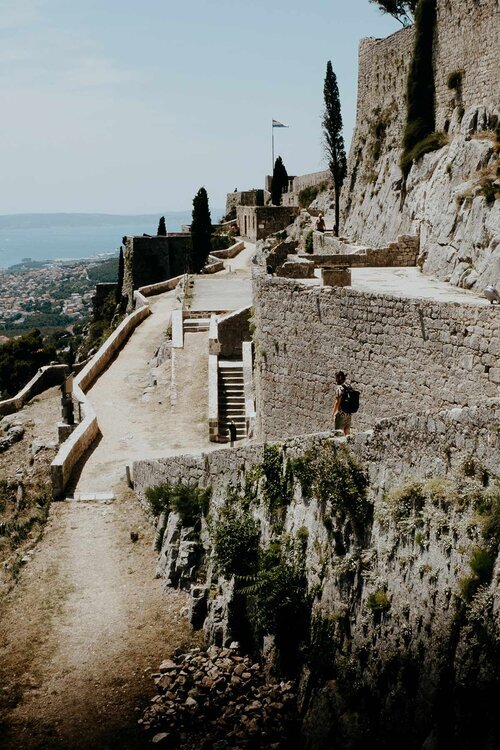
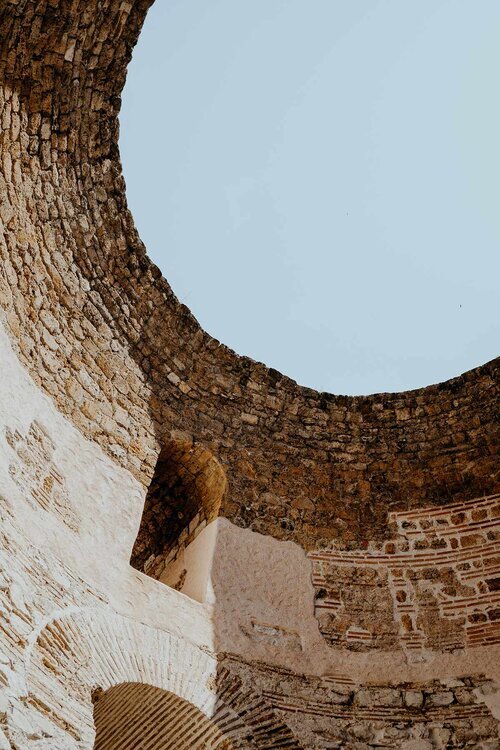
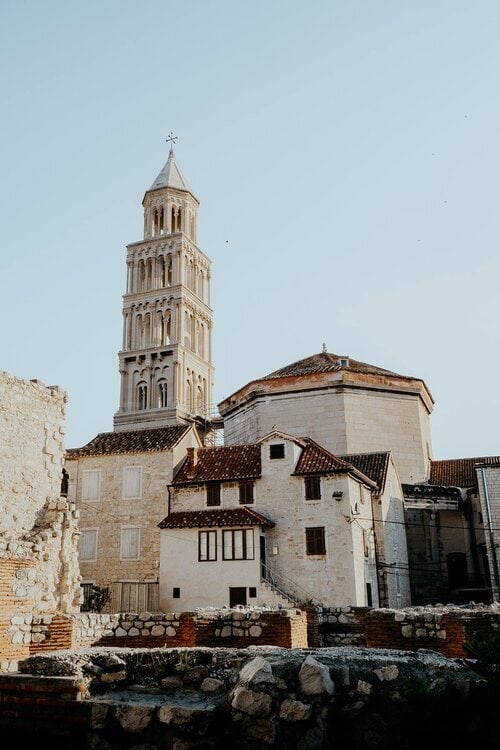
Daytrip | Krka National Park
Croatia is home to some of the most impressive national parks in Europe, and one that I believe should be on any Croatia itinerary is the exceptional Krka National Park.
Named after the eponymous Krka River, the stunningly beautiful Krka National Park is an unaltered nature reserve that is defined by gushing waterfalls, picturesque lakes, and loads of rippling rapids and rivers.
The natural beauty of the park is simply breathtaking; Roški slap, Visovac Island, and the viewpoint at the Oziđana pećina cave, just to mention a few.
With its convenient location at only 1 hour north-west of Split, the Krka National Park is easily, and best visited in the form of a day trip – this can be done by car or as part of an organized tour.
I took part in this full-day Krka National Park + Sibenik tour and had the most wonderful time.
Where | Krka National Park
Opening hours | Daily 08:00 – 20:00 during high season, more information here.
Cost | Entrance fee single 300 HRK (€40,-) per person
Recommended tour | This full-day Krka National Park tour takes you along the best waterfalls, plus a visit to the historical city of Sibenik.
Related | Check out my Krka National Park guide for inspiration and travel tips.
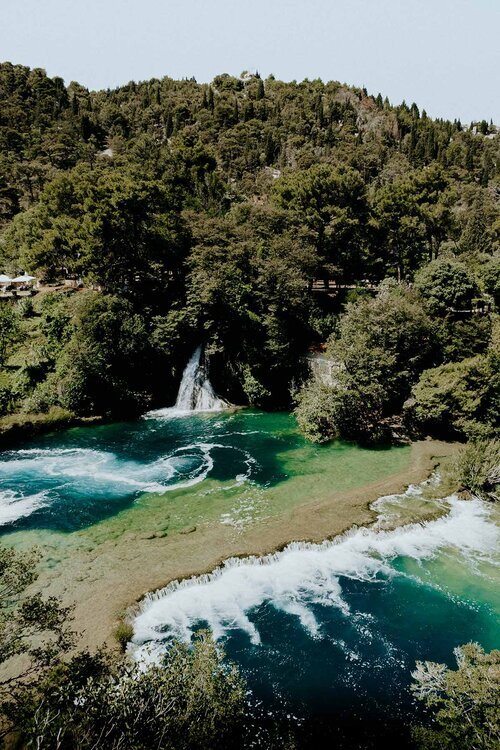
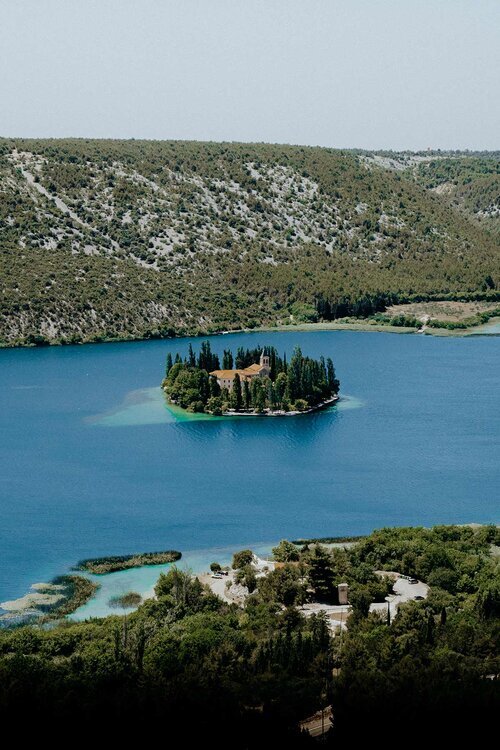
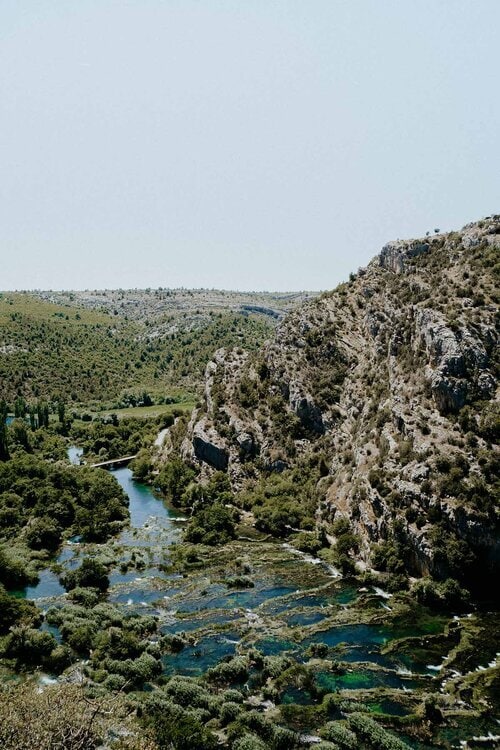
Day 4 – 6 | Zadar
After discovering Split and its surrounds, it’s time to head further west to Zadar, a laidback coastal town that wasn’t initially included in my Croatia itinerary.
But that’s what I love most about travelling, it gives you the freedom to go with the flow – and that’s exactly what I did.
And to me, Zadar was a welcoming surprise.
Not only is it the perfect base from which to explore the ‘must-see’ Plitvice National Park, but it’s also a town that knows how to impress travellers of its own accord.
The old town showcases the rich influences of ancient Roman civilization and has a lot of interesting things to see and do – while on the other hand, you’ll have the option to take it easy in one of the many trendy bars and restaurants.
Zadar Old Town provides its visitors with an authentic Balkan summer experience, and is the perfect place to chill out for a few days – so I advise spending at least two full days to take it all in.
ZADAR | MY HIGHLIGHTS
Zadar Sea Organ | Perched on the edge of the Riva is the Zadar Sea Organ, an architectural sound art object, that is without a doubt my favourite point of interest in Zadar. The innovative art installation follows the flow of the Adriatic and creates random, yet calming sounds via the 35 organ pipes that lay beneath the marble steps of the Riva. You have to hear it to believe it.
The Roman Forum | As mentioned above, Zadar was once part of the prosperous Roman empire, and as a result, it is teeming with beautiful architecture, with the Roman Forum at the heart of it all. Situated at the epicentre of Zadar Old Town, the Roman Forum is literally and figuratively unmissable, and that’s a good thing.
Bazen Kolovare | For those after a day of relaxing, make sure you visit Bazen Kolovare, a large natural swimming pool that is the perfect cure during the sizzling summer days. If you’re considering visiting, remember to bring your swimsuit, a good book and some suncream.
Where | Zadar
Where to stay in Zadar | I stayed at Boutique Hostel Forum and Apartments & Rooms Mareta, and both exceeded my expectations.
Related | Check out my Zadar guide for inspiration, travel advice and all the essentials.
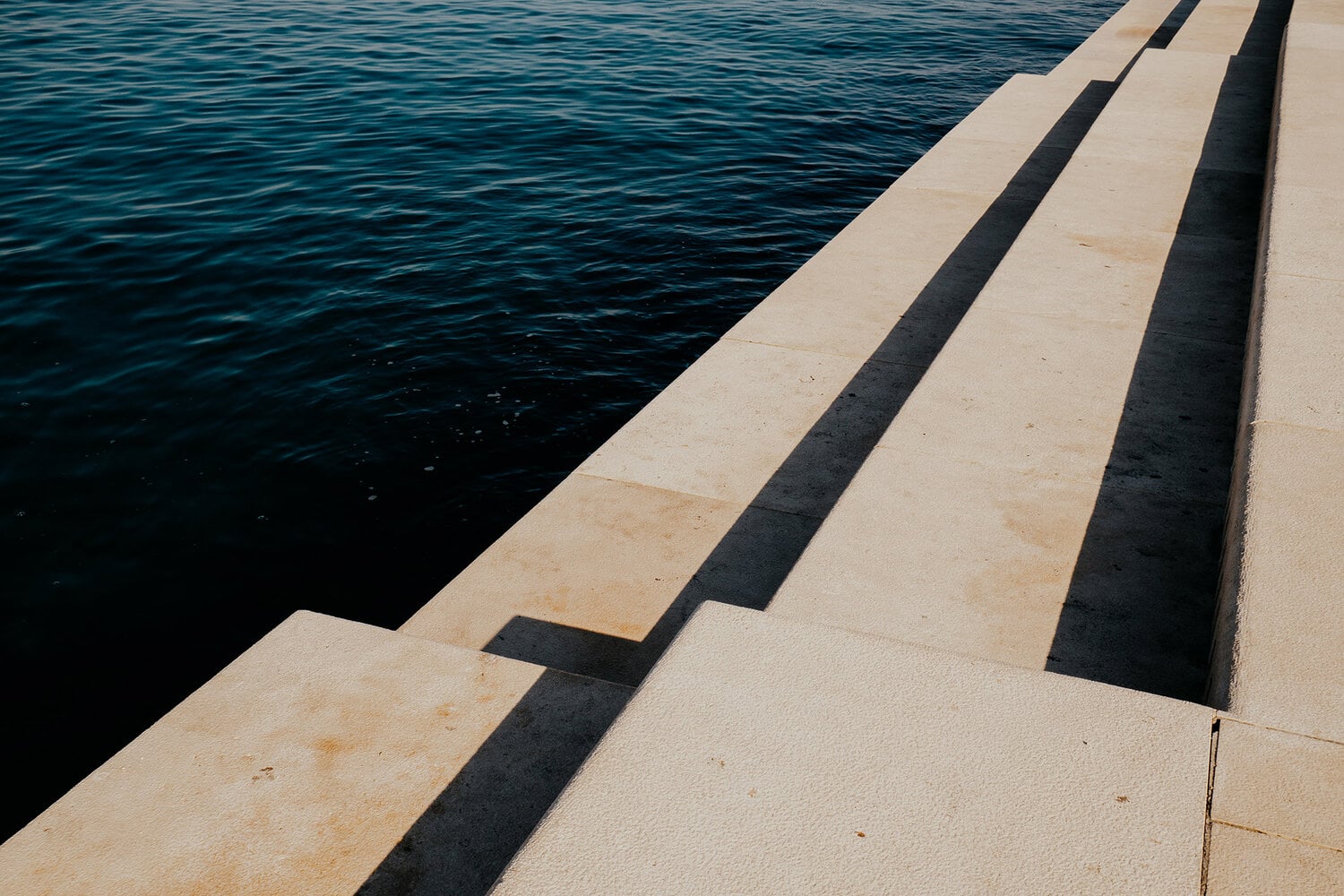
Day trip | Plitvice National Park
Plitvice National Park is, without question, one of the definite highlights of this two-week Croatia itinerary.
Just north of Zadar, and perfectly explored as part of a day trip lies the Plitvice National Park, an extensive forest reserve that truly is a spectacle to behold.
The UNESCO-listed National Park is marked by an exceptional mix of idyllic waterfalls, large interconnected lakes, and lush greenery all around.
That said, the extensive Plitvice National Park is divided into two sections – the Upper Lakes (Gornja Jezera) and the Lower Lakes (Donja Jezera), both equally beautiful and worthy of a visit.
Also, there is no shortage of adventurous walking trails, which makes it perfect for those after an active day in Croatia’s untouched nature.
Though you’ve probably seen it pass by on your Instagram feed over a thousand times, I’m here to say that it is even more beautiful up close and personal.
Where | Plitvice National Park
Opening hours | Daily 07:00 – 20:00 during the high season, more information here.
Cost | Entrance fee 300 HRK (€39,70) per person
Recommended tour | This full-day Plitvice National Park tour from Zadar uncovers all the highlights of the unique Plitvice National Park.
Related | Check out my Plitvice National Park guide (coming soon) for more inspiration and advice on how to visit responsibly.
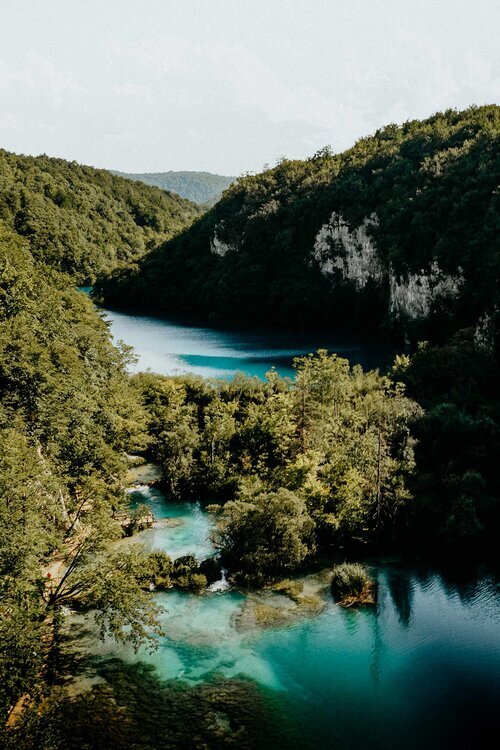
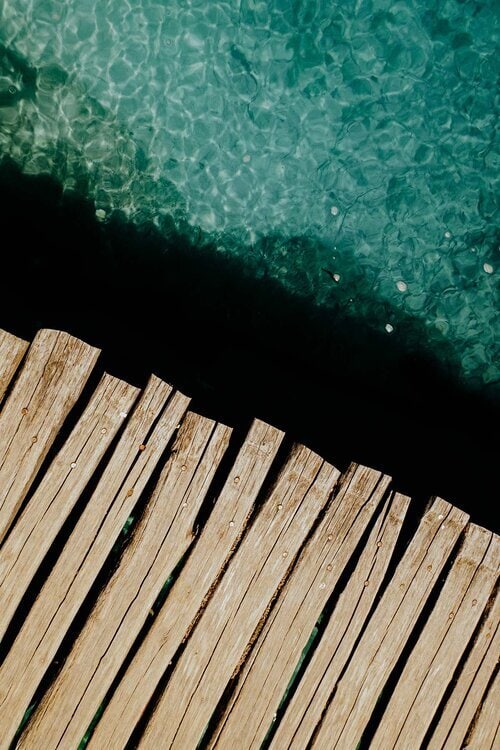
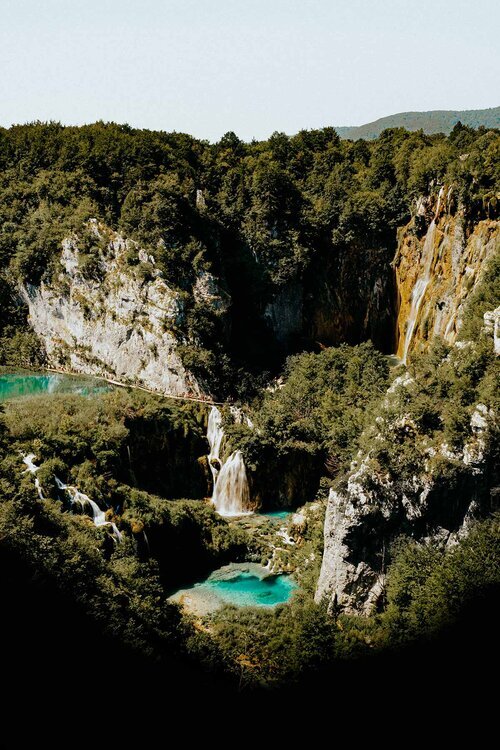
Day 7 – 10 | Hvar
Following a pleasant few days in Zadar, and an awesome day trip to the Plitvice National Park, the time has come to head for the next stop on this Croatia itinerary, the enchanting island of Hvar.
And as soon as I’d set foot on Hvar, the postcard-perfect island captured me with its charm.
Situated amid the Adriatic, off Croatia’s Dalmatian coast, lies the island of Hvar, a paradisiac island that is among the most popular destinations in Croatia, if not the most popular.
Like most places in Croatia, the old town is beautiful as ever – think intriguing Venetian architecture, narrow cobblestone streets, and well-preserved ancient fortresses.
Also, Hvar is home to some of the most idyllic beaches in the whole of Croatia. Add the mouth-watering Dalmatian cuisine, and Hvar turns into the island you’ve always dreamed of.
Be warned though, the laidback island life is pretty damn tempting, inviting you to spend all your time here. Look, it’s not a punishment – not at all, but there’s more of the good stuff waiting for you in the remainder of this itinerary.
For that reason, I recommend spending three to four days on Hvar. By doing so, you have all the time to explore the island, while there’s also enough time for sunbathing and swimming.
HVAR | MY HIGHLIGHTS
Hvar’s stunning beaches | Woohoo, the beach is part of your daily routine when on Hvar Island, and that’s an absolutely good thing if you ask me! With no shortage of picture-perfect beaches, Hvar is easily one of the best beach destinations on this Croatia itinerary, making it perfect for lazy days full of sunbathing and swimming. If you’re looking to uncover the best beaches of Hvar, make sure you check out my in-depth Hvar guide.
Hvar Fortress | Settled high above Hvar Town is the Hvar Fortress, a former stronghold that provides the most dazzling views of Hvar’s harbour and the stunning Pakleni Islands in the distance. The rustic fortress dates back as far as the 13th century, and a visit gives you an understanding of its eventful history. I’d highly recommend visiting just before sunset, especially if you’re into photography.
Franciscan Monastery | The ancient Franciscan Monastery is in my opinion the most iconic point of interest in Hvar. Luckily for you, this impressive monastery is easily admired on a relaxing morning walk on its adjacent promenade. For those into history, the monastery doubles as a museum, so make sure to have a look inside, it is worth it.
Where | Hvar
Where to stay in Hvar Town | I stayed at Villa San Marco and White Rabbit Hostel.
Related | Check out my Hvar guide for inspiration, travel advice and all the essentials.
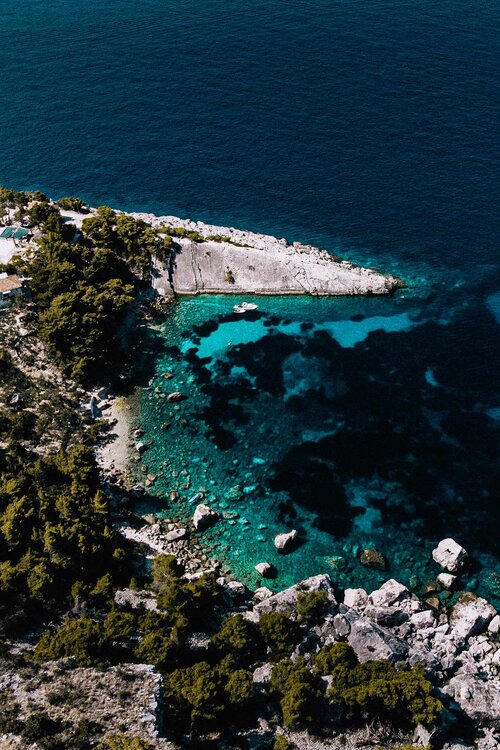
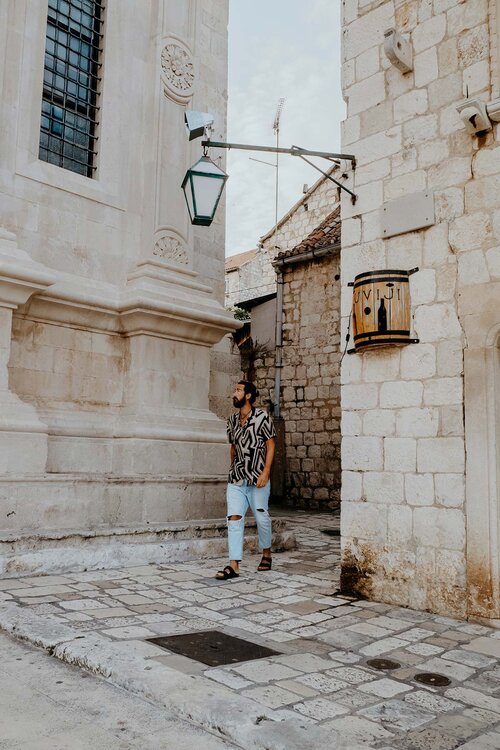
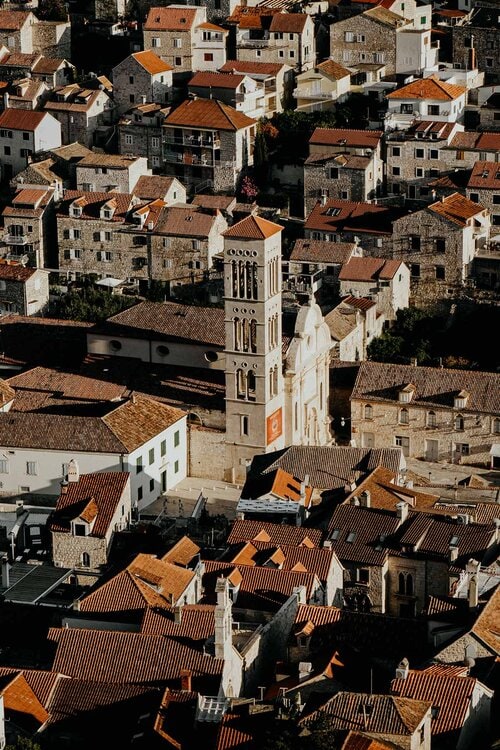
Day 11 – 12 | Korcula
After uncovering just about every square inch of Hvar, it is time to grab a ferry to the next destination on this itinerary; the island of Korcula, a scenic island that is all about local life and its traditions.
Even though Korcula is fairly compact, the eponymous old town isn’t inferior to other destinations included in this itinerary. It is in fact, one of the most authentic places that I visited during my two weeks in Croatia.
The historic old town is encircled by towering fortifications and is defined by charming little laneways, ornate time-worn buildings and a well-balanced mix of ‘real’ local eateries and bars.
It is, therefore, no wonder that Korcula is recognised as one of the best-preserved medieval towns in the Mediterranean, and believe me, it’s more than deserved.
It’s a town where life slows down a tad, and to me, that was as a welcome surprise after several days of exploring and creating.
For the best experience, I advise spending at least one day in Korcula, allowing you to get a feel for the town and the magical ambience that prevails here.
KORCULA | MY HIGHLIGHTS
The Marco Polo House | One of the undisputed highlights on a visit to Korcula is the house of Marco Polo. Although we’ll never know for sure, local legend has it that famous world traveller Marco Polo was born in Korcula. Whether you believe it or not, the time-worn house is quite appealing, and therefore worthy of a visit.
St. Mark’s Cathedral | Situated in the heart of Korcula Old Town is the impressive St. Mark’s Cathedral, a towering church that is marked by locally obtained limestone, intriguing details, and an ornate Gothic-Renaissance style. For those looking to see Korcula from above, make sure you visit the bell tower, which is considered the highest point of the old town.
Where | Korcula
Where to stay in Korcula | I stayed at White House Apartments and B&B Ghetto.
Related | Check out my Korcula guide for inspiration, travel advice and all the essentials.
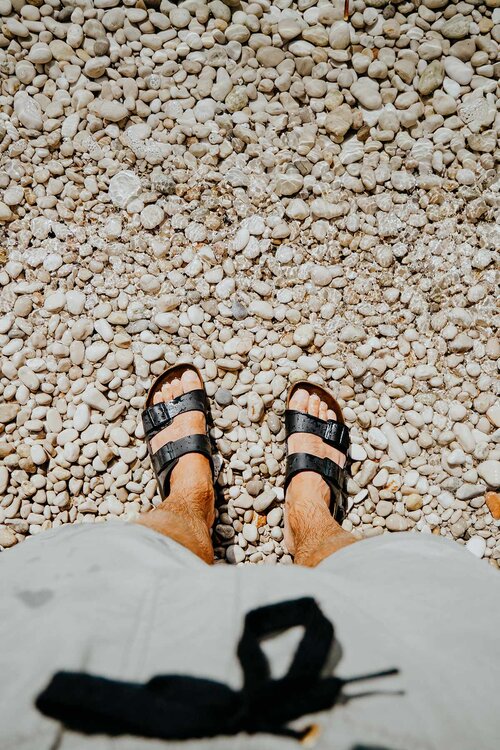
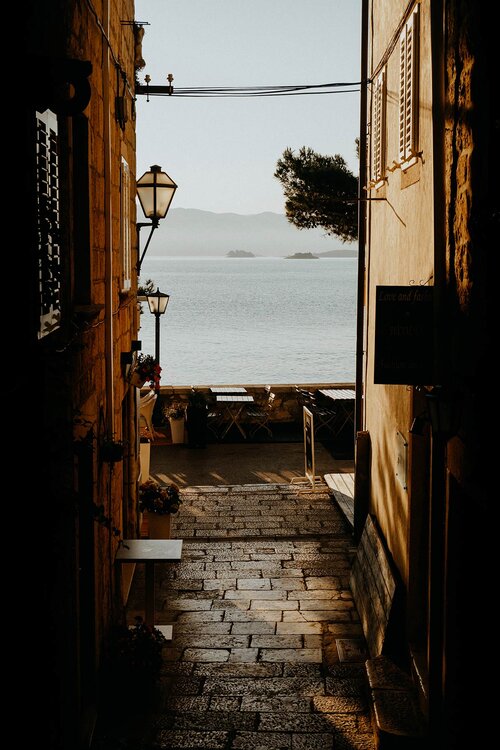
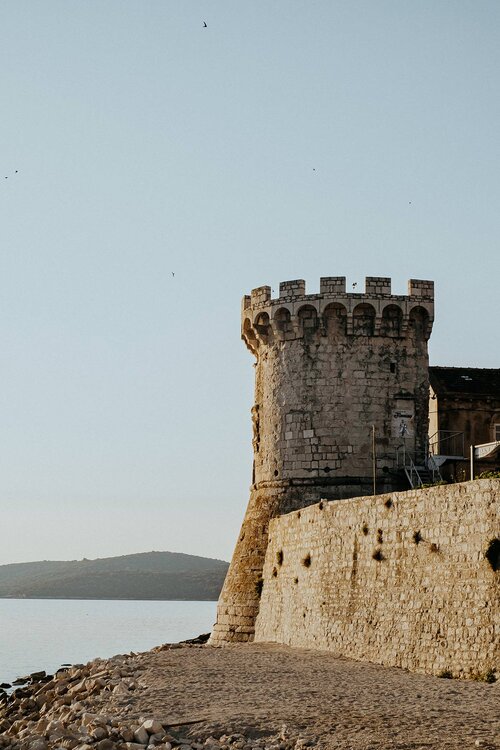
Day 12 – 14 | Dubrovnik
I often hear the saying, save the best for last, and this is clearly also the case with this itinerary.
That brings us to Dubrovnik, one of the places that I’ve dreamed of visiting, long before I planned this spontaneous road trip within Croatia.
The picture-perfect fortified city next to the turquoise waters of the Adriatic – internationally known as Kings Landing in HBO’s blockbuster series Game of Thrones, is without question the most appealing old town I’ve ever set foot in.
But it’s not just a pleasure for the eye – the medieval town is a vibe on its own.
To tick off the best things to see and do, and appreciate Dubrovnik fully, I believe you should stay at least two days here – you might even want to stay longer than planned – yes, it’s that awesome.
As with all destinations on this itinerary, Dubrovnik is best explored at a slower pace. If you somehow wish to squeeze it in a shorter visit, make sure you check out my Dubrovnik guide.
DUBROVNIK | MY HIGHLIGHTS
Dubrovnik City Walls | I believe it’s right to say that a visit to Dubrovnik isn’t complete without a walk atop of the town’s intriguing city walls. The two-hour walk provides the most fascinating vistas of Dubrovnik’s scenic time-worn buildings, with the shimmering Adriatic as its backdrop.
Mount Srd | Talking about views, another great point of call is Mount Srd, an extraordinary vantage point that rises high above Dubrovnik. From the summit, you’ll be welcomed by striking views of Dubrovnik’s iconic terracotta roofs, as well as Lokrum Island in the distance. All in all, Mount Srd makes the ideal place to watch a stunning Croatian sunset unfold.
Walk the old town | Any trip to Dubrovnik should obviously involve at least one full day to behold the ornate historical buildings that are dotted throughout the old-fashioned streets of the old town. However, as one of Croatia’s most visited destinations, it is wise to wake up early for this one, especially during the peak summer months. For those looking to join a guided tour, this 1.5-hour walking tour of Dubrovnik Old Town includes the most important structures.
Where | Dubrovnik
Where to stay in Dubrovnik | I stayed at Hostel Angelina Old Town and Guesthouse Rustico, and had a wonderful time.
Related | Check out my Dubrovnik guide for inspiration, travel advice and all the essentials.
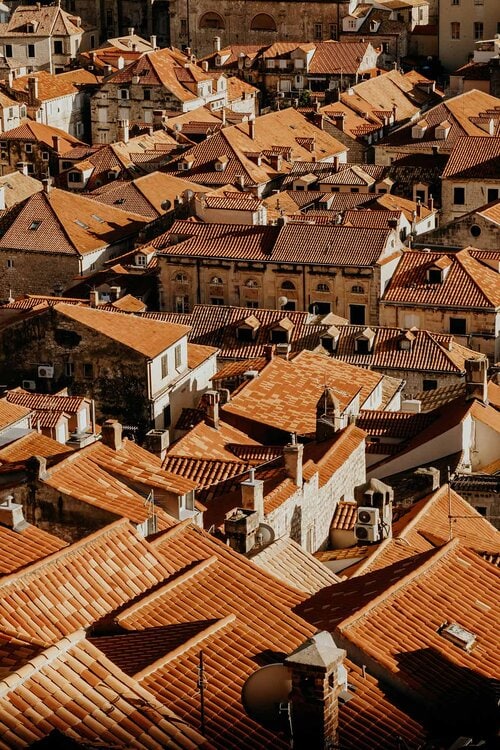
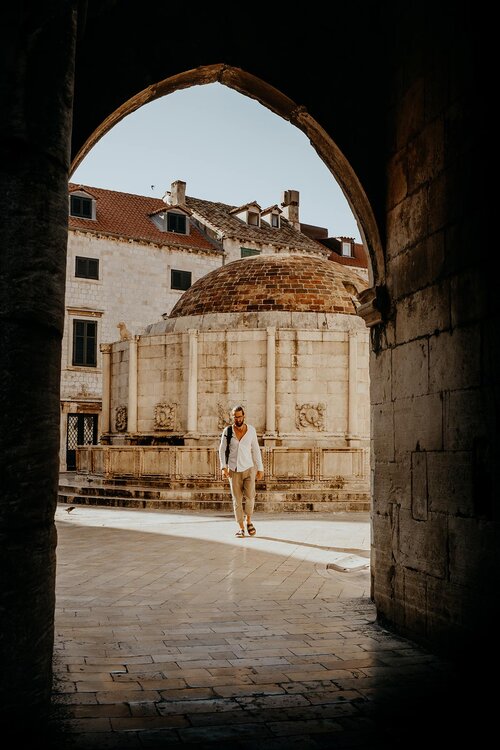
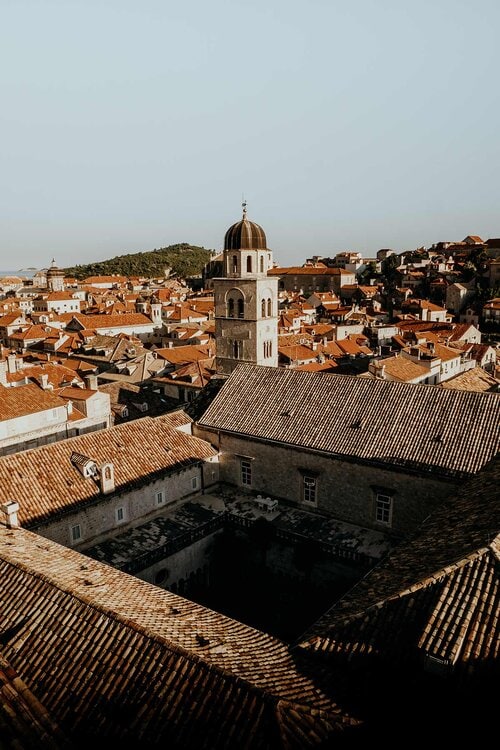
Day 15 | Time to leave Croatia
It’s a wrap! After roughly 2 weeks in Croatia, exploring what I believe to be the country’s most stunning places, this itinerary sadly has to come to an end.
From here, the possibilities are endless, so the next step is entirely up to you.
But whether you’re heading home, or continuing to travel the rest of Europe as part of a massive road trip, I’m pretty sure that you’ll leave Croatia with a bunch of awesome, new memories.
I personally opted to leave Croatia via plane from the Resnik Airport in Split – this is one of the cheapest options for travellers from Europe.
One word of attention, if you decide to follow the above option, make sure you arrive in Split well before your flight, especially if you need to return your rental car.
Alternatively, and if spending extra money isn’t a problem, you also have the option to catch a flight from Dubrovnik Airport.
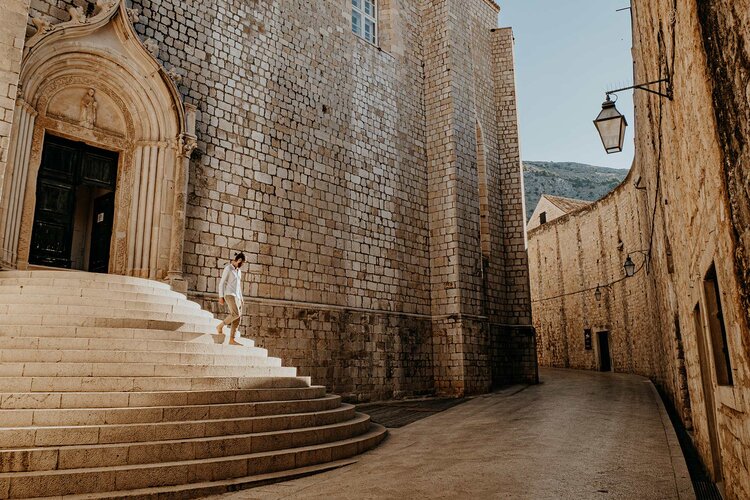
Weather in Croatia | The best time to visit Croatia
Croatia is situated in the Mediterranean and generally enjoys a warm and comfortable climate.
That said, the most popular time that travellers flock to Croatia is during the European summer months of June, July, August and September.
And while the weather is absolutely stunning during these peak summer months, I firmly believe that it’s better to plan your trip for the off-season months of April, May and October.
By doing so, you’ll have excellent weather for beach days and sightseeing adventures alike, while you also reap the benefits of the somewhat lower prices that come with travelling off-season.
I followed this Croatia road trip itinerary in June, and I couldn’t wish for better circumstances to discover the beauty that this incredible country holds.
Transport | How to get around Croatia
This road trip itinerary wouldn’t be complete without informing you about the ins and outs in terms of transport options in Croatia.
Croatia is pretty compact in size, and therefore easy to navigate by rental or public transport.
By car | If you’re keen to explore Croatia more freely, I believe that renting a car is the better deal here.
Not only does it provide the flexibility to travel at your own pace, but it’s also slightly comfier, and significantly easier planning day trips.
For car rental in Croatia, I highly recommend Rentalcars.com. They offer brilliant service, additional insurance options, and a wide array of cars, all at an affordable rate. Prices and availability here.
By bus | For those not comfortable with driving a car, that’s all right – Croatia is home to great public transport options.
My favourite of these options is Flixbus, a company that is excellent in terms of comfort and punctuality, not to mention that it operates between all the major cities in Croatia, including Zadar, Split and Dubrovnik.
One small hint though, make sure you book your tickets in advance online.
For information on availability, departures and additional information, visit the Flixbus website.
By ferry | If you’re planning to set foot on some of the astonishingly beautiful islands of Croatia (I bet you will), it is essential to know the basics as concerns transport with Croatia’s ferries.
There are two ferry companies that service the islands, Krilo for foot passengers, and Jadrolinija for car and foot passengers alike.
Both ferries are affordable, comfortable, and punctual – plus they operate frequently during the day.
Just make sure you book your tickets in advance, especially during the peak summer months – this can be done online or at the ticket booth in the harbours.
Safety in Croatia | Travel insurance
While Croatia is completely safe for travellers, I always aim to enter a foreign country with my travel insurance sorted out, and I highly advise anyone else to do the same.
Where we prefer to assume that everything runs smoothly during our travels, the reality is often that something can go wrong at any given moment – when that happens, it is better to be safe than sorry.
For travel insurance, I always use Heymondo, as they offer excellent medical, baggage and electronic equipment coverage as well as a handy app with 24-hour medical assistance.
Make sure you take a look here – readers of WTSW receive 5% off any insurance policy.
Cheers!
I’ve been on this travel blogging journey since 2019.
If you appreciate what I do here, these are some ways you can support me.

Plan your Croatia itinerary with these essential guides
8 Wonderful things to do in Zadar, Croatia
Though Zadar wasn’t included in my Croatia itinerary at first, I’m pleased that I eventually decided to extend my trip, which allowed me to visit this laidback coastal town as well.
Situated on the extensive shoreline next to the calming Adriatic lies Zadar, a small town that is characterized by its welcoming atmosphere, rich history, and lively contemporary daily life.
The time-worn streets of the old town have no shortage of fascinating things to see and do – think ancient Roman ruins, innovative art installations, as well as trendy restaurants and bars.
The best part though, Zadar Old Town is the perfect size to discover in just a few days, while it also makes a great base to uncover the nearby Plitvice National Park on an exhilarating day trip.
Though Zadar is often overshadowed by the grandeur of Split and Dubrovnik, I believe that Zadar is a town in its own right, clearly worthy of your visit.
So here’s my take on the best things to do in Zadar – plus travel essentials and tips on where to stay, how to get there, as well as an insight on a unique, local summer hotspot.
If you choose to use any of the links on this page, I receive a small commission at no extra cost to you. By using these links, you’ll have a direct impact on WTSW and support me to continue to create free insightful travel content for you. If you find any of my tips useful, you can support me by buying a virtual coffee here.
Where to stay in Zadar
Zadar is perfectly situated next to the Adriatic, as well as appealing to those interested in culture, making it a favourite destination among tourists and backpackers alike.
I recommend staying in Zadar old town, where you can find a huge selection of accommodations, including family-run guesthouses, Airbnb’s, budget-friendly hostels, as well as luxurious hotels for those looking for a bit of extra comfort.
Apartments & Rooms Mareta | Encircled by all the best things to see and do in Zadar, Apartments & Rooms Mareta offers a comfy luxurious apartment, without breaking the bank. On top of that, it is spacious and well-designed, as well as equipped with a kitchen, air conditioning and a seating area with a flat-screen.
Scallop Regent Rooms | Situated in the heart of Zadar Old Town, just a short walk from the action, Scallop Regent provides spacious rooms, air conditioning and a pleasant private bathroom, all at an excellent quality-price ratio. Perfect for those looking for some extra comfort.
Boutique Hostel Forum | This is where I stayed during my time in Zadar, and it was an excellent experience, at only €17 a night. Boutique Hostel Forum has comfortable and spacious shared rooms, and a large common area, and is without a doubt one of the best hostels I ever spent the night. Additionally, it is located next to Zadar’s charming Roman Forum.
Alternatively, use booking.com to find accommodations in Zadar, Croatia.
8 Wonderful things to do in Zadar, Croatia
1. Admire a stunning Zadar sunset at the sea organ
Perched on the northwestern edge of the charming Zadar Riva is the Zadar Sea Organ, an architectural sound art object, that is easily one of the most interesting things to see in Zadar.
Designed in 2005 by Croatian architect Nikola Bašić, the Morske Orgulje – the sea organ’s Croatian name – follows the intuitive flow of nature, creating random, yet calming sounds.
And believe me, there’s just something magical and captivating about the calming vibrations that are created by the waves of the Adriatic and the 35 organ pipes that lay beneath the marble steps of the Zadar Riva.
Throw in the fact that famous British film director Alfred Hitchcock once said that ‘’Zadar has the most beautiful sunset in the world’’, and the Zadar Sea Organ turns into an absolute must-visit.
It is therefore little wonder that this extraordinary art object is considerably popular among travellers and locals alike.
So do as I did, and grab some gelato at Bob Rocks ice cream, and secure yourself a quiet spot to sit and watch the world go by.
Additionally, you can also see the adjacent Greetings of the Sun, an art installation that uses light to symbolize communication with nature.
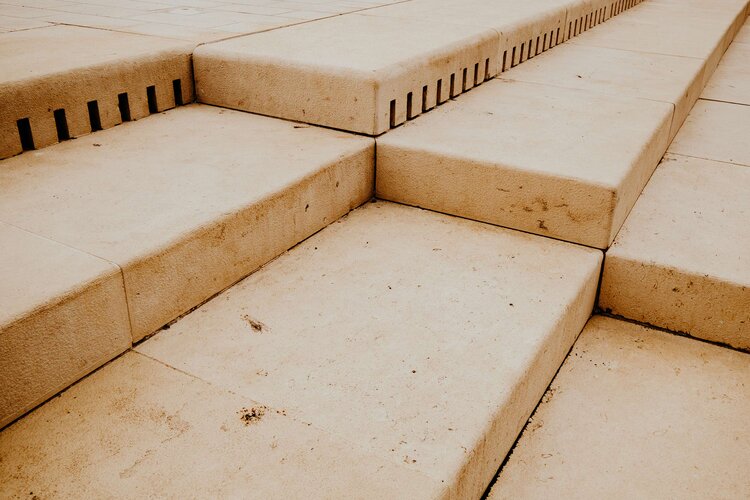
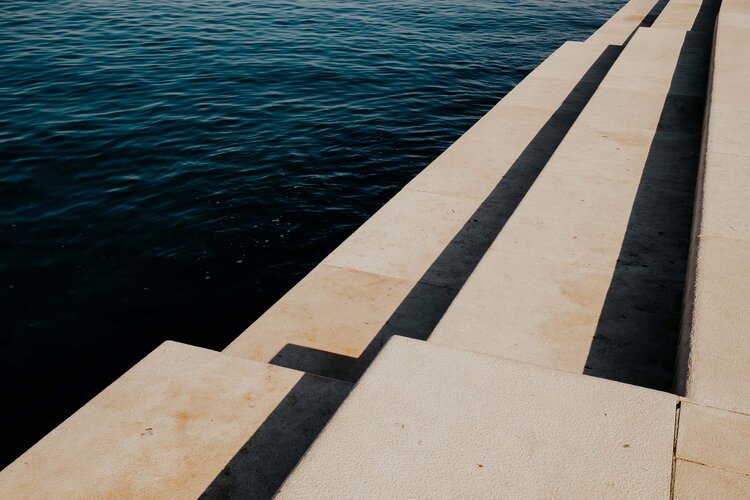
2. Walk the incredible Roman Forum
Though you most likely already know, the delicate architecture is one of the key ingredients for the splendour that defines Zadar Old Town, with the imposing ruins of the Roman Forum at the heart of it all.
Situated in the epicentre of Zadar Old Town, the Roman Forum dominates the horizon, and walking around it feels as though you accidentally boarded a flight heading for Italy, yet this is far from the truth.
But is easy to see why, if you consider the fact that ancient Zadar was once part of the prosperous Roman empire that ruled in Zadar from 48BC till the end of the 5th century.
While this period in time is now long gone, the Roman forum reminds travellers and locals, that this was one of the most influential chapters in Zadar’s rich history.
Adjacent to the forum, you’ll notice the medieval St Donat church, a cylindrical-shaped church that was built on the remnants of a Roman construction at the beginning of the 9th century.
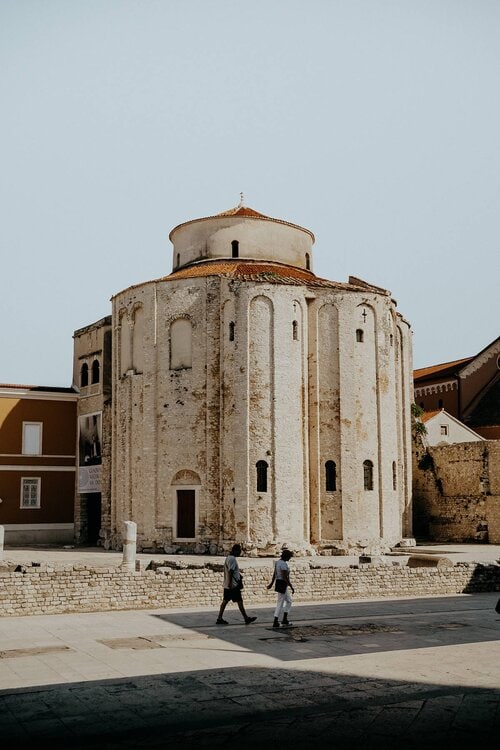
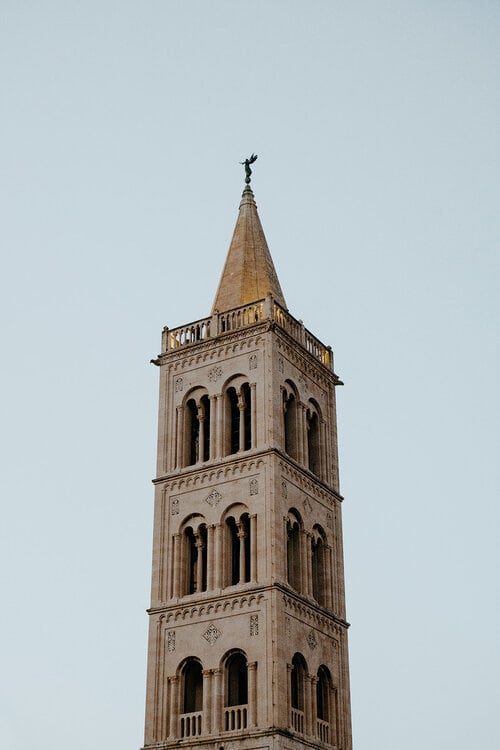
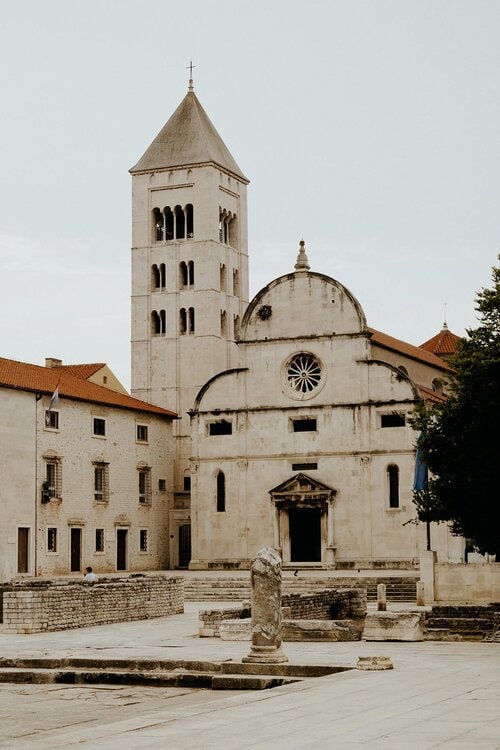
3. Go on a day trip to the Plitvice National Park
Situated roughly 1,5 hours away from Zadar is the incredibly beautiful Plitvice National Park, a vast natural phenomenon that is deemed to be one of the main reasons why travellers flock to Croatia.
Croatia’s best-known highlight is distinguished by a wide array of picturesque interconnected lakes, the most mesmerizing waterfalls, as well as plenty of calming streams and rapids, and walking among this sheer natural beauty is truly an otherworldly experience.
The UNESCO listed National Park is divided into two sections – the Upper lakes (Gornja Jezera) and the Lower Lakes (Donja Jezera) – both extremely impressive, and best visited in the early morning.
One word of warning though – book your tickets online and well ahead. By doing so you have guaranteed access to the park at the time of arrival, saving you a lot of unnecessary waiting time.
If you plan to visit Plitvice National Park as a day trip from Zadar, I highly recommend renting a car, so you’ll have all the freedom to visit on your own conditions. For car rental in Croatia, make sure to pick an option from the wide selection that is available at Rentalcars.com.
Ooh and just to make it clear, I think a visit to Croatia is incomplete without a visit to the famous lakes of Plitvice National Park.
Where | Plitvice National Park
Opening hours | Daily 07:00 – 20:00 during the high season, more information here
Cost | Entrance fee 300 HRK (€40,-) per person
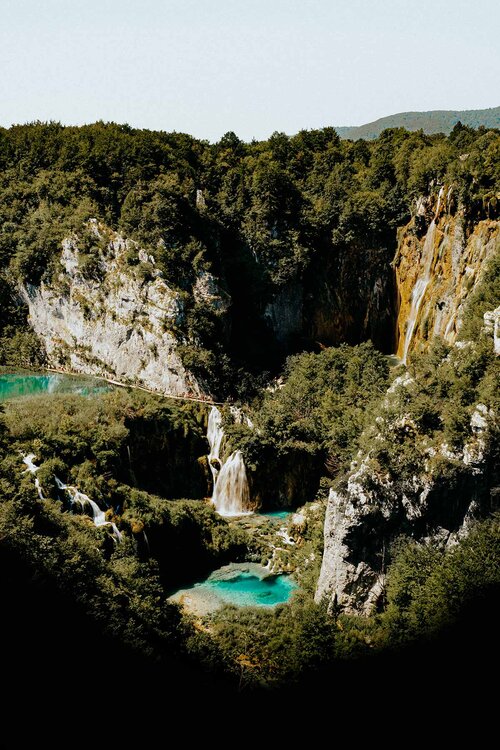
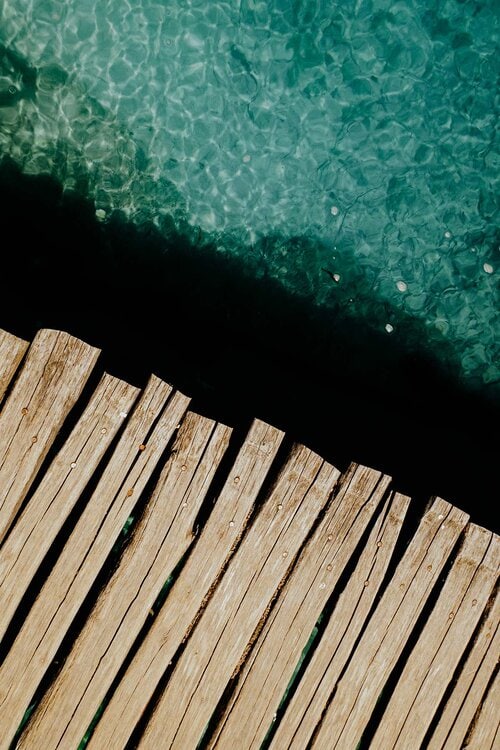
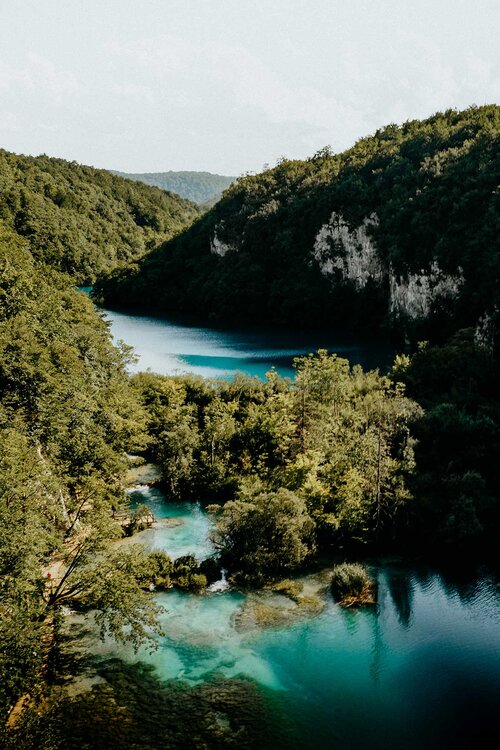
4. Walk around Zadar Old Town
Like most old towns in Croatia, Zadar has no shortage of fascinating architecture, dotted throughout the streets of Zadar’s attractive historic centre.
A walk around Zadar Old Town is the perfect activity for those that are keen to uncover Zadar’s time-worn architecture but of course also for travellers looking to enjoy a relaxing late-afternoon walk.
Zadar Old Town has the perfect size to uncover in a few hours, and walking around it is, partly thanks to that, one of the most rewarding things to do in Zadar.
Here are a few highlights where I highly recommend stopping by:
St Anastasia cathedral | Built at the end of the 12th century, the St Anastasia cathedral – also known as the Zadar Cathedral – is considered one of Zadar’s most fascinating buildings. Charmed by its intriguing facade in typical Romanesque architecture style, the cathedral is a must-see in the old town.
The Land Gate | Zadar’s charming old town is encircled by fortified walls, and as a result, the city is only entered via a handful of ancient gates. The best-known of these gates is the ornate Land Gate, which was once the main gate to the city. At present, the Land Gate is easily the most picturesque gate to gain entrance to Zadar Old Town.
Five wells square | During the 16th century, Zadar survived many Turkish attacks, partly due to its innovative system that supplied citizens with water. And though the five wells are no longer in use, the historic Trg Pet Bunara square has become a popular place for locals and travellers alike.
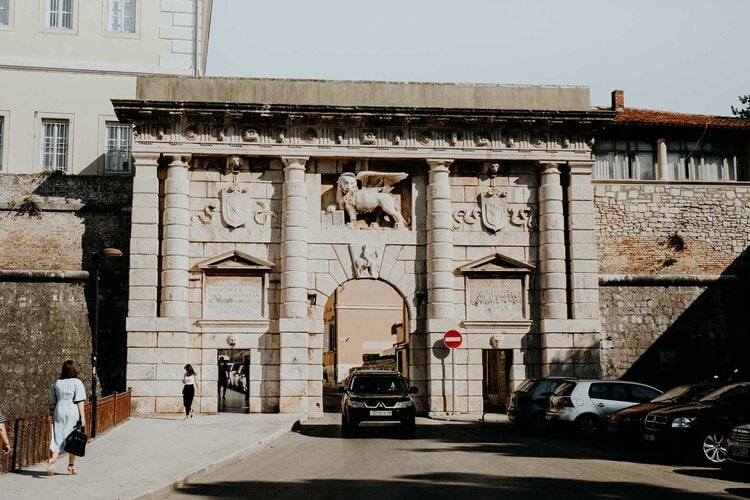
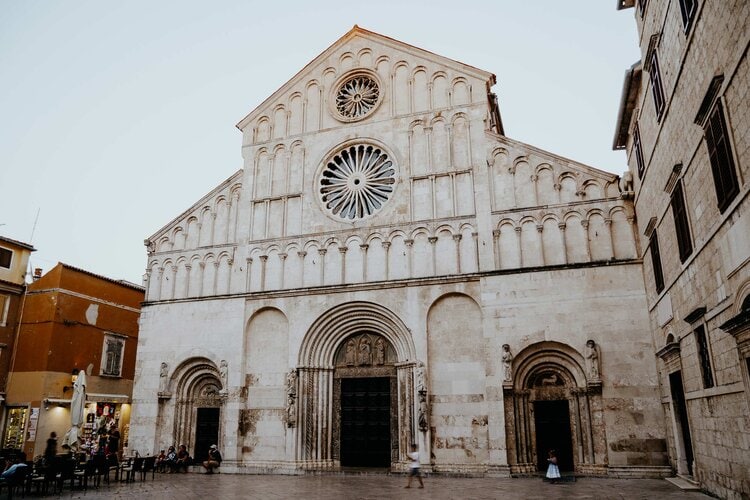
5. Sample local craft beer at Deja Brew
During the car journey from the Netherlands to Croatia, my friends Sander and Maaike told me that Croatian people are pretty serious when it comes to craft beer, and after visiting Deja Brew it is easy to understand why.
Situated in the time-worn streets of Zadar old town is Deja Brew, a classy ‘hipster-ish’ pub that serves a wide variety of local, national and international craft beers, as well as hand-crafted cocktails and excellent whiskeys.
After my day trip to Plitvice National Park, I decided to drop by, and once seated I sampled a bottle of Zagreb’s very own Grif craft beer, a light refreshing single hop Pale Ale, that was rewarded with a World Beer Award in 2020.
And I must say, it was a welcoming refreshment after an adventurous day under the sizzling Mediterranean sun.
The unique and local-oriented setting, the cosy atmosphere and the excellent selection of top-notch craft beers make Deja Brew a great place to sit down after an active day of exploring.
So, if you’re keen to have a friendly chat with travellers and locals alike, while enjoying a few late-night drinks, make sure to visit Deja Brew at least once during your time in Zadar.
For those wanting to start the day off right, Deja Brew doubles as a cafe and serves excellent coffee during the day.
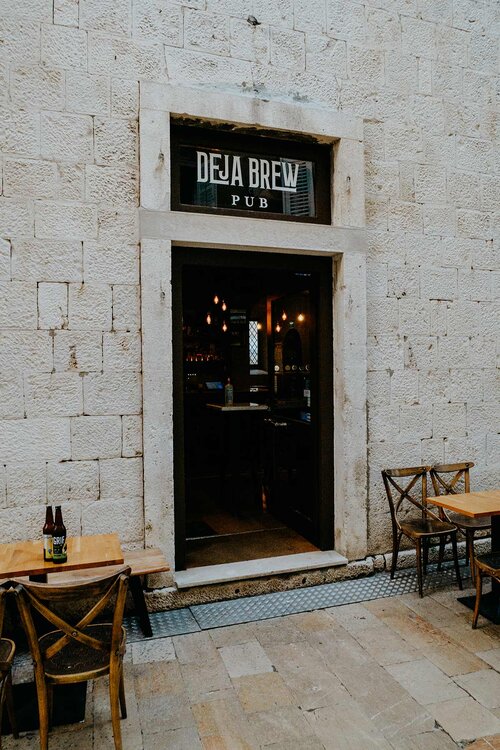
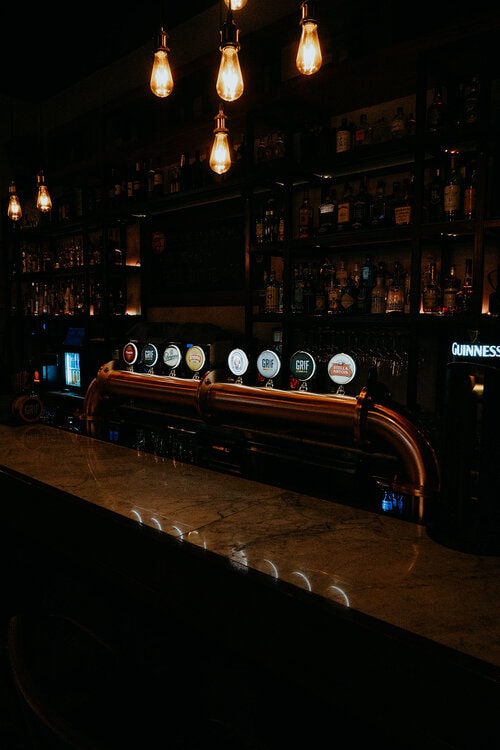
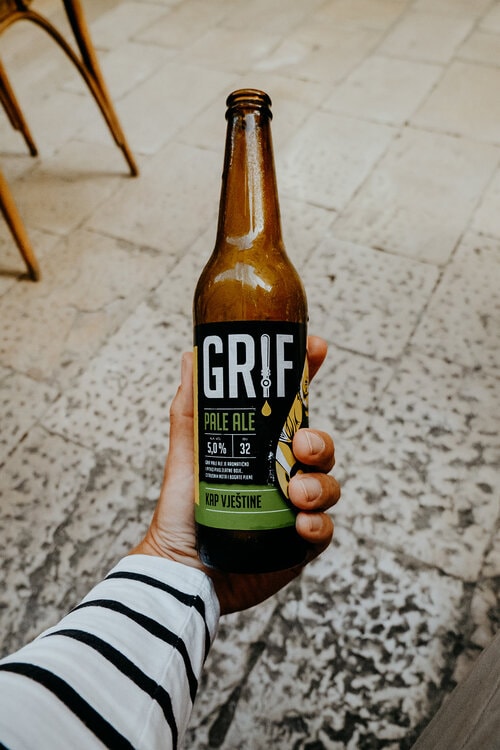
6. Take a ride with the boatmen of Zadar
For over 800 years, the boatmen of Zadar have been transferring passengers from the surrounding cities to Zadar Old Town, and at present, this tradition is fortunately still very much alive.
Passed on from father to son, the Barkajol Zadarski is by far one of the most authentic travel experiences in Zadar, and by taking part in it, you’ll be supporting a proud tradition.
Once you set foot in the small bright-coloured wooden skiff, a traditional boatsman will row you to the other side of the harbour, using only 2 oars and a large dose of friendliness.
Though the passage to the old town takes only 5 minutes, it is an excellent way to get a feel for the ‘real’ Zadar and its people.
On top of that, I think the boatmen of Zadar make quite a picturesque frame for the wall.
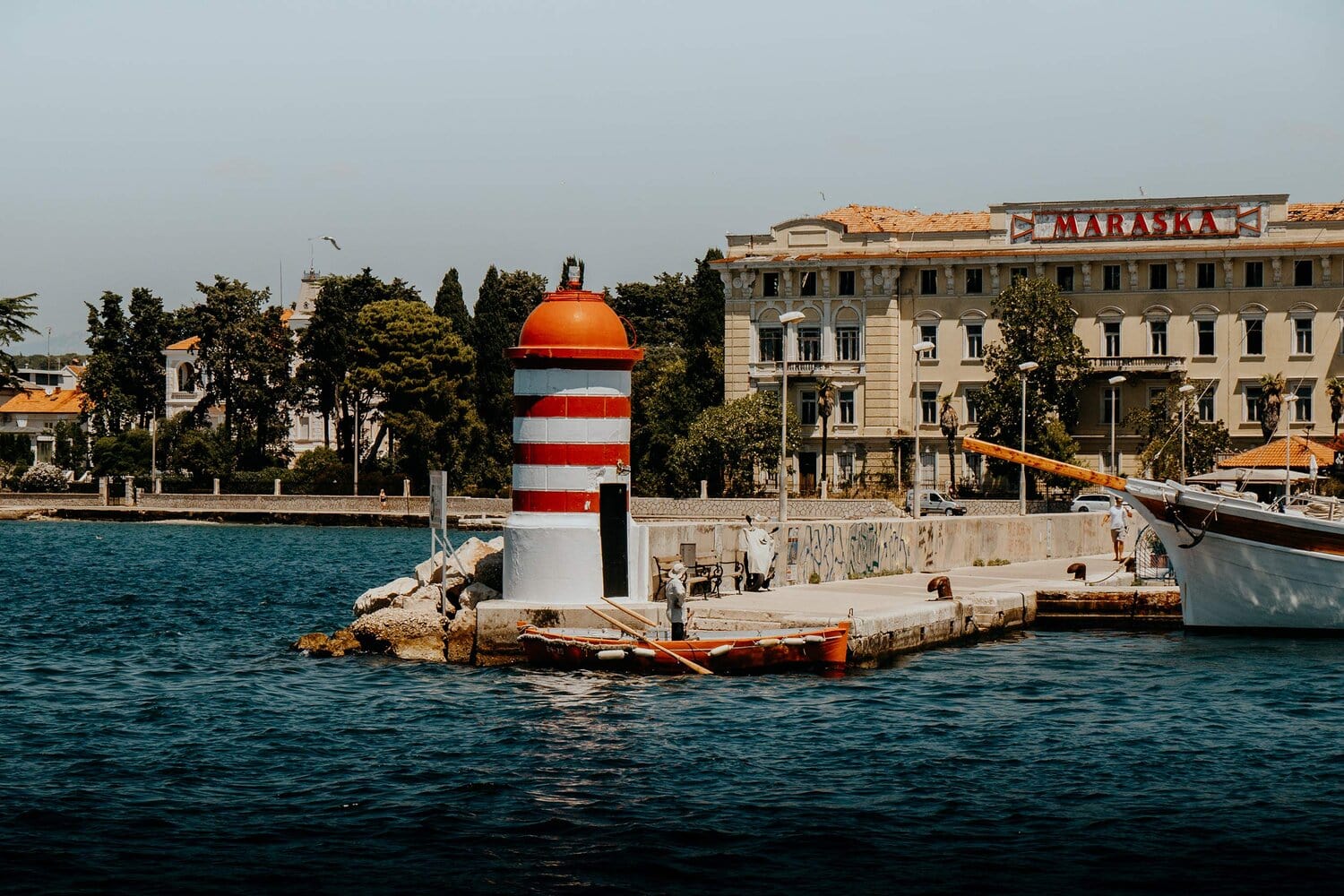
7. Spend a day relaxing at Bazen Kolovare
Nestled on the shoreline only just outside of Zadar Old Town is Bazen Kolovare, an urban outdoor swimming deck that is without a question one of my favourite places for an afternoon of swimming and relaxing in Zadar.
Teeming with both local youngsters and the elderly, Bazen Kolovar is considered a bit of a local-only secret, and by visiting you’ll have a great impression of a traditional Mediterranean summer day.
The complex houses a large natural swimming pool, a towering diving board for those after a quick adrenaline spike, as well as a cafe that serves refreshments and snacks.
So, if you’re keen to spend a day relaxing, yet still want to experience authentic local life, look no further, Bazen Kolovare is the place where you want to be during the long summer days.
Ooh, and Bazen Kolovare truly makes for a postcard-perfect setting.
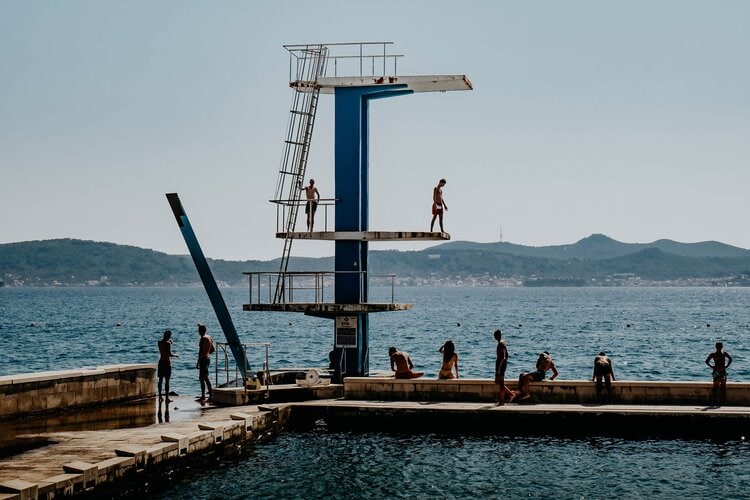
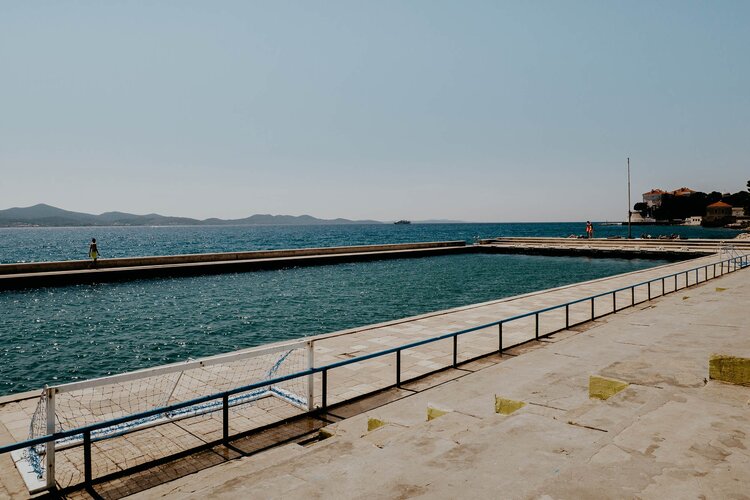
8. Sample a burger at La Famiglia Zadar
The one thing that I struggle to resist since I started to eat more plant-based food, is definitely a good, juicy beef burger.
So every once in a while, when I stumble upon an inviting place that specialises in creating innovatively composed burgers, I give in.
This was clearly also the case when I discovered La Famiglia in Zadar.
Once I checked their extensive menu, it became very clear that I was in the right place to consent to my occasional burger craving.
After some contemplation, I opted for the Big Boy, a double burger served with pickled red onions, fresh tomatoes, cheddar cheese, their signature sauce, and an iconic black bun.
It was impressively tasty.
Those keen for a lighter meal, be at ease – their menu is vegan-friendly – think pasta, risotto, salads, as well as a falafel burger, making it an excellent option for everyone.

Things to do in Zadar | The essentials
The best time to visit Zadar
Zadar has no shortage of long summer days flooded with sun, and is, in my opinion, best visited during the shoulder months that run from April to June and from September to October.
The weather during these months is excellent for exploring Zadar and its surrounds, as well as spending time relaxing poolside or at the beach.
Additionally, you’ll experience significantly smaller crowds and slightly lower prices than during the summer months of July and August, making it a more enjoyable (and cheaper) trip.
My favourite day tours & activities in and around Zadar
If you’re keen to explore Zadar on an organized tour, here are some of my personal favourites.
How to get to Zadar, Croatia
FLIGHTS | HOW TO GET TO ZADAR
Zadar is considered an excellent summer getaway, and is easy to get to by plane, especially during the peak period that runs from June till September.
Flights to Zadar arrive and depart at Zadar Airport, roughly 20 minutes from the historic centre of Zadar Old Town.
For flights to Zadar, I would recommend Skyscanner. Their website is user-friendly, holds a large variety of airlines, and grants the possibility to find good rates.
From Zadar Airport, take a shuttle bus in the direction of the old town. More information here.
CAR | HOW TO GET TO ZADAR
Croatia’s attractive coastline makes it an excellent destination for a road trip, and if you’re keen to uncover the best places in the country, renting a car is clearly the best thing you could do.
If you’re planning to rent a car in Croatia, you’ll have all the freedom to visit Zadar – plus it’s remarkably easier to make day trips.
For car rental in Croatia, I would recommend checking out Rentalcars.com. They offer excellent service, additional insurance, and a broad selection of cars, all at an affordable price.
One word of warning, there are little parking spaces available in Zadar Old Town. For that reason, you’ll do wise to seek an apartment with private parking.
BUS | HOW TO GET TO ZADAR
Croatia has excellent roads and infrastructure and as a result, you’ll notice a wide array of bus travel options.
For the journey from Dubrovnik to Zadar, I’d decided to make use of Flixbus, and after this recent experience, it is safe to say that it is an excellent organization that is both comfortable and punctual.
If you’re keen to visit Zadar by bus, Flixbus will operate between all the major cities in Croatia, as well as a wide range of cities in the neighbouring countries.
In terms of tickets, I’d recommend booking online and in advance. For information on availability, travel departures and additional information, visit the Flixbus website.
Safety in Croatia | Travel insurance
While Croatia is completely safe for travellers, I always aim to enter a foreign country with my travel insurance sorted out, and I highly advise anyone else to do the same.
Where we prefer to assume that everything runs smoothly during our travels, the reality is often that something can go wrong at any given moment – when that happens, it is better to be safe than sorry.
Heymondo | Whether you’re going on a 3-week backpacking trip, or planning a long stay somewhere abroad, Heymondo has excellent insurance options either way – plus full covid-19 coverage and a handy app with 24-hour medical assistance. Readers of WTSW receive 5% off any insurance policy, more information here.
World Nomads | If you’re an adventure seeker, backpacker, or planning your once-in-a-lifetime world trip, make sure you check out World Nomads, they designed the perfect travel insurance to help you travel safer and smarter. Do note that they’re not covering covid-19 related claims.
Cheers!
I’ve been on this travel blogging journey since 2019.
If you appreciate what I do here, these are some ways you can support me.

Plan your Croatia itinerary with these essential guides
12 Awesome things to do in Dubrovnik, Croatia
Long before I planned my adventurous trip through Croatia, I knew I one day had to visit the stunningly beautiful seaside town of Dubrovnik, and luckily it finally happened in the summer of 2020.
And, though Dubrovnik might be one of the most hyped destinations of the past few years, it one hundred per cent lived up to my sky-high expectations.
The mesmerising fortified town next to the Adriatic – internationally known as Kings Landing in HBO’s blockbuster series Game of Thrones, is without only one bit of doubt the most charming old town I ever set foot in.
In my opinion, Dubrovnik is best uncovered at a slow pace, by taking uncountable strolls through the characteristic streets of the old town, admiring its fascinating medieval interior.
And while the aged streets and laneways on its own are an excellent reason to visit Dubrovnik, there’s so much more that leaves travellers in awe.
The town has no shortage of incredible beaches, is home to an amazing viewpoint in Mount Srd, while also providing access to Lokrum Island, for those that prefer to escape the hustle and bustle of the city.
Here’s my traveller’s guide to Dubrovnik, including the best things to see and do, where to stay, when to visit, and how to get there, as well as essential information and tips that help you make the most out of your time here.
Where is Dubrovnik
Where to stay in Dubrovnik
In the last few years, Dubrovnik has seen a major increase in popularity.
As a result, you’ll find a great selection of excellent accommodations, including cosy Airbnb and guest houses, budget-friendly hostels, as well as high-end hotels for those looking for some extra comfort.
Guesthouse Rustico | Set in a 14th-century building, Guesthouse Rustico offers a cosy guesthouse just a stone’s throw from all the best things to do in Dubrovnik. On top of that, it is spacious, air-conditioned, as well as fairly budget-friendly.
Hostel Angelina Old Town | I stayed at Hostel Angelina Old Town and enjoyed the welcoming staff, comfortable beds, as well as spacious common area. Add the fact that you don’t have to break the bank, and Hostel Angelina Old Town is a winner. In addition, the staff regularly organizes fun activities for its guests.
Alternatively, use booking.com to find accommodations in Dubrovnik.
12 Incredible things to do in Dubrovnik, Croatia
1. Walk the Dubrovnik city walls
It is fair to say that a visit to Dubrovnik isn’t complete without a walk atop the town’s incredibly charming fortified city walls.
Though I was in awe straightaway when arriving in Dubrovnik’s ‘picture-perfect’ old town, I somehow intuitively decided to walk the historic city walls at the end of my trip.
And it was definitely worth the wait.
It was in fact, the absolute best possible way to end my time in Dubrovnik.
From the moment I made my entrance to the walls, I was welcomed by the most amazing views of Dubrovnik’s old town, with its aged white-washed buildings and iconic terracotta roofs – as well as a mesmerizing panoramic view over the shimmering Adriatic.
Since that point, the views only became better and better, with my absolute favourite views coming from the summit at Fort Minceta.
Do however take into account, that it takes roughly 2 hours to finish the 2-kilometre loop, and I recommend doing it in the late afternoon when the lighting is perfect for photography, and it’s significantly less warm.
Where | Dubrovnik City Walls
Opening hours | Daily 08:00 – 19:30, depending on the time of year
Cost | 200 HRK (€27,-) per person – includes entrance to Fort Lovrjenac
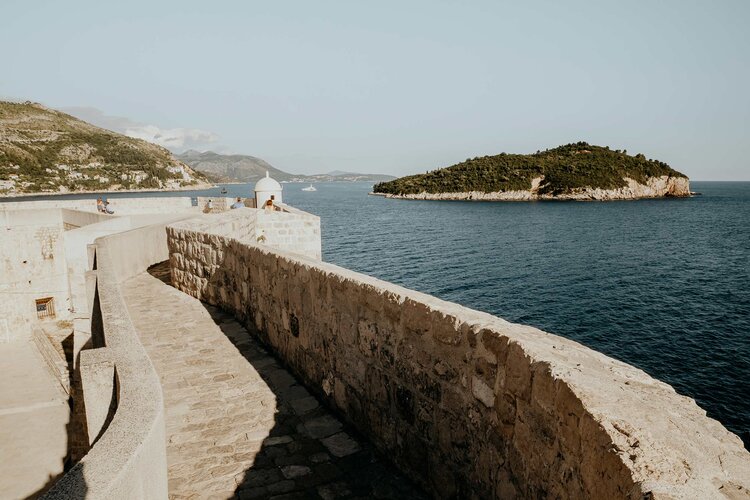
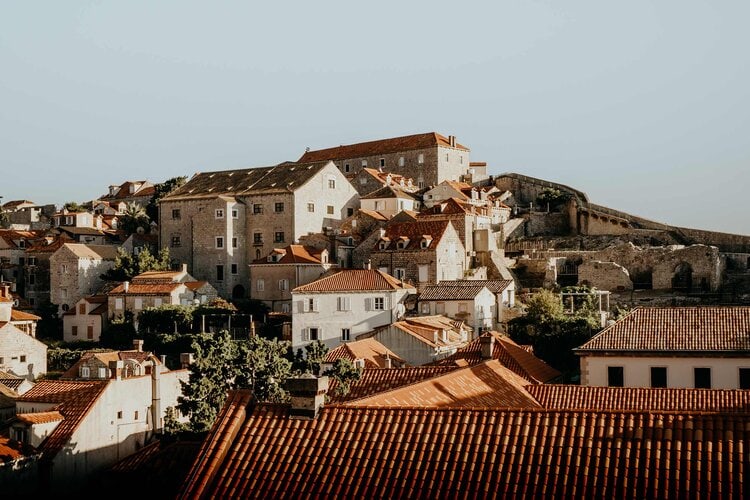
2. Admire Dubrovnik Old Town’s interior
Any trip to Dubrovnik should obviously involve at least a full day to explore the incredibly charming architecture and ‘picture-perfect’ laneways of Dubrovnik Old Town.
Seeing the time-worn streets of Dubrovnik Old Town for the first time is an unforgettable experience, and almost impossible to describe in words (I’m really trying my best, folks).
Dotted throughout these picturesque cobblestone streets, you’ll find a wide array of incredibly charming historic buildings, each more beautiful than the last.
That’s why I’d sincerely recommend taking the time to take it all in; it truly is one of the best things to do in Dubrovnik in my view.
Some of my favourite landmarks in Dubrovnik Old Town include:
Franciscan Monastery | Situated directly after the Pile gate, this enchanting 14th-century monastery houses a historic pharmacy, library and church.
Large Onofrio’s Fountain | Built in 1438 as part of a water supply system, the Large Onofrio’s Fountain is considered one of Dubrovnik’s most famous landmarks.
Jesuit staircase | An elegant Baroque staircase that connects the Jesuit Church of St. Ignatius with the lower-lying Gunduliceva Poljana square.
Rector’s Palace | Dating back to the 14th century, this palace used to serve as the seat of the Rector of the Republic of Ragusa.
Dubrovnik Clock Tower | This towering traditional clock tower was built in 1385 and is considered one of the most iconic buildings in Dubrovnik.
Church of St. Blaise | Built in 1715 in ornate baroque style, this church was dedicated to Dubrovnik’s patron saint.
Dominican Monastery | Situated in the eastern part of town, the impressive Dominican Monastery was built around the same time as the city walls.
Sponza Palace | Designed in Dubrovnik’s iconic Gothic-Renaissance style, Sponza Palace is one of the few buildings in the old town to survive the 1667 earthquake.
Yup, that’s a lot to process! Fortunately, the historic old town is pretty compact, making it the perfect size to navigate in a few hours.
Where | Dubrovnik Old Town
Recommended tour | This 1.5-hour walking tour of Dubrovnik old town includes most of the above-mentioned sites. Prices and availability here
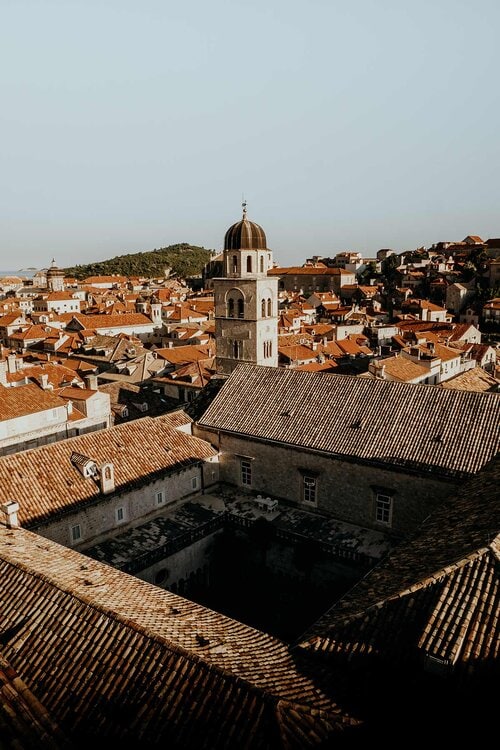
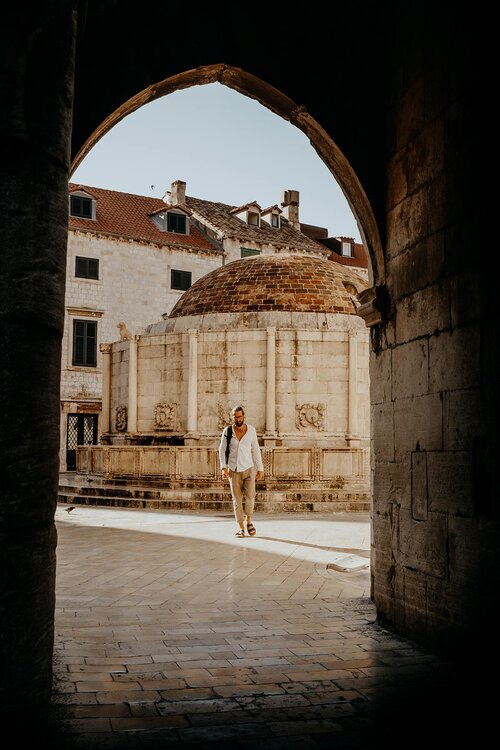
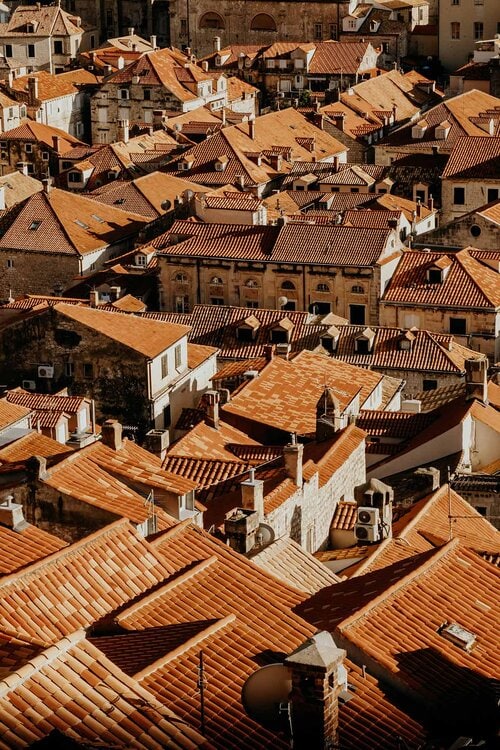
3. Sample Dubrovnik’s best gelato at Peppino’s
A refreshing scoop (or two) of gelato after a long day of exploring is one of my favourite things to do during my travels, and this was obviously also the case in Dubrovnik.
Long-time readers of Where the Souls Wander will know that I take it quite seriously to find the best-regarded gelato shops, meaning you’re pretty lucky to stumble upon this post.
Set in the historic laneways of Dubrovnik’s old town is Peppino’s, a small artisanal gelato boutique that is, without doubt, the best place to visit if you’re after a refreshing treat during the fierce summer heat.
Be warned though, Peppino’s serves a great variety of delicious, creamy gelato, making it quite the challenge to pick your flavours – I eventually ended up here two days in a row.
Lemon Pie premium and Raffaello are two of my favourite flavours, but if you’re after something more uncommon, try a scoop of the Mozart – marzipan, pistachio and nougat, or Jaffa cake.
Additionally, there is a variety of vegan, gluten-free, and organic options available – so you won’t have to worry about that.
Another great gelateria worth trying is Dolce Vita, situated just off the lively Stradun.
Where | Peppino’s Confectionary Lovers’ Club
Opening hours | Daily 11:00 – 22:00
Cost | 15 HRK (€2,10) per scoop
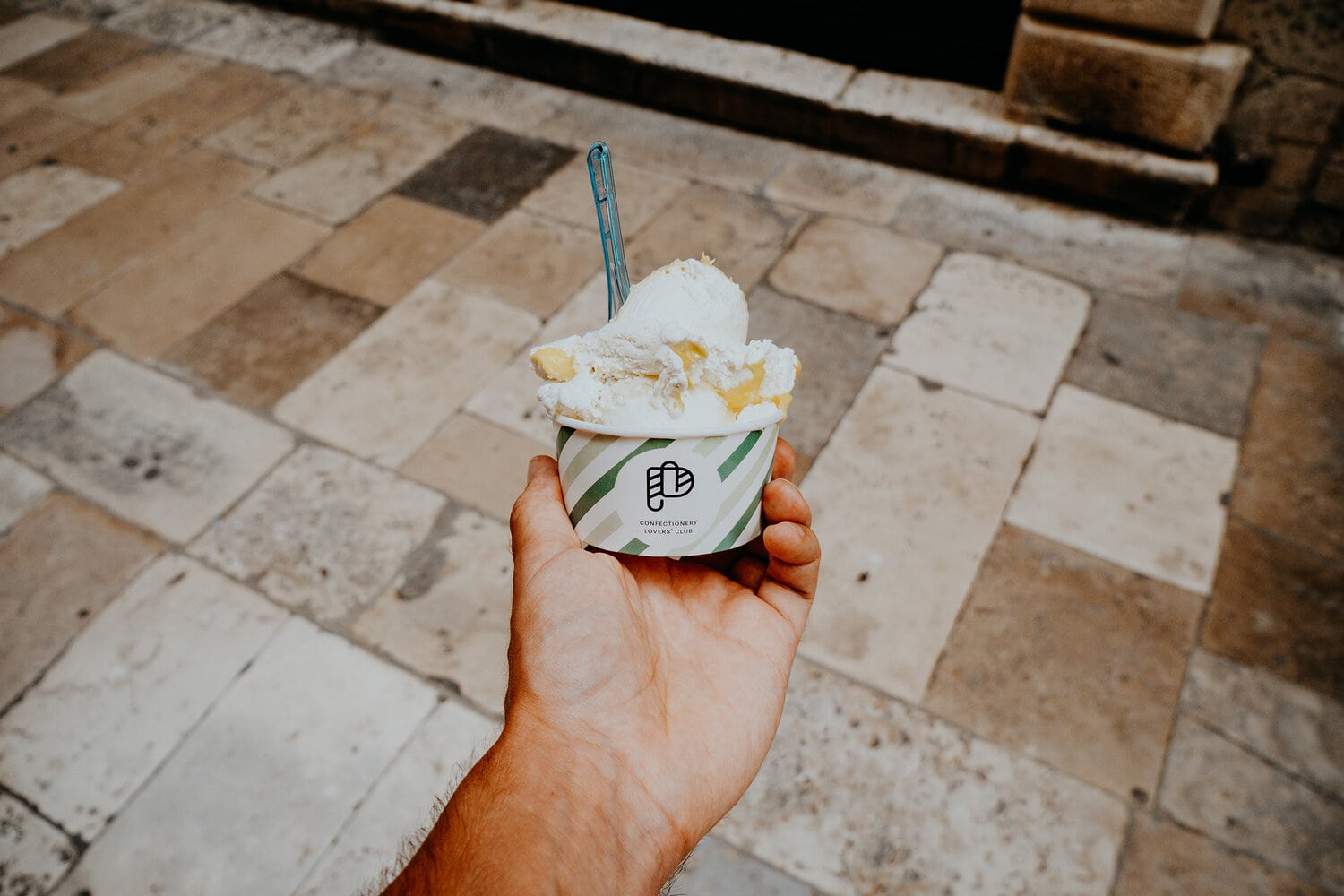
4. Join a Game of Thrones tour
If you’re familiar with HBO’s blockbuster series Game of Thrones, you’ll damn good know that Dubrovnik doubles as the capital of Westeros, Kings Landing.
As someone who admires the Game of Thrones series, walking among these extraordinary filming locations in real life, gave me deja vu moments on multiple occasions.
Though I enjoyed uncovering those filming locations on my own, I’d highly recommend joining a guided walking tour that takes you along the series best-known scenes and filming locations.
Some of the scenes and locations that you’ll visit on a 2-hour Game of Thrones tour include the Red Keep, Blackwater Bay, Cersei’s infamous ‘walk of shame’, as well as Kings Landing’s gate amongst plenty of others.
While the series has already come to an end (don’t worry, no spoilers here), joining a tour is still easily one of the most popular things to do in Dubrovnik.
So if you’re into Game of Thrones like I do, make sure you step in the footsteps of one of your favourite characters.
Cost | 150 HRK (€20,-) per person
Departure times | Daily 12:00 and 17:00
Recommended tour | This 2-hour Game of Thrones tour takes you along the most important scenes and filming locations in Dubrovnik. Prices and availability here
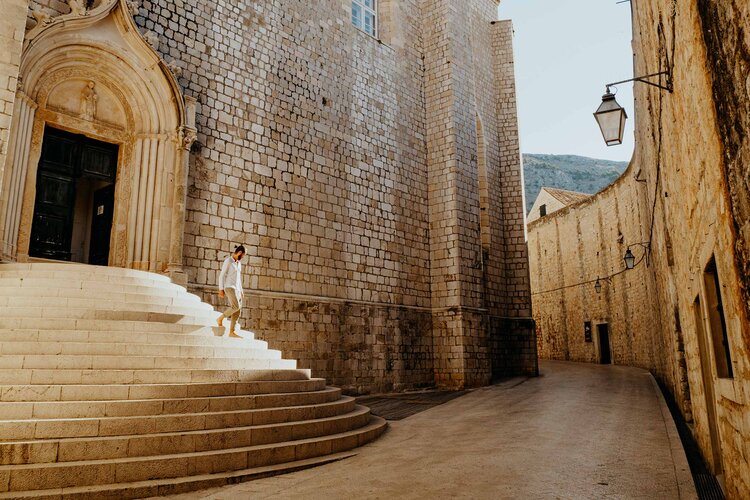
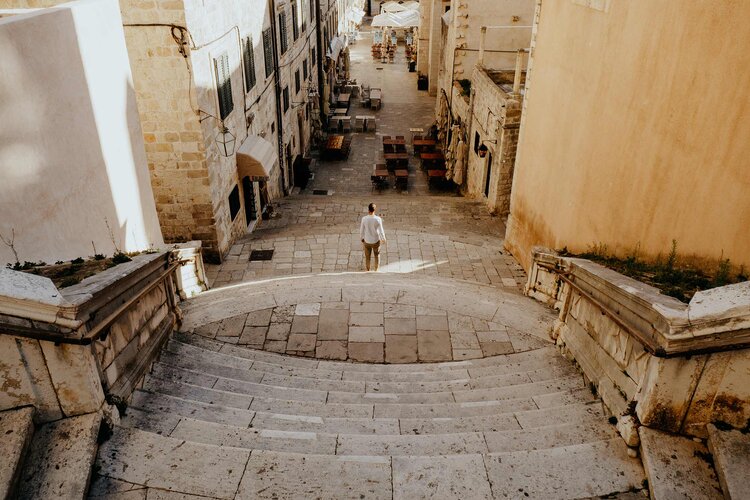
5. Walk the Stradun
It is inevitable that your first introduction to Dubrovnik includes a walk along the charming Stradun, which to me is the warmest possible welcome to the old town.
Running straight through Dubrovnik Old Town is Stradun, a charming street that is considered the beating heart of Dubrovnik, connecting Pile Gate in the west with Ploče gate in the east.
The broad 292-meter-long street is the heart of the action and probably where you’ll spend most of your time in Dubrovnik, as it leads to all the best things to see and do in Dubrovnik.
During the summer months though, the Stradun is packed with travellers, making it slightly harder to fully appreciate the wonderful street and its surrounding beauty.
But don’t worry, it takes only one turn to an adjacent laneway or time-worn stairway, and a whole different Dubrovnik unfolds – there truly is something magical about the old town.
Make sure to wander the streets with a camera in hand – you surely stumble upon authentic daily life around every corner.
Where | Stradun, Dubrovnik
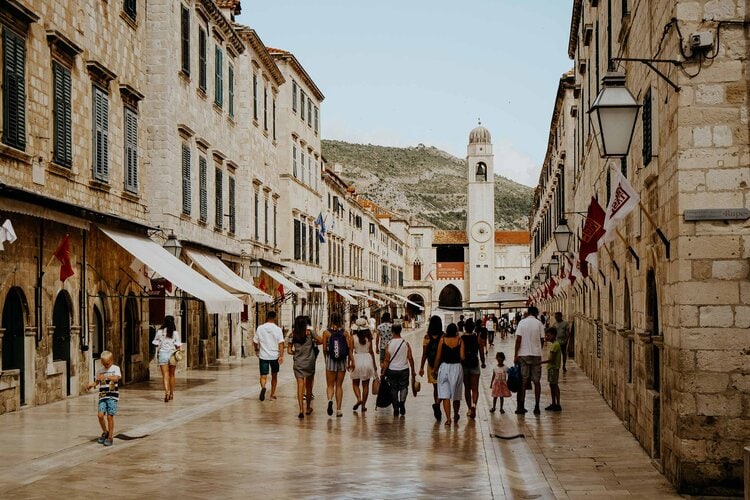
6. Admire the views from Mount Srd
Rising high above Dubrovnik Old Town, providing the most incredible views of the whole of Dubrovnik, as well as Lokrum in the distance is Mount Srd, an extraordinary vantage point to watch a Croatian sunset unfold.
But not so long ago, Mount Srd was home to one of the fiercest battles during the Homeland War, namely the siege of Dubrovnik.
And though I prefer telling you only about exciting destinations and experiences, I also feel a strong obligation to inform and educate on major historical events.
If you’re curious to learn about the history, make sure to head over to the Napoleonic Fort Imperial, which houses a permanent exhibition that is dedicated to the siege of Dubrovnik in the 90s.
Luckily, Mount Srd is now on the peaceful ground, and a visit is all about the mesmerizing panoramic view of Dubrovnik Old Town and the surrounding islands.
Every evening, locals and travellers alike gather here, as the sun slowly sinks into the Adriatic – and I must admit it, it’s one of the best travel experiences in Dubrovnik.
The easiest and quickest way to the summit of Mount Srd is by jumping aboard the Dubrovnik cable car (more on that later).
For adventurous-minded people (like me), or those on a budget, take a moderate hike that takes you to the summit in roughly an hour, depending on your physical condition.
Where | Mount Srd, Dubrovnik
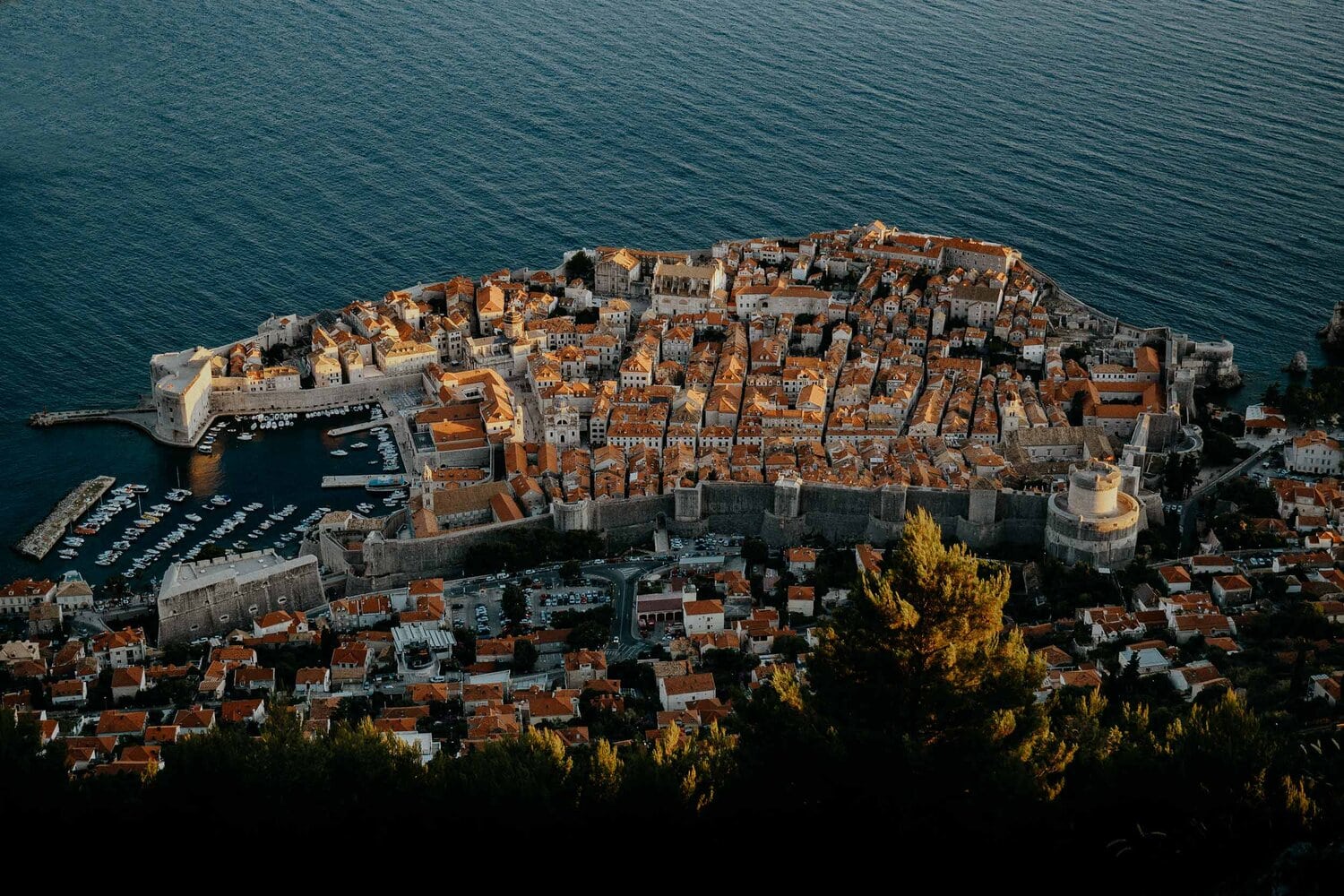
7. Ride the Dubrovnik cable car
The best viewpoint to experience a sunset in Dubrovnik is without question on Mount Srd, and a ride on Dubrovnik’s cable car is by far the easiest way to get there, making it an excellent option for those on a tight time schedule.
Built back in 1969 to transfer passengers from Dubrovnik Old Town to the summit of Mount Srd, the cable car is now an indispensable part of the city, transferring nearly a thousand visitors daily.
Though the approximately 778-meter journey takes only 5 minutes to complete, the exceptional panoramic views from the cable car are worth every penny of the somewhat expensive ticket.
On top of Mount Srd, you’ll discover two panoramic terraces that both house a selection of telescopes and on a clear day, you can see up to 60 kilometres in the distance.
Tickets are easy to obtain at both stations, and I would highly recommend buying a one-way ticket in the first instance. By doing so, you can opt for the easy hike down if you change your mind on the top.
Where | Dubrovnik Cable Car, Mount Srđ
Opening hours | Daily 09:00 – 00:00
Cost | One way 70 HRK (€9,30) | Return 140 HRK (€18,60)
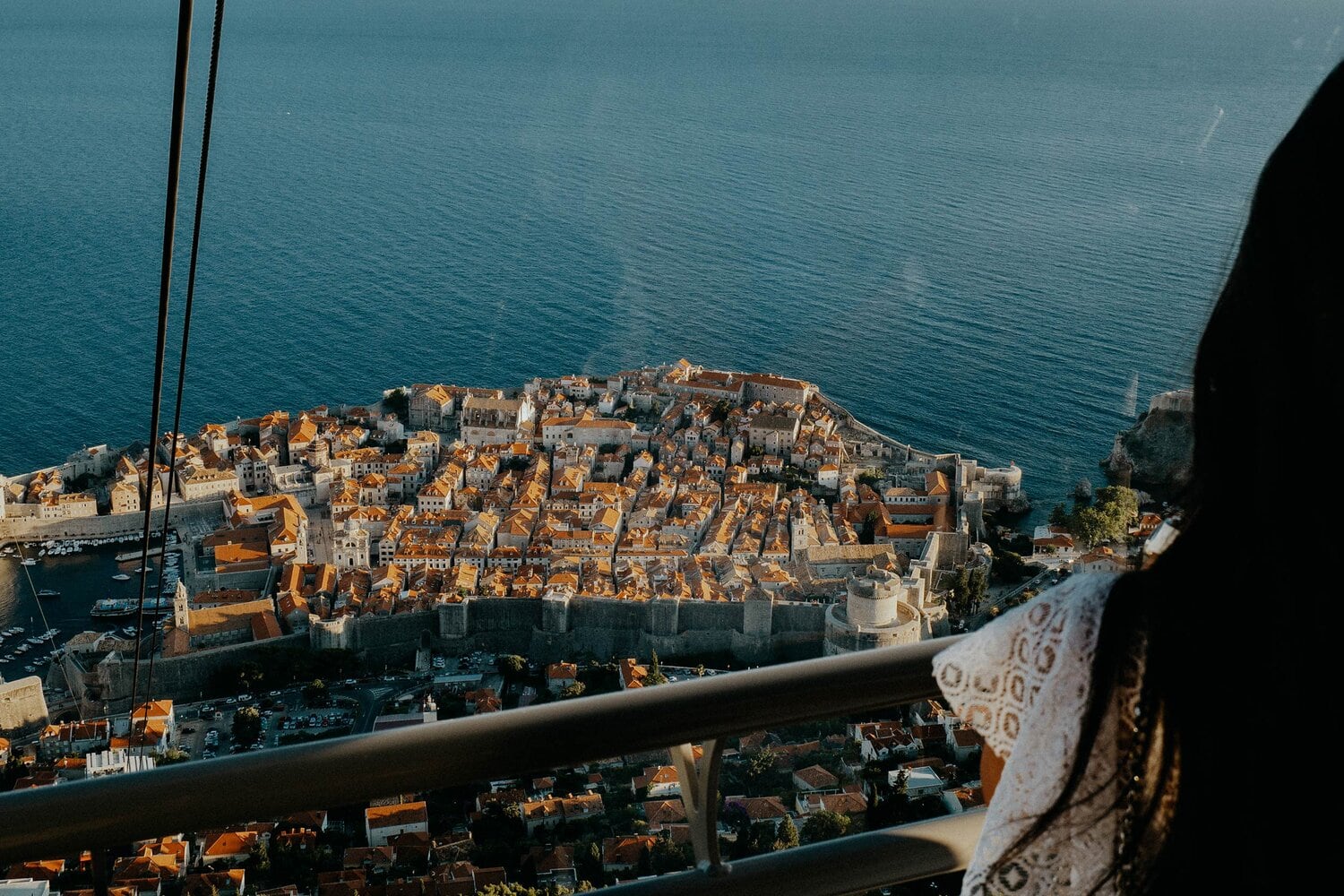
8. Spend a day chilling and swimming at Lokrum Island
Only a 10-minute ferry ride from Dubrovnik’s Old Harbour lies Lokrum Island, a stunningly beautiful island that makes a perfect place for those who need a little break from the crowds in Dubrovnik.
Lokrum Island is a wonderful place to visit for an afternoon of swimming and relaxing, and accordingly extremely popular with travellers and locals alike.
Not only does it provide a lush forest of black ash pines and olive trees, and incredible rocky beaches, but it also houses an ancient Benedictine Monastery, an impressive botanical garden, as well as a small saltwater lake known as the Dead Sea.
Those interested in Game of Thrones should know that the island of Lokrum was used as the city of Qarth, and at present, the medieval Benedictine Monastery is home to the series legendary Iron Throne.
Where | Lokrum island, Dubrovnik
Cost | 150 HRK (€20,-) for a return ticket – ferry departing at Dubrovnik Old Port
Departure time | Leaves every 15 minutes
Bring | Swimwear, a towel and a good book
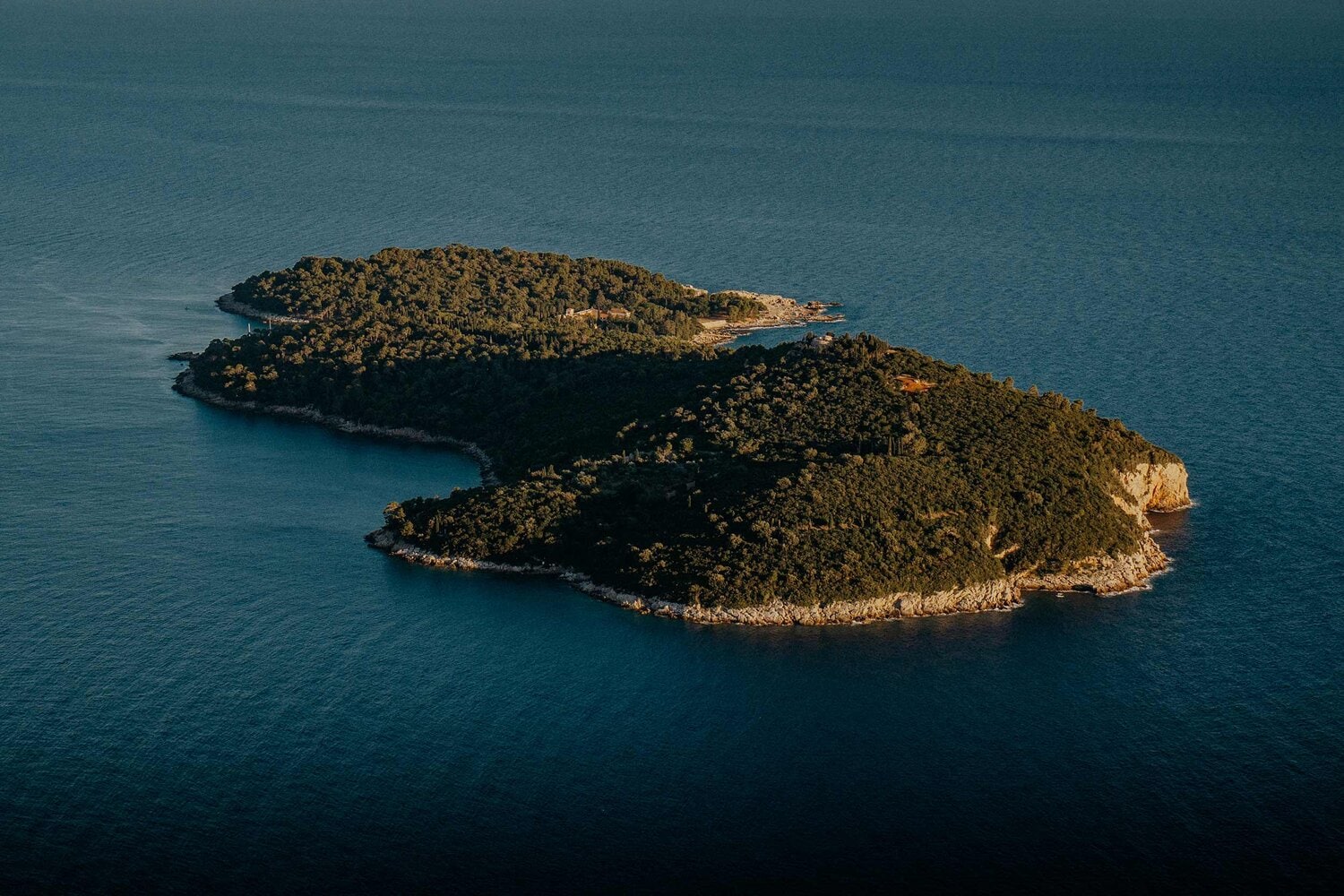
9. Kayak around Dubrovnik
One of the best activities in Dubrovnik includes an adventurous Kayak tour that takes you around Dubrovnik’s mesmerising walls, as well as beautiful Lokrum Island which is dotted just off its coast.
Those looking for a quick adventure, away from the packed streets of the old town will have an excellent time exploring the stunning highlights that are found along the Adriatic Coast.
The relaxing, yet breathtaking journey takes you to a handful of impressive sites, including the stunning Betina Cave, and Lokrum Island, while also providing a unique seaside perspective of Dubrovnik and its towering city walls.
On top of that, you’ll have the opportunity to go swimming, snorkelling, cliff jumping, or just take it easy on the only beach in Dubrovnik that is solely accessed from the water.
As wonderful as it is exploring the area during the day, it is even more beautiful if you plan to do a Kayak tour during the golden hour – it’s simply a once-in-a-lifetime experience.
I am text block. Click edit button to change this text. Lorem ipsum dolor sit amet, consectetur adipiscing elit. Ut elit tellus, luctus nec ullamcorper mattis, pulvinar dapibus leo.
Where | Beach Bokar, Dubrovnik
Starting times | Daily 10:00, 13:00, and sunset tours at 15:30
Cost | 180 HRK (€24,-) and 260 HRK (€34,-) during sunset
Recommended tour | This 3-hour Sea Kayaking tour brings you along Dubrovnik’s marvellous coastline as well as Lokrum Island. Prices and availability here
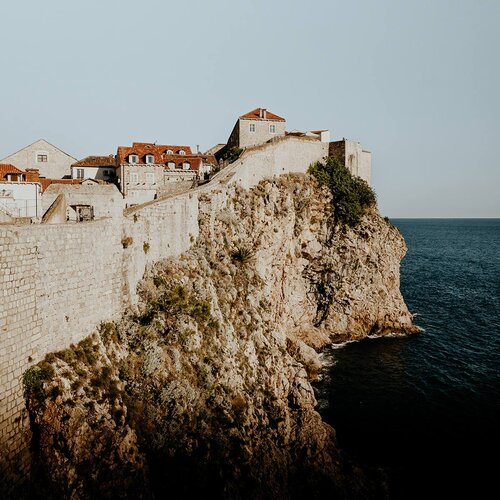
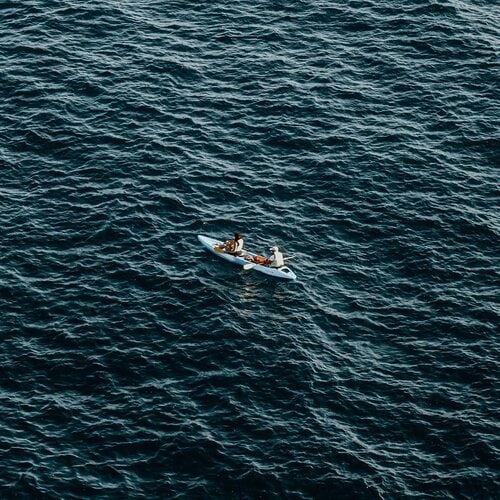
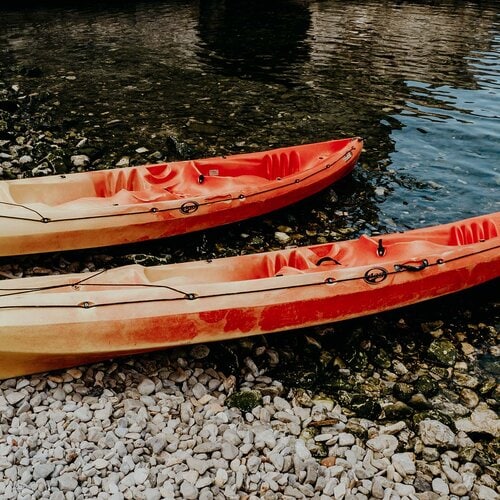
10. Take in the sunset from Bard, a unique cliffside bar
Perched on the rocky cliffs below the city walls lies Bard, a panoramic bar that is unquestionably one of the most unique places to sample a few sunset drinks in Dubrovnik.
Taking its name from the characterizing entrance (Buza meaning ‘hole in the wall’), Bard Buza bar is entered by climbing through a little hole in the side of Dubrovnik’s aged city walls.
As soon as you enter the iconic bar, you’ll be welcomed by incredible panoramic views of the glistering Adriatic, Lokrum island in the distance, as well as the encircling city walls.
Though this place really is fascinating at every time of day, it gets super crowded during the golden hour, when both travellers and locals flock here to enjoy a refreshing drink while watching the world go by. For that reason, I recommend stopping by in the early afternoon.
As you would expect, drinks at a unique location as Bard Buza Bar, are significantly higher priced than elsewhere in Dubrovnik – but trust me, the stunning setting makes up for a lot!
For those keen to take a refreshing dip in the Adriatic, there are a number of ladders providing easy access to the water.
Where | Bard cliff bar, Dubrovnik
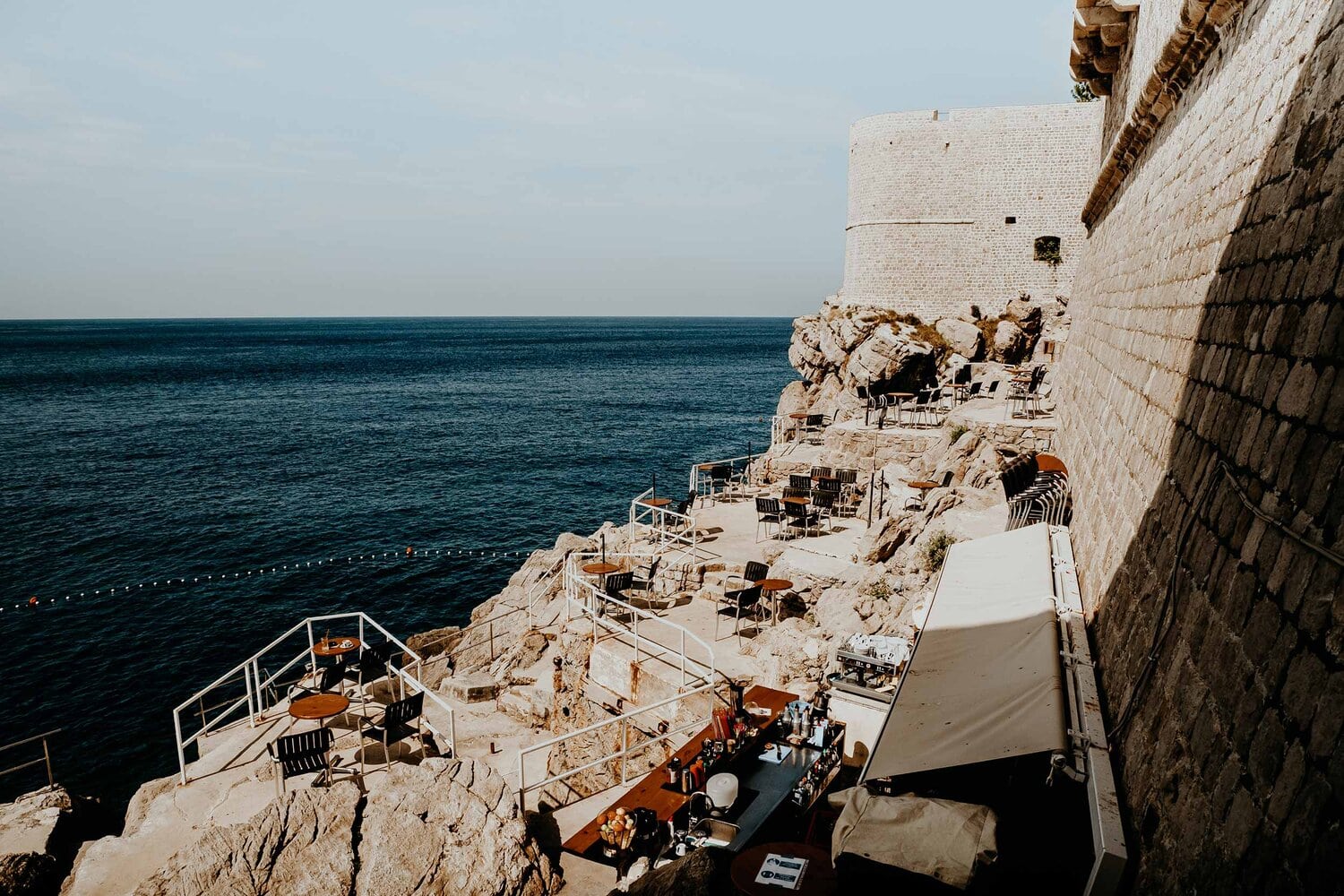
11. Visit Fort Lovrijenac
Nestled on a picturesque cliff just west of Dubrovnik Old Town is Fort Lovrijenac, an impressive medieval stronghold that played a major role in the resistance to Venetian rule.
If the brave people of Dubrovnik hadn’t stood their ground in the 11th century, the Venetians would probably have built a fortress of their own at exactly the same spot, resulting in that they would have kept Dubrovnik under their power.
Sadly, a large part of the fort’s interior was destroyed by reason of an earthquake that hit Dubrovnik in 1667. Fortunately, it didn’t take long before it was rebuilt to the fortress we visit at present.
Something noticeable is the famous inscription above the entrance, saying: “Non Bene Pro Toto Libertas Venditur Auro” (“Freedom cannot be sold for all the gold of the world”).
Although there isn’t much else to see inside the fortress, I wouldn’t recommend skipping it, and that’s for two bloody good reasons.
May it be the stunning view of the whole of Dubrovnik, or its recent role as the Red Keep in Game of Thrones, a visit to the fortress is simply one of the best things to do in Dubrovnik.
Where | Lovrijenac Fort, Dubrovnik
Opening hours | Daily 08:00 – 17:00
Cost | 50 HRK (€6,60) per person – entrance is included in a Dubrovnik City Walls ticket
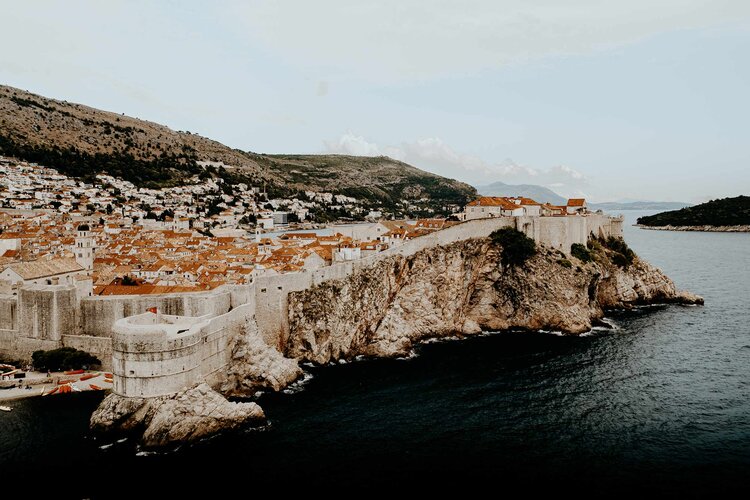
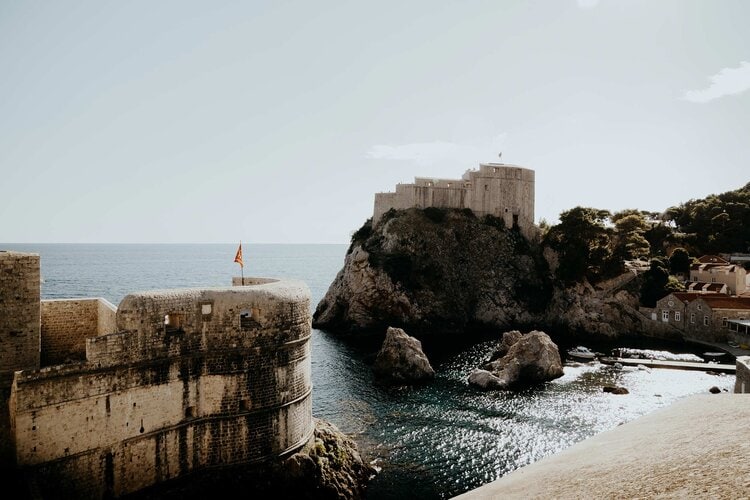
12. Hit up the Dubrovnik beaches
Whilst Dubrovnik is best known for its many historical sites, you’ll be surprised by the wide variety of idyllic stretches of sandy and pebble beaches, which are excellent for a lazy day of sunbathing and swimming.
After my first 2 days spent exploring the many interesting places that Dubrovnik has to offer, I felt a strong need to take a day off, laying my towel next to the stunning Adriatic.
Fortunately, I didn’t have to look far to visit one of Dubrovnik’s excellent beaches.
Some of my favourite Dubrovnik beaches include:
Bellevue Beach | Situated within an easy walk of Dubrovnik Old Town lies Bellevue Beach, a pebbly cove that is encircled by a set of towering cliffs, providing an excellent platform for those interested in cliff jumping.
Although it is one of the most popular beaches in Dubrovnik, it felt relatively quiet compared to other beaches in the area, making it my favourite beach to chill away a lazy afternoon.
Banj Beach | Easily Dubrovnik’s most popular beach, and therefore also the most overrun beach.
And though this beach is far from my personal preferences, I fully understand why it earned its excellent reputation.
Banj Beach is situated closest to Dubrovnik Old Town and provides the most stunning view of the city walls in the distance.
On top of that, it houses a trendy beach club, pumping vibrant techno beats through its speakers, as well as offering sun beds & parasols for hire.
Beach Sulic | Hidden between Fort Lovrijenac and Gradac Park is Beach Šulić, a picturesque cove that is considered to be one of the oldest swimming spots in Dubrovnik.
This small stretch of beach is mostly known by locals and offers the perfect circumstances to take a quick refreshing dip in the clear shallow waters of the Adriatic, without the crowds being around. In addition, there is also a small bar, meaning you don’t have to go far for a refreshing drink or ice cream.
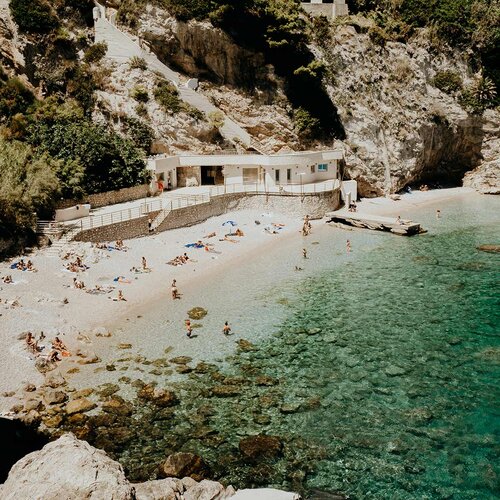
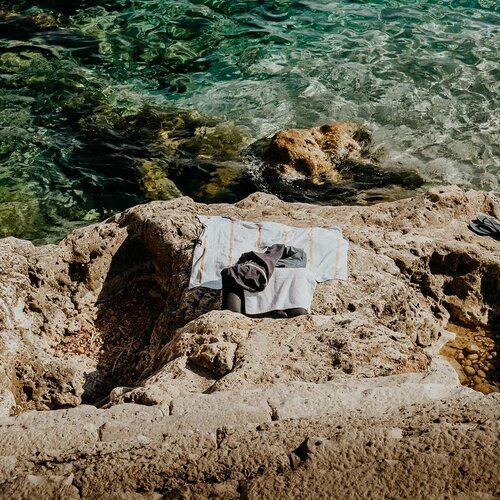
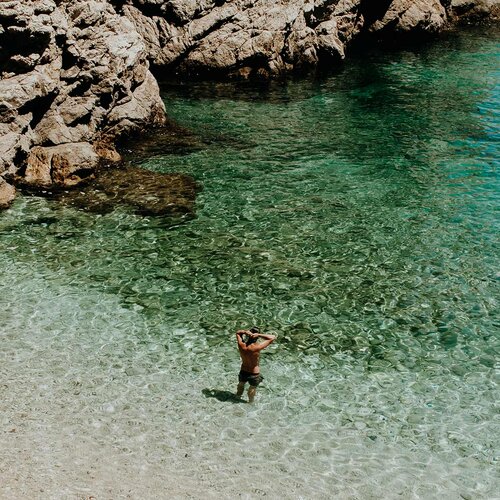
Things to do in Dubrovnik | The essentials
The best time to visit Dubrovnik
A word of warning – Dubrovnik is massively overrun by both locals and travellers during the summer months. For that reason alone, I think it’s better to avoid visiting Dubrovnik during the peak summer months of May to August.
To beat the crowds, plan to visit Dubrovnik in September or October, when the temperature is still very pleasant, which provides excellent circumstances to explore the old town and its charming surroundings.
And though the summer heat slowly fades, the Adriatic is still warm enough to take a dip.
One extra benefit of travelling during these months is the fact that the prices are slightly lower than during the peak months.
My favourite tours & activities in and around Dubrovnik
If you’re keen to join an organized tour to discover Dubrovnik and surrounds, here are some of my personal favourites.
How to get to Dubrovnik
By plane | Dubrovnik Airport, situated about 40 minutes from the city, hosts both European and international flights from all over the world, meaning you most likely start your Croatia itinerary in Dubrovnik.
For flights to Dubrovnik, I would recommend Skyscanner. Their website is user-friendly, holds a large variety of airlines, and grants the possibility to find good rates.
From the airport, it’s easy to take a shuttle bus in the direction of the Main Bus Station in Gruž Port. The bus leaves every 30 minutes after flights arrive, and a one-way ticket will cost you around 55 HRK (€7,50).
Alternatively, Tivat Airport in Montenegro is the closest major airport, just across the border, which offers plenty of affordable flights, especially from European destinations.
From Tivat, the most convenient option is a private transfer from Tivat Airport to Dubrovnik – make sure you check out Montenegro Limo, as they take in scenic coastal stops along the way for free.
By car | Croatia’s beautiful coastline makes a perfect destination for an adventurous road trip, and if you’re looking for the best places in the country, renting a car is easily the best thing you could do.
If you’re planning to rent a car in Croatia, you’ll have all the freedom to visit Dubrovnik – plus it’s significantly easier to do day trips.
For car rental in Croatia, I would recommend checking out Rentalcars.com. They offer excellent service, additional insurance, and a broad selection of cars, all at an affordable price.
One side note though, parking in the old town is extremely expensive, so it’s better to either find accommodation with private parking or park just outside the old town.
That said, when planning to drive to Dubrovnik with a rental car, check if you’re allowed to cross the border. Getting from Split to Dubrovnik requires a short drive through Bosnia and Herzegovina.
By bus | Travelling around Croatia by bus is extremely straightforward, and easily one of my favourite forms of transport.
In terms of the most comfortable options, I came to the conclusion that my favourite was Flixbus, an excellent company that services the major cities in Croatia, as well as a great selection of cities in the neighbouring countries.
If you’re after a visit to Dubrovnik by bus, I’d recommend booking your tickets in advance, especially during the peak months.
For booking tickets online, availability and travel departures & information, visit the Flixbus website.
By ferry | If you started your Croatia itinerary in Split, and ended up on one of the beautiful islands, the best option to get to Dubrovnik is by taking a ferry.
The company that operates between the islands and Dubrovnik is Krilo and is transferring foot passengers only.
Krilo operates from Hvar or Korcula to Dubrovnik once daily and offers excellent service, affordable prices and is strictly on time.
I would recommend booking your tickets in advance, especially during the peak summer months – this can be done at the ticket booth in the harbour or online.
Safety in Croatia | Travel insurance
While Croatia is completely safe for travellers, I always aim to enter a foreign country with my travel insurance sorted out, and I highly advise anyone else to do the same.
Where we prefer to assume that everything runs smoothly during our travels, the reality is often that something can go wrong at any given moment – when that happens, it is better to be safe than sorry.
Heymondo | Whether you’re going on a 3-week backpacking trip, or planning a long stay somewhere abroad, Heymondo has excellent insurance options either way – plus full COVID-19 coverage and a handy app with 24-hour medical assistance. Readers of WTSW receive 5% off any insurance policy, more information here.
Cheers!
I’ve been on this travel blogging journey since 2019.
If you appreciate what I do here, these are some ways you can support me.

Plan your Croatia itinerary with these essential guides
9 Incredible things to do in Split, Croatia
Perched on Croatia’s charming Dalmatian coast is Split, a vibrant coastal city that is considered a booming summer destination, drawing nearly a million travellers annually.
Split is arguably best known for its lively nightlife, party-oriented sailing boats, as well as the stunningly beautiful islands that are scattered around its coastline.
Sure, a party from time to time is fun, but this wasn’t my motive to visit Split.
Instead, I chose Split because it serves as a perfect base to explore the surrounding highlights, Including Krka National Park, Klis Fortress, as well as the islands of Hvar and Korcula.
Throw in the fact that it is home to the ‘picture-perfect’ Diocletian’s Palace and plenty of excellent stretches of beach, and Split makes an excellent base to start any Croatia itinerary.
In this guide, you’ll find my take on the best things to see and do in Split, including day trips, beaches and where to stay – perfect for three days of relaxing and exploring.
If you choose to use any of the links on this page, I receive a small commission at no extra cost to you. By using these links, you’ll have a direct impact on WTSW and support me to continue to create free insightful travel content for you. If you find any of my tips useful, you can support me by buying a virtual coffee here.
Where is Split
Where to stay in Split
Split is the second-largest city in Croatia and extremely popular among travellers, resulting in a wide array of excellent accommodations, suiting any budget and travel style.
City hall apart&rooms | A cosy apartment only a short walk away from the action, offering spacious rooms, great design, air-conditioning and comfortable beds. Perfect for those who prefer staying just outside the city (Split is famed for its lively nightlife).
Ciri Biri Bela Boutique Hostel | Situated in the heart of the city, Ciri Biri Bela is a welcoming hostel that offers comfortable shared rooms for an excellent price. The hostel is spacious, has air-conditioning, and is surrounded by a great selection of the best things to do in Split. They also have an excellent restaurant in-house, so make sure you add breakfast to your booking.
Alternatively, use booking.com to find accommodations in Split.
9 Wonderful things to do in Split, Croatia
1. Marvel at the interior of Diclotian’s Palace
Built as an imperial residence and fortified town for Roman Emperor Diocletian, the eponymous Diocletian’s Palace is considered to be among the most majestic Roman structures in the world.
Dominating the heart of Split Old Town, the extraordinary palace still reveals the grandeur that it initially had, and wandering through its imposing interior feels as though you’ve stepped back in time.
The heart of all the action is the Peristyle, a large central square that is encircled by the palace’s most impressive structures, including the Cathedral of St. Dominus, Vestibule, the temple of Jupiter, as well as the entrance to the intriguing cellars of the palace.
Morning walks around Diocletian’s Palace were my absolute favourite thing to do in Split. There’s just something mesmerizing about wandering through what appears to be an open-air museum, showcasing the most impressive Greek and Byzantine architectural-style buildings.
It is, therefore no wonder that the ancient Palace is listed as a UNESCO World Heritage site.
For the best experience, I highly recommend walking the palace just after sunrise, when the streets are still ‘relatively’ empty.
Where | Diocletian’s Palace, Split
Recommended tour | This 2-hour walking tour takes in the most impressive structures of the palace.
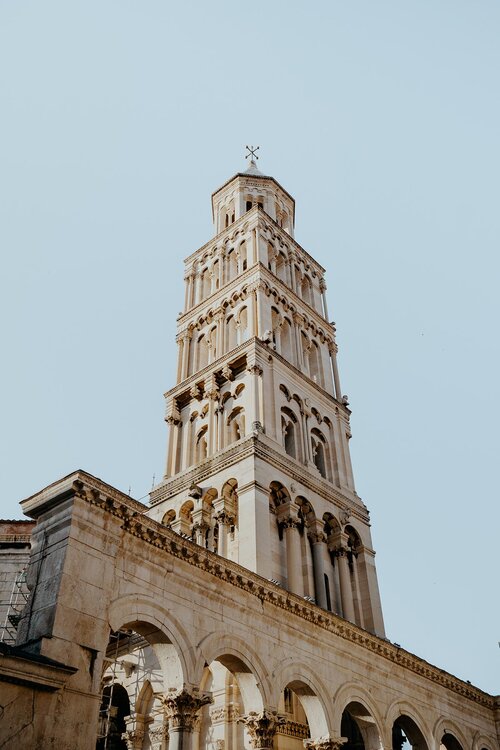
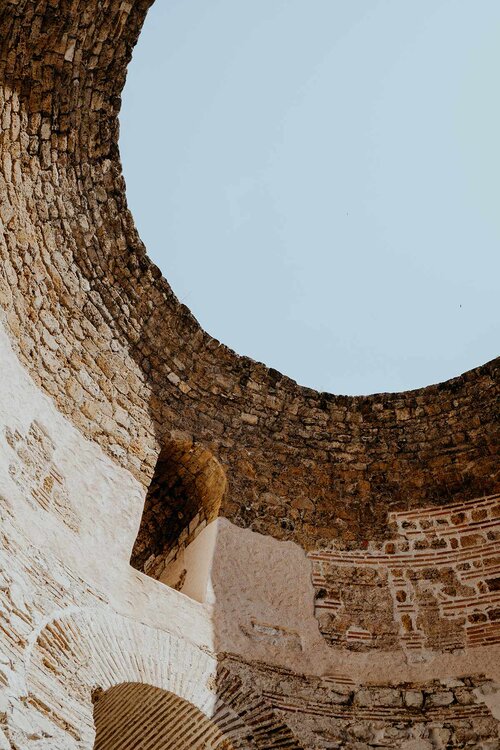
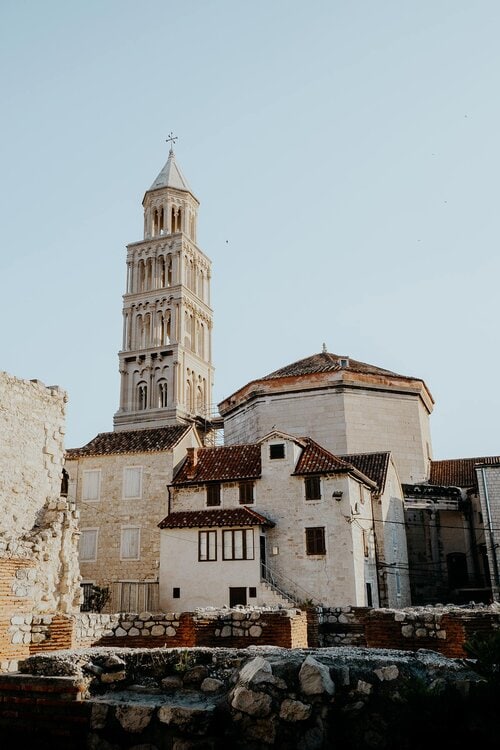
2. Admire the gushing waterfalls of Krka National Park
Croatia is home to some of Europe’s most fascinating National parks, and Krka National Park is in my opinion up there with the very best of ‘em.
Situated along the Krka River, only an hour away from Split lies the beautiful Krka National Park, an extensive, untouched nature reserve that has no shortage of gushing waterfalls, distinctive lakes, and rippling rapids & rivers.
The best known of these waterfalls is Skradinski Buk, a series of 17 waterfalls dotted over a roughly 800-meter stretch, all flowing in the direction of a large centrally positioned basin.
Unlike Plitvice Lakes National Park, it is still (until January 21) allowed to swim here, adding up to the excellence of the park. So, make sure to bring swimming gear.
But Krka National Park is so much more than its number one attraction.
It’s a park of sheer natural beauty, with several other points of interest that deserve equal recognition, including Roski Slap, Visovac Island, and the viewpoint at the Ozidana Pecina cave, just to mention a few.
Krka National Park makes the perfect day trip from Split and can be visited by yourself, or as part of an organized tour. I joined this Krka National Park + Sibenik tour, and was pretty pleased with how it turned out.
Where | Krka National Park
Opening hours | Daily 08:00 – 20:00 during high season, more information here
Cost | Entrance fee single 200 HRK (€26,50) per person | Groups 150 HRK (€20,-) per person
Tour | This day trip brings you to the best waterfalls at Krka National Park as well as Sibenik.
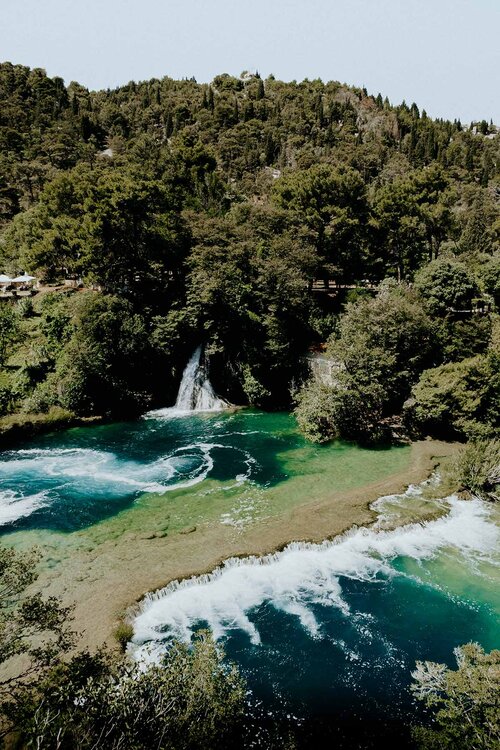
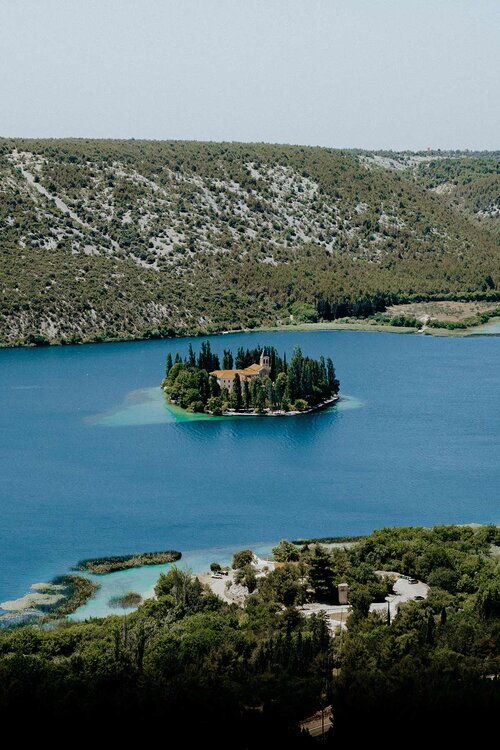
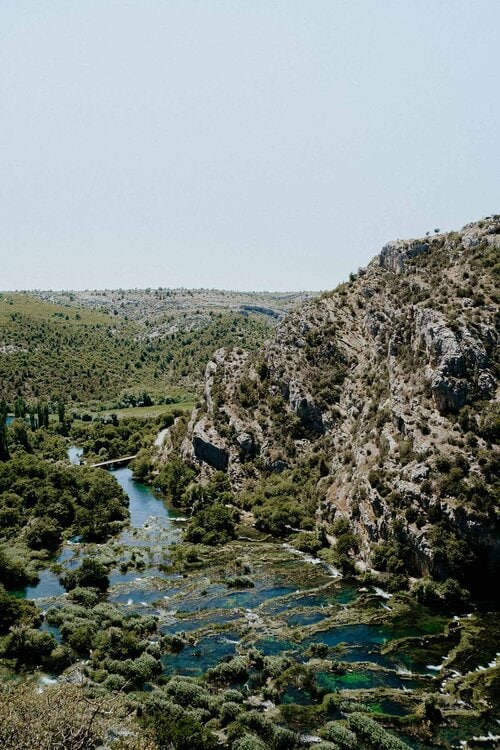
3. Take in the views from Marjan Hill
Perched on the edge of Split Old Town, overlooking the red roofs and white-washed walls that lay below, is Marjan Hill, a picturesque hill that is forested by lush cypress and Mediterranean pine trees.
Whether you’re after the most incredible panoramic views over Split, or just trying to escape the sounds of the city, Marjan Hill is beyond doubt your best bet.
The roughly 170-meter high hill is home to several excellent hiking trails, stunning viewpoints, and some of Split’s lesser-known landmarks, including the Jewish cemetery, Church of St. Nicholas, and Karepić’s Tower, which I unfortunately heard of once I left Split for Hvar.
In terms of the best viewpoint, I would recommend aiming for Marjan Hill’s first lookout, named Prva Vidilica Na Marjane. Here you’ll be spoiled by arguably the most charming view of Split.
Additionally, you could walk up to the summit that lies around 178 meters above sea level. But, don’t expect better views, as Split is mainly hidden behind a dense forest of pine trees from here.
Where | Marjan Hill, Split
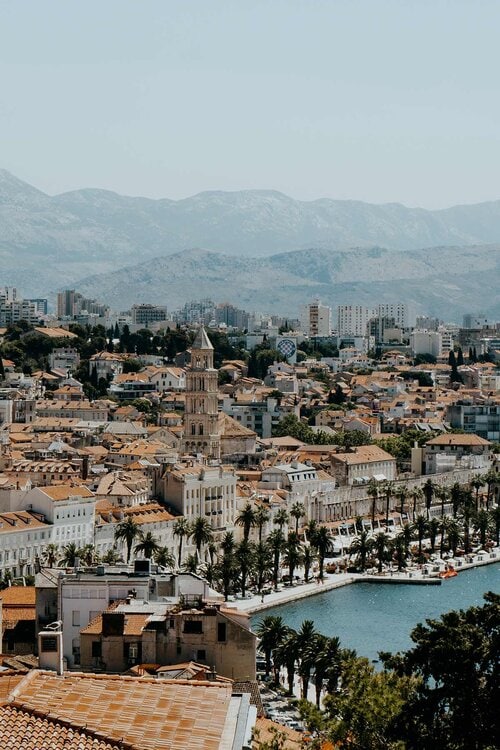
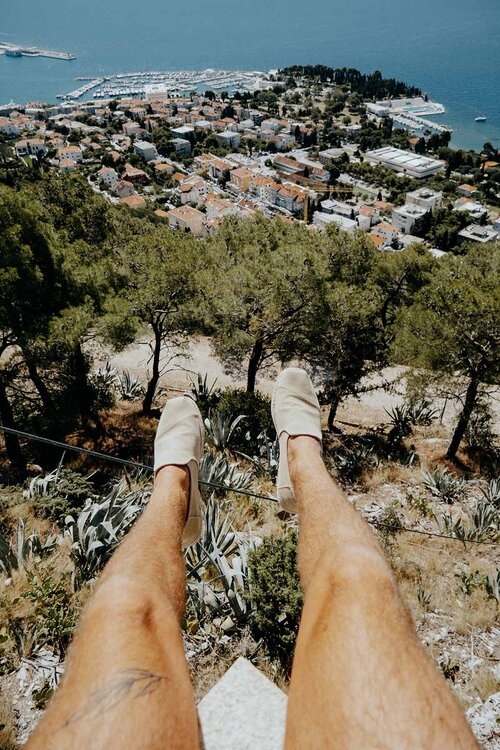
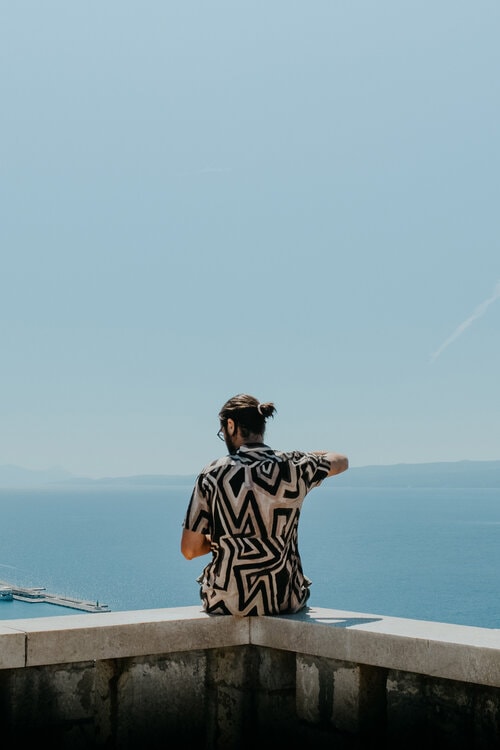
4. Visit the Medieval Klis Fortress
Although the Klis Fortress is located slightly off the beaten path compared to other things to do in Split, I firmly believe this ancient stronghold deserves to be part of this guide.
Located on the edge of a steep cliff, rising above a gorge is the Klis Fortress, a medieval citadel that originates from the time that the Illyrian tribe Dalmatae was ruling the area.
Due to its strategic position, the fortress played an important role in the protection of Split, as well as controlling who had inland access to the Dalmatian coast.
As a result, there were many battles to conquer the stronghold throughout its turbulent history – it is said that the Klis fortress has been under Roman, Byzantine, Ottoman, Venetian, and French rule, before the flag of the Republic of Croatia was raised in 1990.
Luckily, the fortress is now on peaceful ground, and offers well-preserved medieval architecture, as well as the most incredible panoramic view of both Split and the islands that are dotted throughout the Adriatic.
But despite its rich history, Klis fortress is best known for its role as slave city Meereen in HBO’s blockbuster series Game of Thrones, resulting in a tremendous gain in its popularity.
So whether you’re keen to learn about the fortress’s captivating history, or solely a huge GOT fan, a day trip to Klis fortress is one of the things you absolutely should be doing when in Split.
Where | Klis Fortress
Opening hours | Daily 09:00 – 22:00
Cost | Entrance fee 60 HRK (€5,30) per person
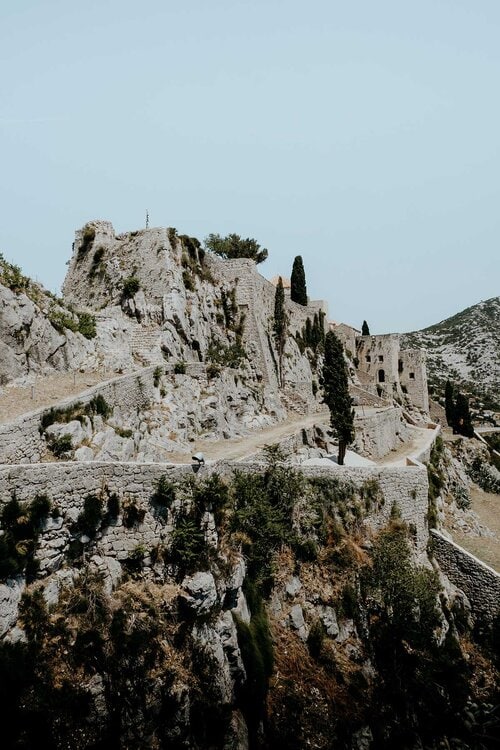
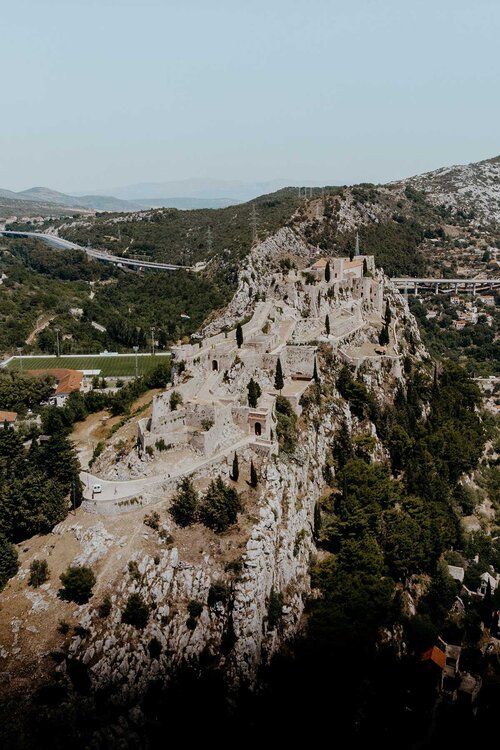
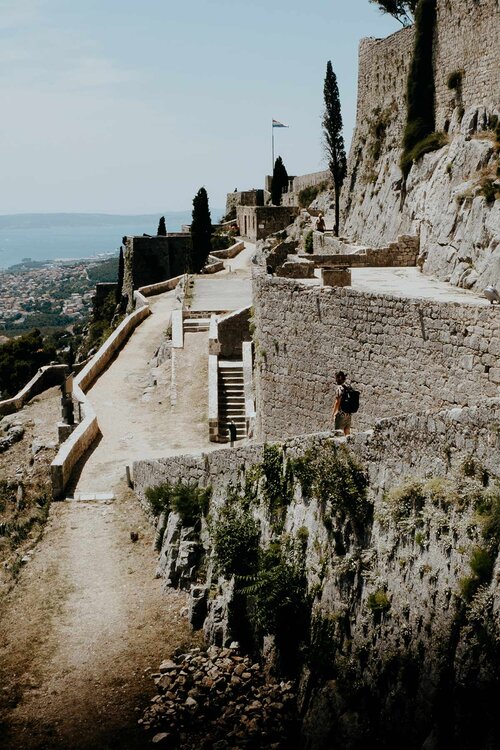
5. Try delicious contemporary cuisine at Fig Split
Nestled in a picturesque courtyard in the lively streets of Split Old Town lies Fig, a contemporary restaurant that is slowly becoming a fixture for travellers who visit Split.
After an active day of exploring the streets of Split Old Town and Klis Fortress, I was desperately in need of a nourishing meal, and after doing some proper research, I decided to pay Fig a visit.
It did not disappoint.
As soon as I arrived, I felt enthusiastic about Fig’s creative menu, and after a short chat with the friendly waitress, I decided to start with a glass of dense red wine, before inviting my dear friends Maaike and Sander to join.
It ended up becoming a true feast, where we sampled incredibly delicious Chimichurri Potatoes, savoury tomato and onion jam flatbread, and creamy chicken Korma.
Something we unanimously noticed, was the quality of the ingredients, as well as the distinctive flavours that were used to compose the dishes.
That said, if you ever find yourself tempted to give in to a random craving, make sure you have Fig in the back of your mind. You simply can’t go wrong here!
Where | FIG Split
Opening hours | Daily 10:00 – 14:00 and 18:00 – 22:00

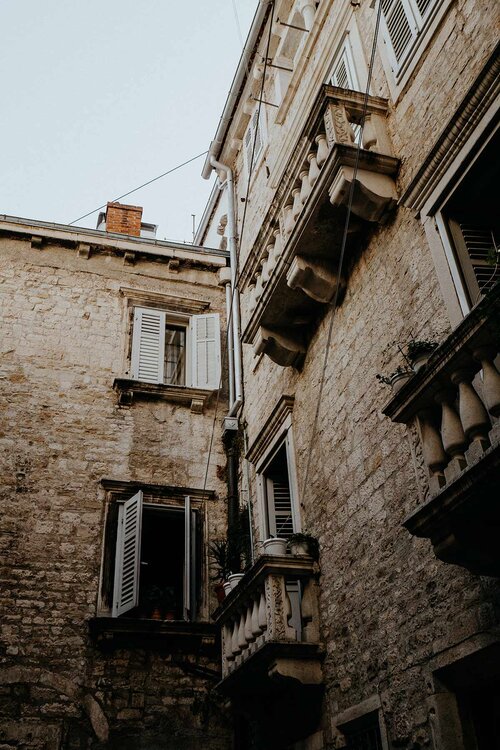

6. Walk the pretty streets of Split Old Town
The old town (Dicoltians’s palace is obviously part of this) makes up Split’s most historic and picturesque area, and it’s where you’re likely to spend the majority of your time too.
Split Old Town, with its well-preserved Roman architecture and twisting laneways, is lively and abuzz, as well as home to a wide array of excellent cafes, bars, and restaurants.
Although I wouldn’t recommend using the map when you roam through the ‘picture-perfect’ streets of Split Old Town, there are two places that I want to bring to notice.
People’s Square | When wandering through the cobblestone streets of Old Town, you’ll inevitably stumble upon the popular People’s Square, a large open square that is packed with cafes and restaurants.
Surrounded by Venetian and Renaissance architecture, including a towering Romanesque clock, the Venetian-Gothic Cambi Palace, and the Town Hall building, the square really is a beautiful place to admire.
All this makes People’s Square the perfect place for an afternoon of drinks and people-watching.
Though I wouldn’t recommend eating here, as most restaurants sell overpriced food – plus you’ll discover way better options when strolling through the adjacent streets.
Let Me Pass Street | I often write about my affection for walking the narrow streets of an undiscovered place, and it felt as though it all built up to this particular moment.
Situated on the left of the temple of Jupiter is the Let Me Pass Street, a narrow alleyway that is considered the smallest street in the world, allowing only one person to pass at a time.
Though it isn’t the most spectacular thing to do in Split, it’s certainly unique – plus it takes a little additional effort to visit.
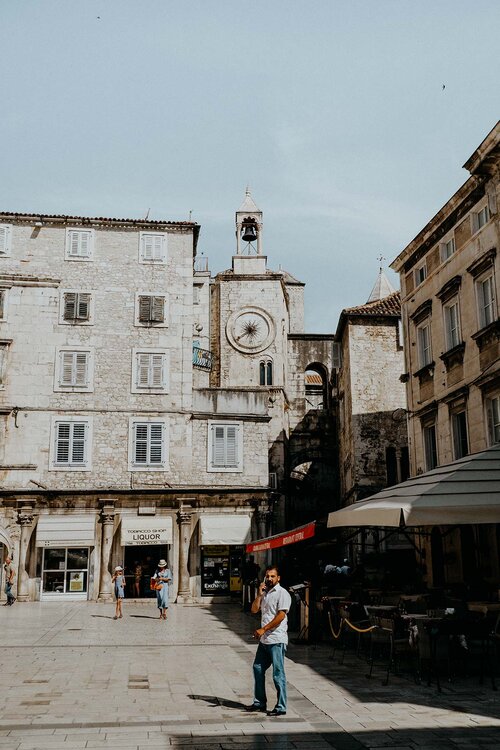
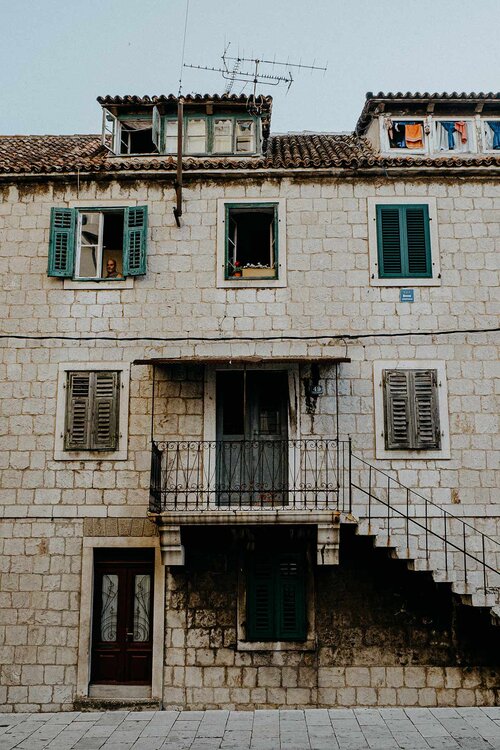
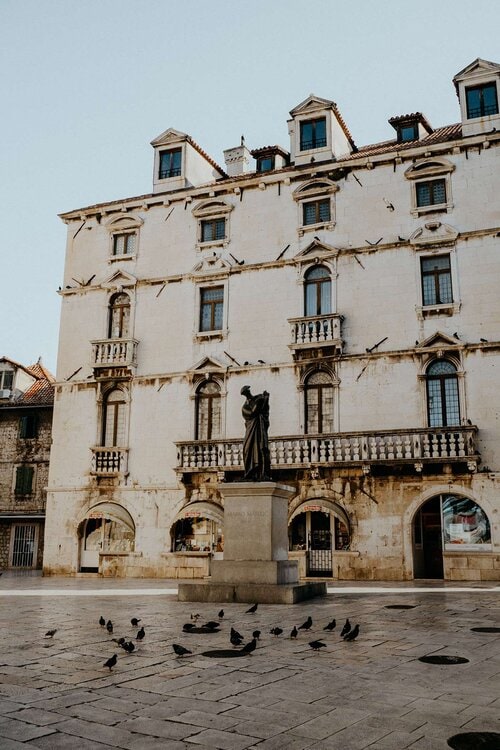
7. Walk the Split Riva
If there’s one thing that provokes the feeling of being on a holiday, it must be a calming walk along the seafront promenade, locally known as the Split Riva.
The palm-lined Riva is lined with cafes and restaurants, and on a hot summer day, it is teeming with locals and travellers alike.
Honestly, it felt a little too touristic for my liking.
If you do however decide to sit down for a drink or bite, expect considerably higher prices than elsewhere in Split. But hey, the incredible view makes up for a lot!
Saying that I wasn’t charmed at all is utterly unfair, the Riva is truly picturesque, I just thought it was a bit too much.
Where | Split Riva
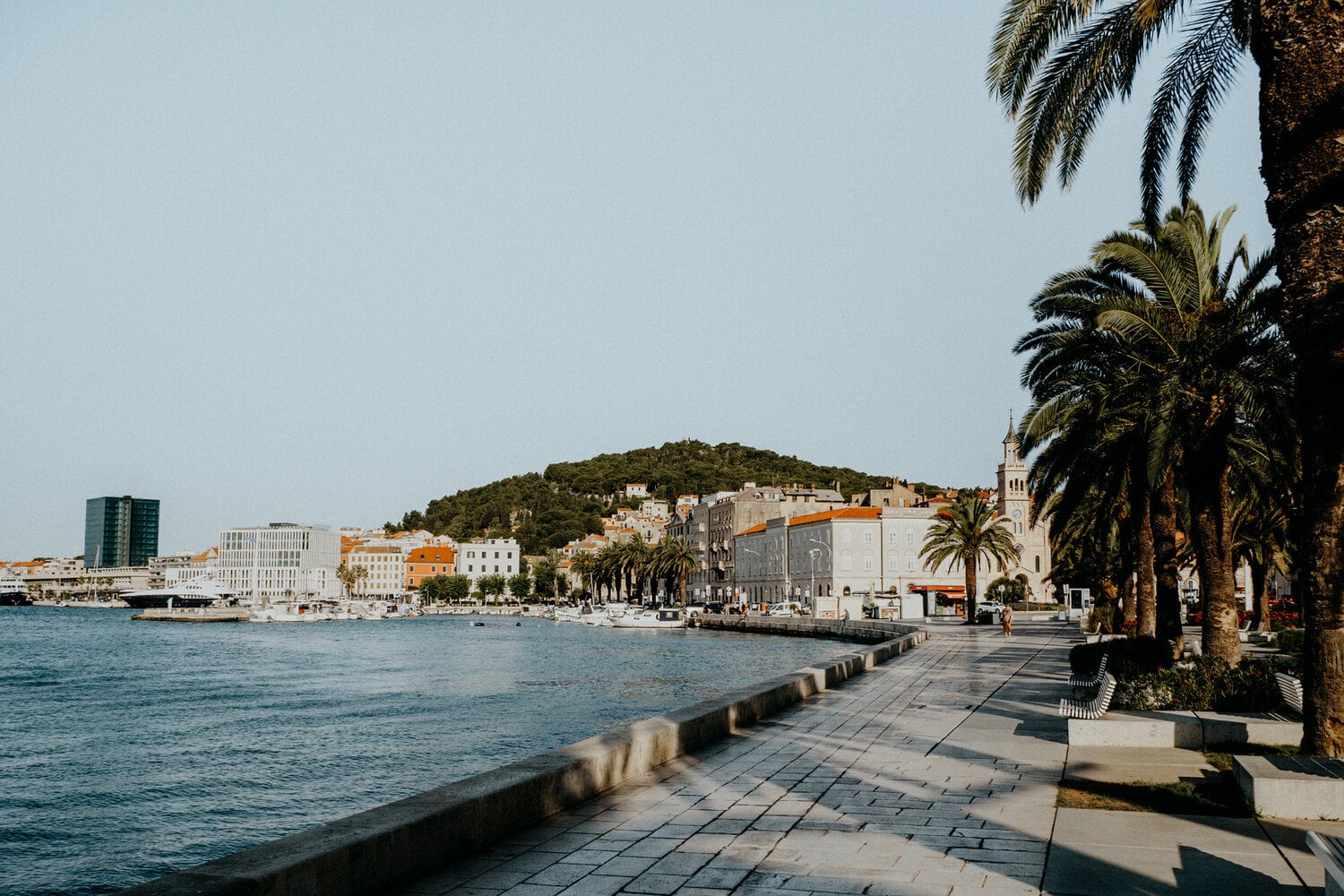
8. Swim at Split’s incredible beaches
Split might be best known for its cultural and historical heritage, it is the picturesque stretches of beach that interests travellers during the sunny summer days.
And let’s be honest, what could be better than a lazy day on the vibrant Dalmatian coast, when your only worries are reading a good book, or taking a refreshing dip in the Adriatic.
Luckily, Split has some incredible beaches scattered along its coastline.
Some of the best Split beaches include:
Kasjuni Beach | In my opinion, the best beach in Split is Kasjuni Beach, a hidden gem that is located just beneath the pine tree-lined Marjan Hill.
This secluded beach is famed for its breathtaking scenery, and has the most crystal clear water – plus there is barely anyone to enjoy it, but you.
There’s also an excellent beach bar, changing rooms, showers, as well as sunbeds & umbrellas for hire, making it perfect for an afternoon of relaxing by the sea.
Where | Kasjuni Beach, Split
Bacvice Beach | Situated at only a 10-minute walk away from Split Old Town is Bacvice Beach, a small sandy bay that is extremely popular due to its convenient location close to town.
This stretch of beach was awarded a blue flag, symbolizing a clean beach with the most crystal clear water.
On top of that, Bacvice Beach is home to a handful of excellent bars, restaurants and pastry shops, meaning you don’t have to do a lot of effort grabbing a quick refreshment or bite.
Where | Bacvice Beach, Split

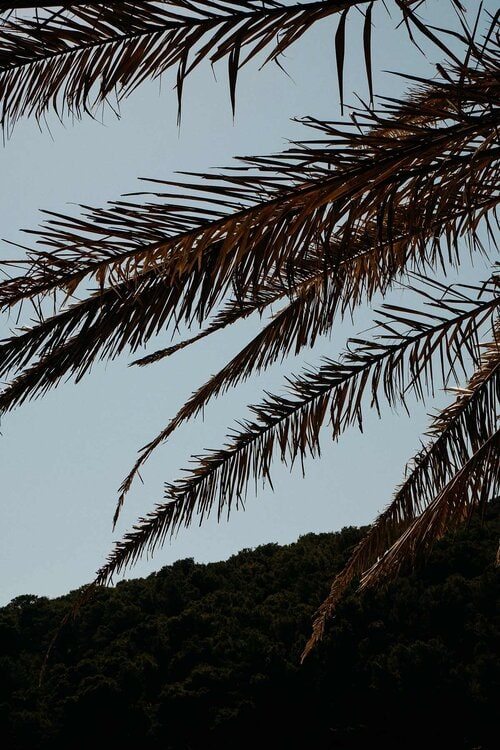
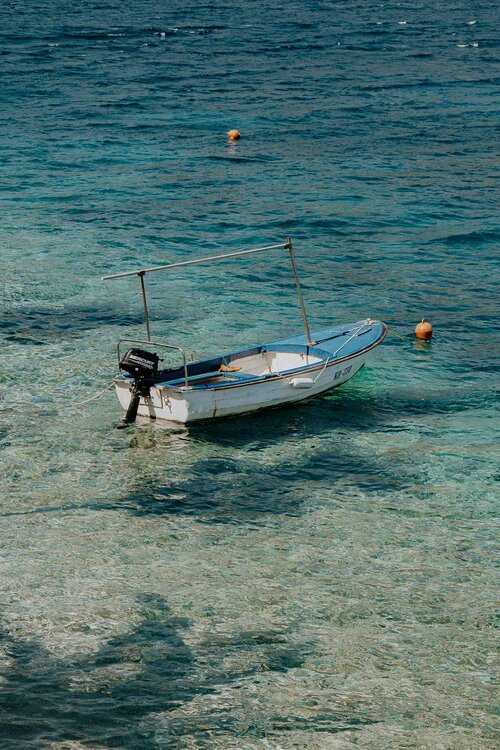
9. Admire the statue of Grgur Ninski
Just before entering Diocletian Palace through the prestigious Golden Gate, you’ll be welcomed by a gigantic statue of Grgur Ninski, a medieval Croatian bishop who fought for the right to use the national language in religious services.
Until this act of valour, services were only held in Latin, making it practically impossible to practise and understand the majority of Croatian people.
At present, the towering statue, sculpted by Ivan Meštrović, is said to bring a dose of good fortune.
By visiting, you’ll notice that his left big toe is all shiny and polished, which is no surprise since Croatians are taught from an early age that rubbing Gregory’s big toe will grant a wish.
If you’re a traveller in search of authentic local stories and legends, make sure to stop by the statue of Grgur Ninski – you might, after all, receive some good fortune.
Where | Statue of Grgur Ninski
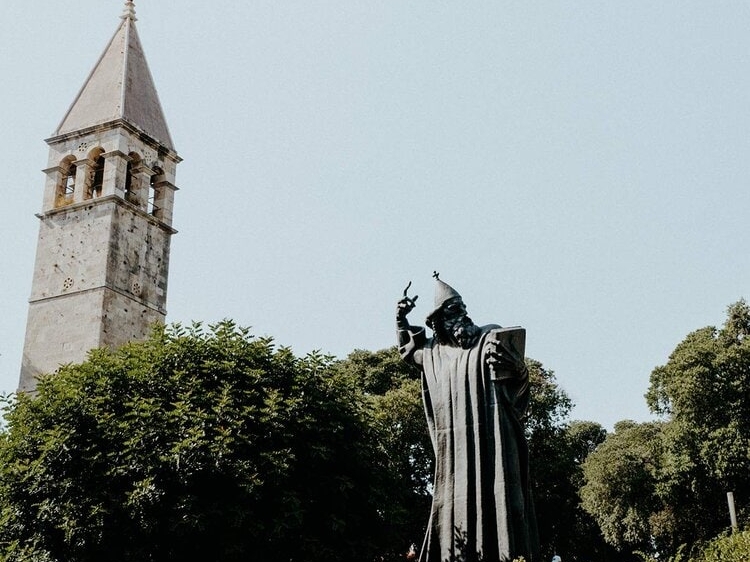
Things to do in Split | The essentials
Weather in Split | The best time to visit Split, Croatia
Although Split has fine weather year-round, I believe the best time to visit the charming coastal town is during the shoulder seasons that run from April to June and from September to October.
During these months the weather is pleasant and the days are long and sunny. On top of that, you’ll notice smaller crowds, as well as slightly lower prices than during the peak months of July and August.
My favourite day tours & activities in and activities in Split
If you’re after an organized tour to discover Split and surrounds, here are some of my favourites.
How to get to Split
As a booming summer destination, Split is pretty straightforward to get to, as Split Airport (Resnik Airport) is serviced by the majority of European and international airlines.
Although it’s most common to fly to Split directly, there are plenty of other options, including busses, and ferries.
By plane | Flights to Split arrive and depart at Split Airport (Resnik Airport), about 40 minutes from the city.
During the peak season that runs from June to September, Split is serviced by the majority of European and international airlines.
For flights to Split, I would recommend Skyscanner. Their website is user-friendly, has a large variety of airlines, and offers the possibility of finding good rates.
Resnik Airport is located 25 kilometres west of Split and is serviced by bus company Promet Split.
From the airport, make sure you take bus line 37 in the direction of the Split main bus station. Tickets cost around 23 HRK (€3,-), and the bus leaves every 30 minutes, starting from 04:30.
By bus | During my trip through Croatia, I was pretty surprised by the amount of bus travel options available.
My favourite though was Flixbus, an excellent company that services all major cities in Croatia, as well as a great selection of cities in the neighbouring countries.
If you’re keen on visiting Split by bus, I’d recommend booking tickets in advance, especially during the peak months.
For booking tickets online, availability and travel departures & information, visit the Flixbus website.
By ferry | If you started your Croatia trip in Dubrovnik, and thereafter ended up on one of the beautiful islands, the best option to get to Split is by taking a ferry.
There are two ferry companies that operate between Split and the islands, Krilo for foot passengers only, and Jadrolinija for both car and foot passengers.
Both ferry operators offer excellent services and operate the area regularly throughout the day, while also being affordable, comfortable, and on time.
I would recommend booking your tickets in advance, especially during the active summer months – this can be done at the ticket booth in the harbour or online.
Safety in Croatia | Travel insurance
While Croatia is completely safe for travellers, I always aim to enter a foreign country with my travel insurance sorted out, and I highly advise anyone else to do the same.
Where we prefer to assume that everything runs smoothly during our travels, the reality is often that something can go wrong at any given moment – when that happens, it is better to be safe than sorry.
Heymondo | Whether you’re going on a 3-week backpacking trip, or planning a long stay somewhere abroad, Heymondo has excellent insurance options either way – plus full COVID-19 coverage and a handy app with 24-hour medical assistance. Readers of WTSW receive 5% off any insurance policy, more information here.
Cheers!
I’ve been on this travel blogging journey since 2019.
If you appreciate what I do here, these are some ways you can support me.

Plan your Croatia itinerary with these essential guides
8 Wonderful things to do in Korcula, Croatia
With over a thousand islands, most travellers to Croatia find it a hard time deciding which island to visit, resulting in them often skipping over some of the best ones, including Korcula.
I’m here to make sure Korcula ends up as one of the destinations in your Croatia itinerary.
In my opinion, Korcula Town is one the most authentic, and underrated places in Croatia, and therefore not to be missed.
The historic fortified town of Korcula is often referred to as one of the best-preserved medieval towns in the Mediterranean, and trust me, that’s for an excellent reason.
From the incredible Korcula land Gate to the winding alleyways of the old town, the intriguing ornate St. Mark’s Cathedral, to the alleged birthhouse of famous world traveller Marco Polo, this small yet incredible town sure knows how to charm and captivate.
Here’s my guide to Korcula, including the best things to do in Korcula, where to stay, when to visit, and how to get there, as well as essential information and tips that help you make the most out of your time here.
If you choose to use any of the links on this page, I may receive a small commission at no extra cost to you. By using these links, you’ll have a direct impact on WTSW and my ability to continue to create free insightful travel content for you. If you find any of my tips useful, you can support me by buying a virtual coffee here.
Where is Korcula
Where to stay in Korcula
There’s a whole myriad of excellent accommodations in Korcula Town, including luxurious hotels, homey apartments, and budget-friendly hostels, that fit any budget and travel style.
+ White House Apartments | Nestled in the lively streets of Korcula Old Town, White House Apartments offers a unique and authentic setting, and a prime location near all the best things to do in Korcula, while also providing superb comfort. The room comes with an excellent bed, air-conditioning, a private bathroom, and a kitchen with a washing machine – perfect for either short or long stays.
B&B Ghetto | Situated just outside Korcula Town is B&B Ghetto, a spacious apartment that provides comfortable beds, air-conditioning, and an excellent private bathroom. On top of that, it is fairly priced, as well as close to most of the interesting things to see and do in Korcula.
Alternatively, search for accommodations in Korcula Town on booking.com.
8 Unique things to do in Korcula
1. Admire the Veliki Revelin Tower
It is often said that Korcula is among the best-preserved medieval towns in Croatia, and the old town’s picture-perfect main entrance surely adds to this noteworthy reputation.
Dating back as far as the 14th century, the Veliki Revelin Tower is a medieval construction with an adjacent staircase, that is presently used as the town’s main entrance.
At first, the old town of Korcula was entered via a wooden drawbridge, before it was upgraded in the midst of the 18th century to the exquisite staircase we walk today.
Entering the old town from here is among the best things to do in Korcula, as it provides authentic, medieval feels – plus it makes an excellent backdrop for your next Instagram post.
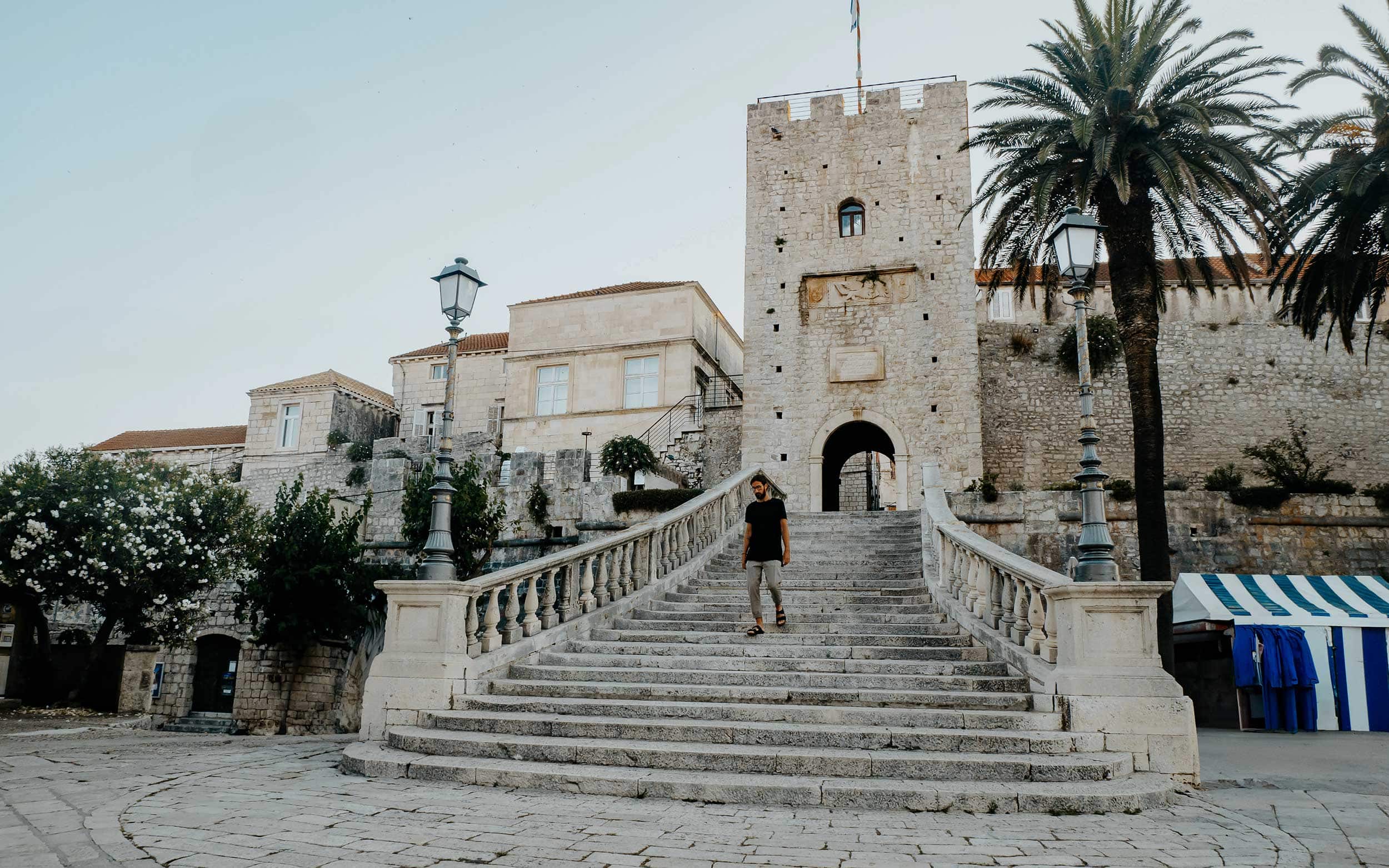
2. Visit the Marco Polo House
Although we’ll never know for sure, local legend has it that famous world traveller Marco Polo was actually born in the coastal town of Korcula, Croatia.
Given his exceptional reputation, it is little wonder that the Korcula locals embrace this (alternative) story with a large amount of pride.
Situated in the vibrant streets of Korcula Town lies a small, yet charming house that is alleged to be the birth house of Marco Polo, one of the best explorers the world has ever seen.
At present, the house is open to visitors, though it’s probably far from its old grandeur.
Recently, the Korcula Town Authority bought the rights to the property, with a clear mission to restore the building to its former glory, as well as turning it into the Museum of Marco Polo.
Honestly, I believe the Marco Polo House is not worth the entrance fee at the moment of writing (August 2020), but I do see that it has great potential in the near future.
If you do however plan to go inside, make sure to visit the loggia on top.
Additionally, you could visit the Marco Polo Museum just outside Korcula Old Town, costing 75 HRK (€10,-) per person.
Where | Marco Polo House
Opening hours | Daily 11:00 – 21:00
Cost | 20 HRK (€2,65) per person
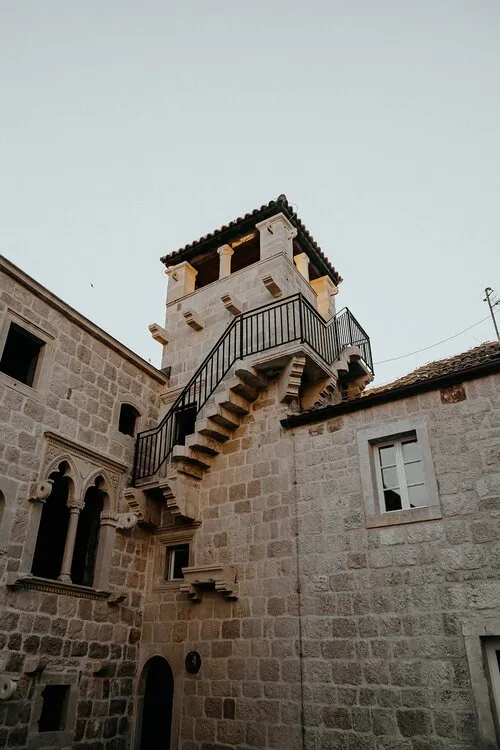
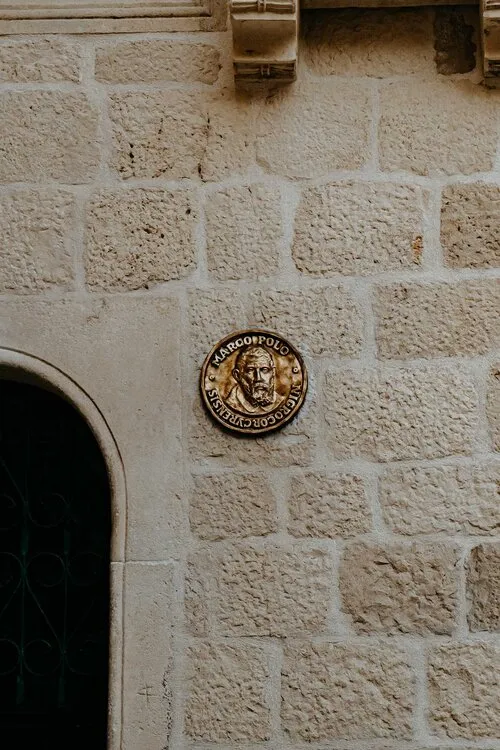
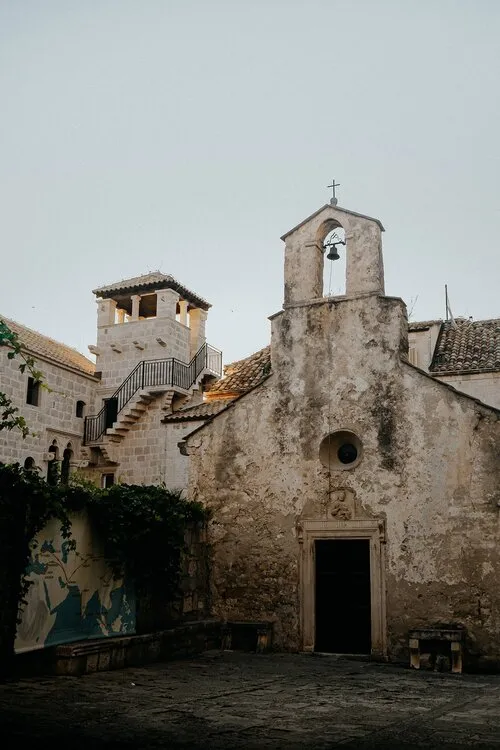
3. Spend a day on of the stunning Korcula Beaches
It’s not only medieval splendour that characterizes Korcula Old Town.
No, Korcula is in fact home to a great selection of incredible beaches and awesome swimming spots sprinkled around the neighbouring coastline.
Whether you’re after a quiet stretch of pebble beach, a local town beach, or a dock to lay down your towel, before diving into the refreshing waters of the Adriatic, Korcula has you covered.
Some of my favourite Korcula beaches include:
Beach Ispod Duvana | At only a 10-minute walk from Korcula Old Town lies Ispod Duvana, a picture-perfect stretch of beach that is without a doubt my favourite beach in Korcula.
As soon as you lay down your towel, you’ll be welcomed by the most iconic view of Korcula Old Town. The view genuinely gave me goosebumps, even though it was 34 degrees.
On top of that, this quiet stretch of pebble beach offers easy access to the Adriatic, making it an excellent place for an afternoon of swimming and relaxing.
Where | Beach Ispod Duvana, Korcula
Zakerjan Beach | Located on the eastern edge of the old town, Zakerjan Beach is among the oldest swimming spots in Korcula and is popular with travellers and locals alike.
Zakerjan beach offers a small pebble cove, concrete platforms as well as a number of ladders and steps that provide easy access to the sea.
All this makes Zakerjan Beach the perfect spot for those wanting to stay close to their accommodation, while also having the possibility of enjoying the Mediterranean sun and sea.
Where | Zakerjan Beach, Korcula
Banje Beach | Considered the oldest beach in town, Banje Beach is a small pebble beach situated in the Borak area, roughly 15 minutes east of the old town.
The cove around Banje Beach is also home to a couple of excellent restaurants serving food and refreshments, making it perfect for families.
However, Banje Beach is one of the most popular local beaches near Korcula Town, and therefore more crowded than the aforementioned beaches, especially during the summer months.
Where | Banje Beach, Korcula
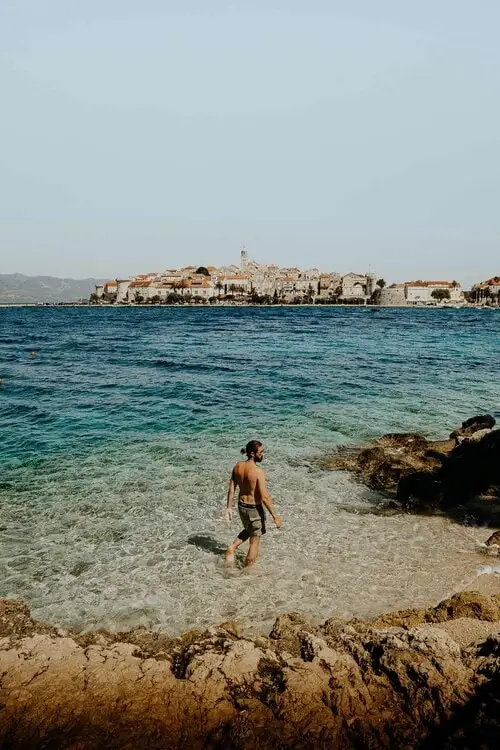
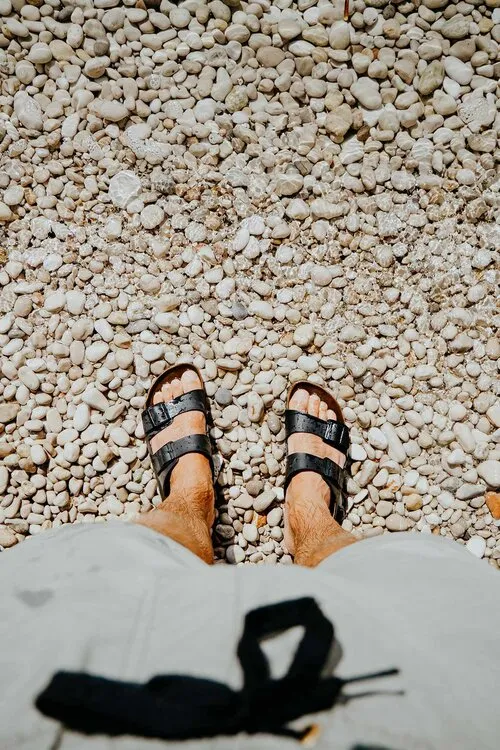
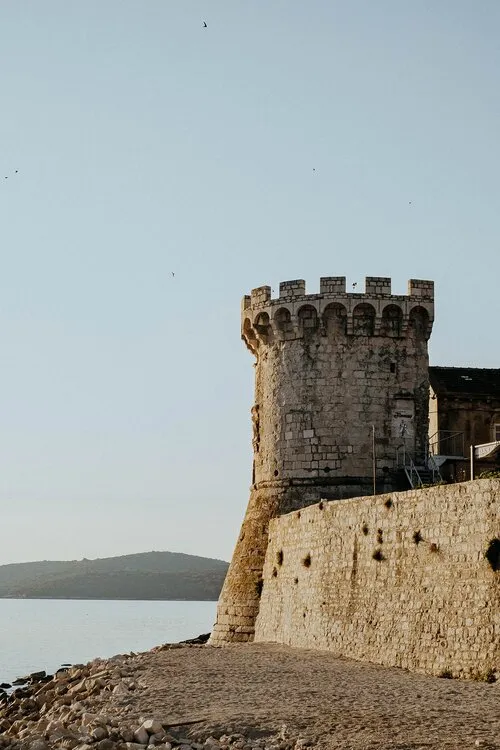
4. Sample delicious pastries at Aurora Sweets
If you’re a seasoned sweet tooth after a mouth-watering treat, I’m pretty sure this little gem is the recommendation you were waiting for.
Tucked away in one of Korcula’s charming alleyways lies Aurora Sweets, a small bakery that serves a great selection of cakes, cookies, and desserts, as well as excellent coffee and nourishing smoothies & bowls.
If it wasn’t for my decision to walk the old town one more time before leaving for Dubrovnik, I would have never stumbled upon this cosy dessert cafe, which would have been a disaster.
But fortunately, I did.
After a short chat with the friendly lady behind the counter, I selected the Shrek Mint pastry, an excellent cake that was perfectly crafted around the subtle, yet refreshing flavour of mint.
However, what I liked most, and why I would go back, is the fact that most of their pastries are based on natural ingredients, resulting in a great array of vegan, refined sugar and gluten-free options.
Where | Aurora Sweets, Korcula Town
Opening hours | Daily 09:00 – 21:00
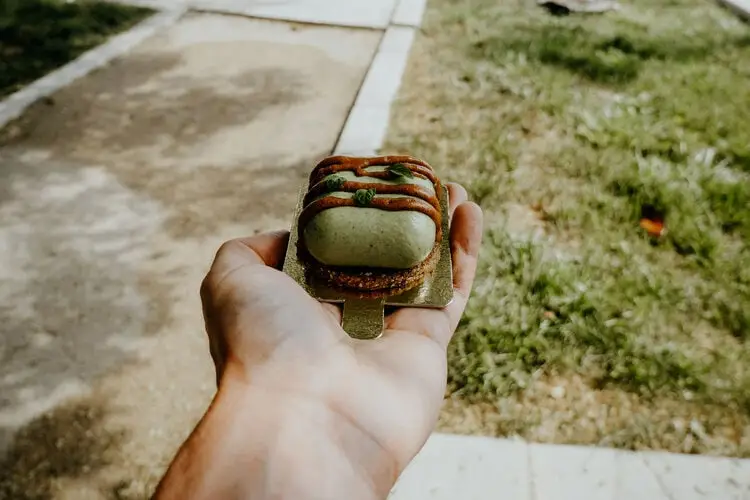
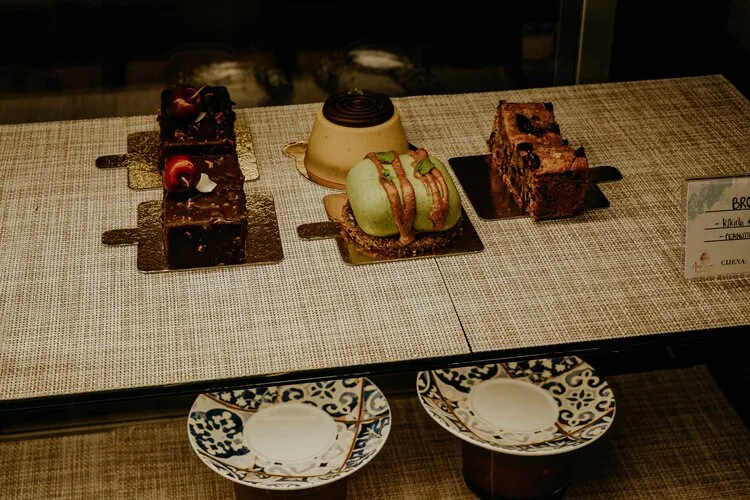
5. Get lost in the streets of Korcula Old Town
Said to be one of the best-preserved medieval towns in the Mediterranean is Korcula Old Town, a small coastal town that is easily among the most attractive towns I’ve ever set foot in.
Korcula Old Town is, in fact, picture-perfect as if lifted straight from a traditional romantic movie.
For that reason, the best thing to do in Korcula is simply wander through the town’s narrow cobblestone laneways, whilst taking in the beautifully elegant architecture.
Honestly, walking here felt as though I’d stepped back in time.
If you’re after an even better experience, make sure to walk the streets during sunrise, when there’s barely anyone awake, and the rustic buildings reflect the day’s first rays of sunlight.
In one word: mesmerizing!
Although I spend only a day in Korcula, I wouldn’t mind spending a whole week, getting lost in Korcula Old Town’s enchanting little laneways.
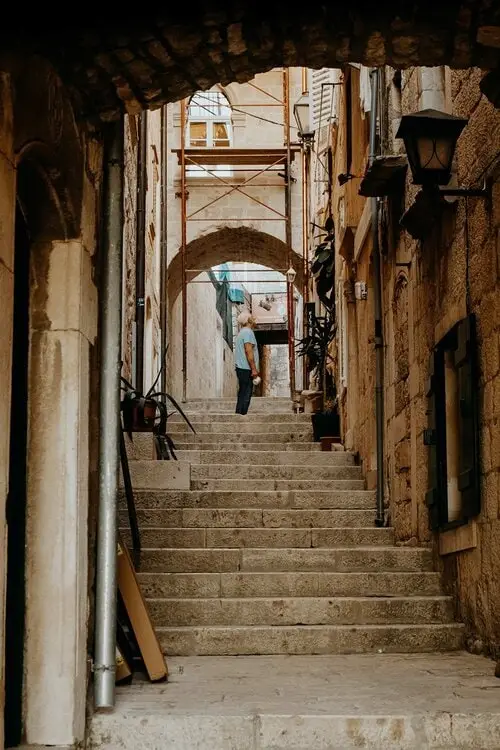
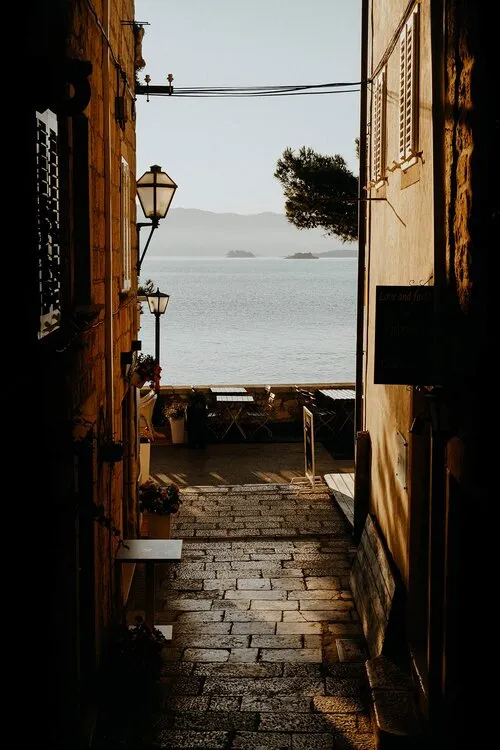
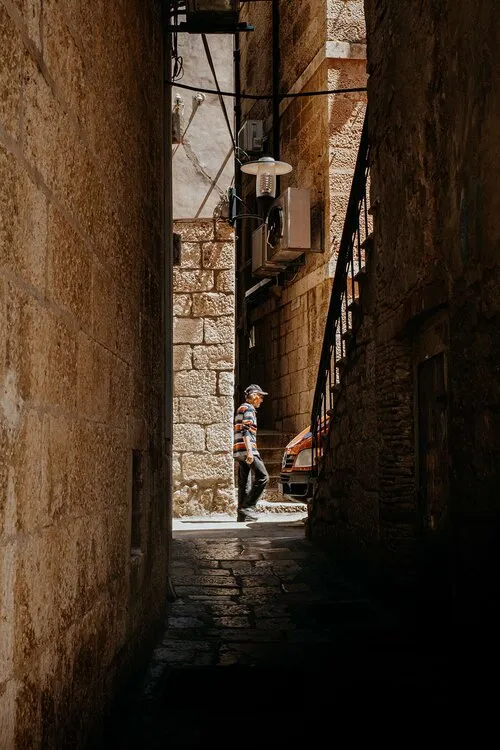
6. Visit the St. Mark’s Cathedral
Situated on a small square in the heart of Korcula Town is the majestic St. Mark’s Cathedral, a towering construction that is charmed by its locally obtained limestone, intriguing details, and ornate Gothic-Renaissance style.
When the building was built in the 15th century (on top of an older church), both local and Italian artisans, gave significant importance to the cathedral’s facade, which if you ask me, is easily reflected in the church’s baroque details and sculptures.
But it wasn’t just the outside that left me in awe.
Inside, the cathedral has an elevated ceiling, a colonnade that is made of exquisite limestone pillars, as well as a handful of exceptional artworks, including a bronze statue of St Blaise, and a notable painting in the ‘Three Saints’.
If you’re keen on going to higher grounds, make sure you visit the bell tower as well.
Due to the church’s strategic position (the highest point of Korcula Town), it provides the most spectacular views of both the Old Town and the Adriatic Sea, making it one of the best things to do in Korcula.
Where | St. Mark’s Cathedral, Korcula Town
Opening hours | Daily from 09:00 – 21:00
Entrance fee | 10 HRK (€1,33) per person
Entrance Belltower | 25 HRK (€3,32) per person
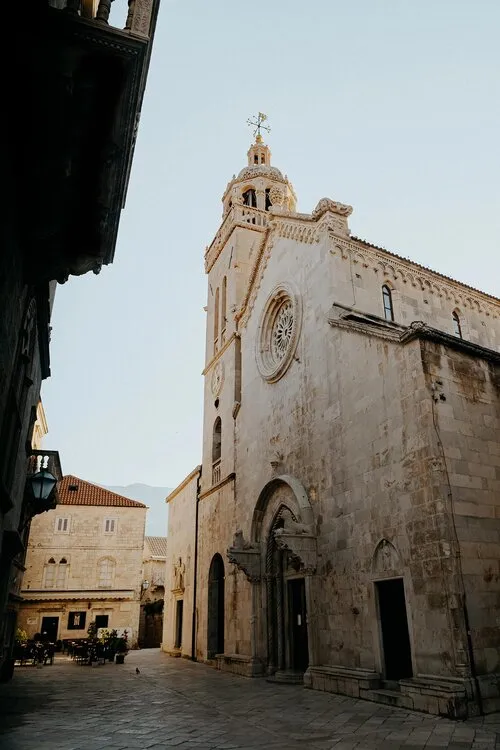
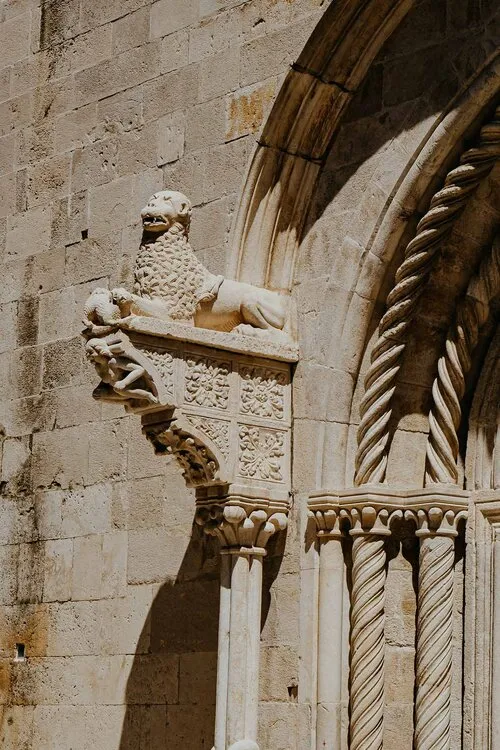
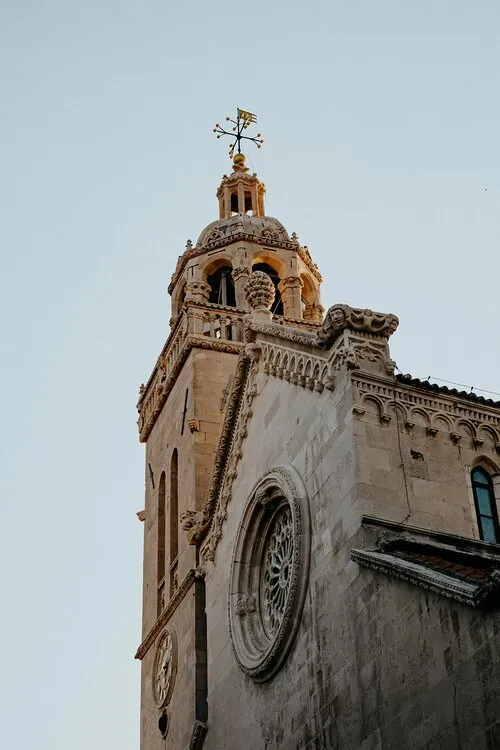
7. Walk the seaside promenade of Put Svetog Nikole
Just west of Korcula Town lies Put Svetog Nikole, a palm tree-lined promenade that is hands down my favourite place to escape the sizzling Mediterranean heat in Korcula.
During the summer months, both locals and travellers enjoy going here for a lazy afternoon of swimming, relaxing, and tanning.
To me, that’s no surprise.
Along the entire promenade, you’ll find easily accessible swimming spots, mainly in the form of docks and concrete platforms, mostly providing ladders to enter the sea.
On top of that, there is Ispod Duvana, an excellent beach where you’ll easily find yourself chilling away an afternoon (or two) – so don’t forget to bring a good book.
But it is only when your afternoon of relaxing is over that the real charm comes to attention.
When walking back in the direction of Korcula, you’ll be welcomed by the most iconic view of both Korcula Old Town and the stunning Adriatic in the distance.
Where | Put Svetog Nikole
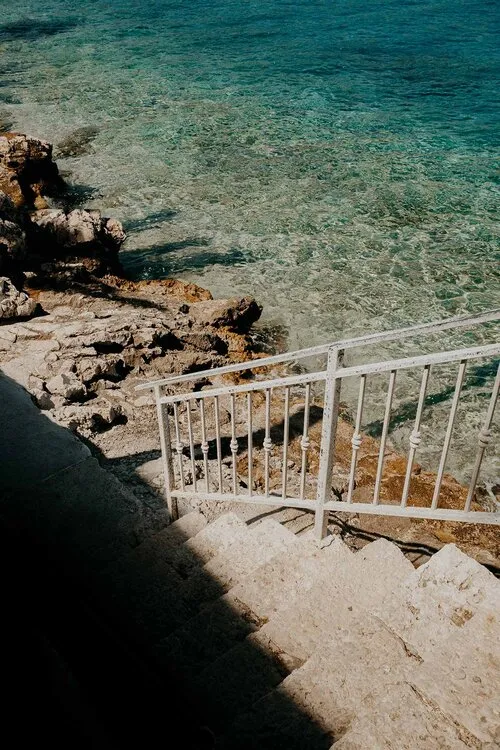
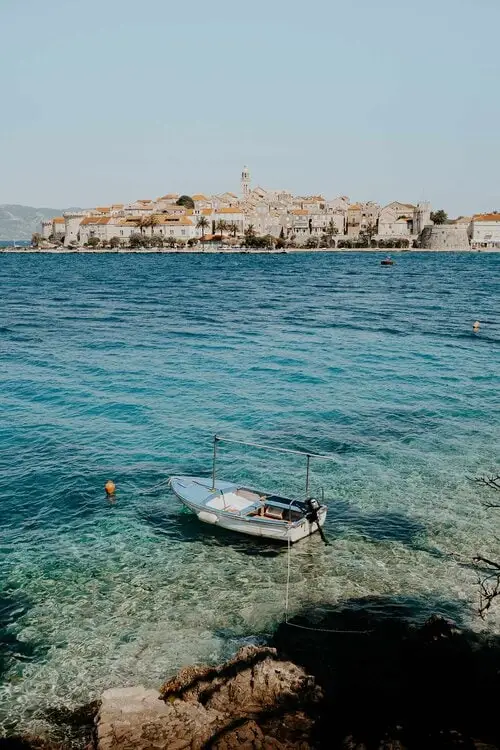
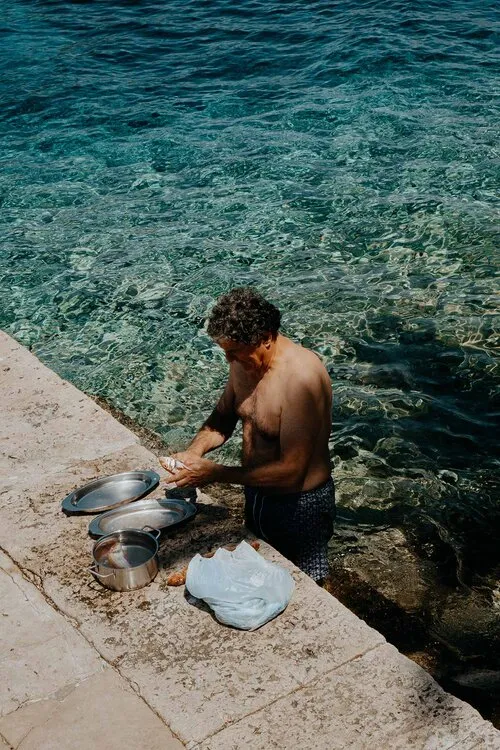
8. Discover the Korcula Archipelago
Similar to the neighbouring island of Hvar, Korcula is home to an impressive group of islands, dotted throughout the Adriatic.
Charmed by 18 quaint islands, the Korcula Archipelago has clearly no shortage of pristine beaches and coves, that are ideal if you’re after swimming, relaxing and activities on the water.
The largest and best-known of these islands is Badija, an island that is known for its 14th-century Franciscan Monastery, fallow deers, and an array of excellent beaches and swimming spots.
Other great islands that are worth visiting include Vrnik and Stupet. These 3 islands, as well as Lumbarda, are easily accessible by using the water taxi or hop-on-hop-off speed that departs from the main harbour in Korcula Old Town.
If you’re keen to go off the beaten path and explore the smaller, more secluded islands & islets, make sure to rent a small boat. Do bear in mind that you need a license to operate a motorboat.
No license, no problem. Alternatively, there is the option to rent a boat including a skipper.
Where | Korcula Archipelago
Cost boat rental | Starting at 400 HRK (€54,-) | Including a skipper 800 HRK (€108,-)
Cost Hop on Hop Off | 200 HRK (€27,-) for a day ticket, book here
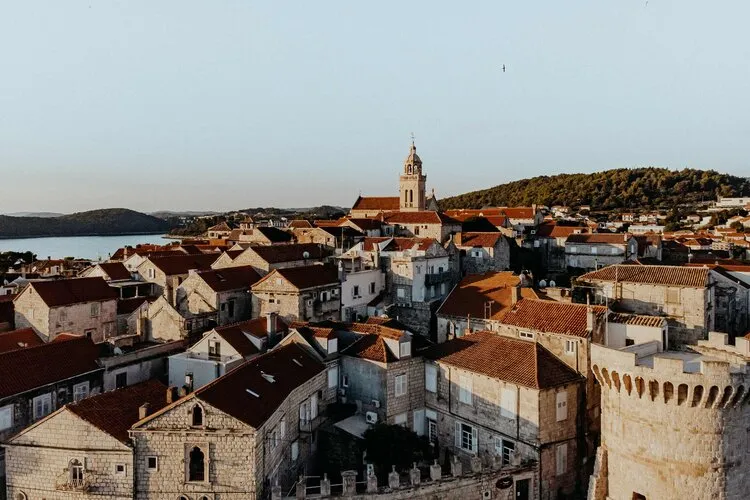
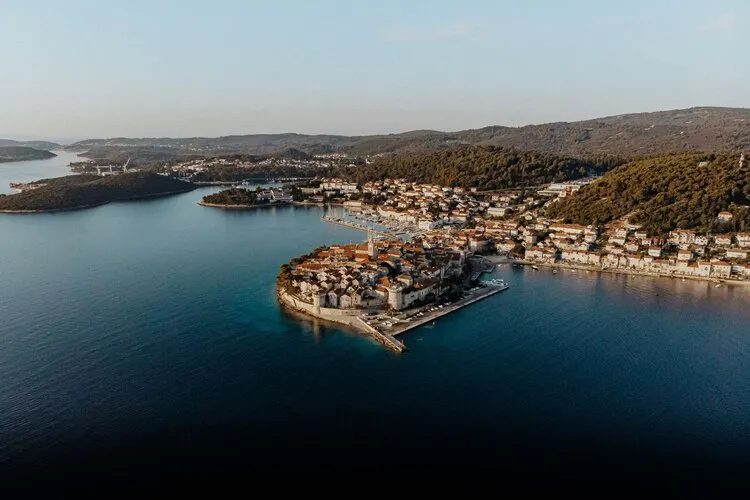
Things to do in Korcula | The essentials
The best time to visit Korcula
Like most islands in the Mediterranean, Korcula enjoys great weather year-round. Accordingly, the summers are hot and lengthy, with July and August as the hottest months.
Personally, I think that the best time to visit Korcula is just outside those peak months when temperatures are excellent, yet still bearable, providing the best circumstances to tick off all the best things to do in Korcula
These shoulder months run from April to June and from September to October.
During these periods, the days are long, there is little to no rainfall, as well as smaller crowds and slightly cheaper prices, which is always a good thing right?
My favourite day tours & activities in Korcula
If you’re after an organized tour to discover Korcula and surrounds, here are some of my personal favourites.
How to get to Korcula Old Town
If you’re keen to visit the charming island of Korcula, you’ll have to step aboard one of the ferries that operate between Split, Brac, Hvar, Korcula, Mjilnet and Dubrovnik.
There are two companies that service the islands, one for foot passengers only – Krilo, and one for both car and foot passengers – Jadrolinija.
The ferry services are among the best I’ve ever used, and operate the area frequently throughout the day – plus they are pretty affordable, comfortable, as well as strictly on time.
Both operators offer excellent services, and tickets are easily booked online or at the ticket booth in the harbour.
I would recommend booking your tickets in advance, especially during the busy summer months.
How to get from Hvar to Korcula | Hvar Town is basically built around its picturesque main harbour, therefore it’s pretty straightforward to find your departing ferry to Korcula.
As soon as you board the ferry, sit down, take it easy, and enjoy the epic sceneries along the way. The journey takes roughly 1 hour and 20 minutes.
Where | Harbour of Hvar
Cost | 110 HRK (€14,55) one-way
Travel time | Roughly 1 hour and 20 minutes
Departure time | Daily 08:50 and 18:10
How to get from Split to Korcula | The ferry from Split to Korcula departs from the first pier at the main harbour in Split and the journey takes roughly 2 and a half hours.
Make sure that you’re at the right terminal by checking the number that is indicated at the dock. If you’re not completely certain, don’t mind asking the ticket vendor.
Where | Split Ferry Port
Cost | 140 HRK (€18,50) one way
Travel time | Approximately 2 hours and 15 minutes
Departure time | Daily 07:40 and 17:00
How to get from Dubrovnik to Korcula | If you’re after a trip to Korcula from Dubrovnik, you’ll have to go to the Dubrovnik ferry port, situated in Gruz, a neighbourhood roughly 25 minutes from Dubrovnik Old Town.
Make your way to the ferry port by jumping aboard a local bus that leaves for Gruz from the Pile gate. Bus lines that operate in this area include no 1a, no 1b, and 3. More information on the Dubrovnik bus lines here.
As soon as you leave Dubrovnik, it should take around 2 hours to reach Korcula.
One thing you should take into account is the fact that this route is operated exclusively by Krilo, and departs only once daily at 16:30.
Where | Dubrovnik Ferry Port
Cost | 140 HRK (€18,50) one way
Travel time | Around 2 hours
Departure time | Once daily at 16:30
Safety in Croatia | Travel insurance
While Croatia is completely safe for travellers, I always aim to enter a foreign country with my travel insurance sorted out, and I highly advise anyone else to do the same.
Where we prefer to assume that everything runs smoothly during our travels, the reality is often that something can go wrong at any given moment – when that happens, it is better to be safe than sorry.
Heymondo | Whether you’re going on a 3-week backpacking trip, or planning a long stay somewhere abroad, Heymondo has excellent insurance options either way – plus full COVID-19 coverage and a handy app with 24-hour medical assistance. Readers of WTSW receive 5% off any insurance policy, more information here.
Cheers!
I’ve been on this travel blogging journey since 2019.
If you appreciate what I do here, these are some ways you can support me.

Plan your Croatia itinerary with these essential guides
13 Incredible things to do in Hvar, Croatia
Situated in the midst of the Adriatic sea, just off Croatia’s beloved Dalmatian coast is Hvar, a paradisiac island that is really up there with the best of ‘em.
At present, Hvar is among Croatia’s most visited islands, and that’s no wonder if you ask me!
From the twisting cobblestone laneways of Hvar old town to the turquoise waters of the Pakleni islands, the with lavender covered hills of Brusje to the world-class pebble beaches and coves, Hvar truly is like no other island I’ve ever set foot on.
But to me, there are a myriad of other things that contribute to Hvar’s charm.
Think mouth-watering Dalmatian cuisine, well-preserved ancient fortresses, stunning Venetian architecture, and authentic local villages dotted throughout the island.
Not to mention that the island spoils visitors to some of the most stunning sunsets in the Mediterranean.
To help you plan your own trip to Hvar, I’ve put together this guide, including all the best things to do in Hvar, the finest Hvar beaches, and where to stay – plus all the essential travel information to help you make the most of your trip here!
If you choose to use any of the links on this page, I may receive a small commission at no extra cost to you. By using these links, you’ll have a direct impact on WTSW and my ability to continue to create free insightful travel content for you. If you find any of my tips useful, you can support me by buying a virtual coffee here.
The New Where the Souls Wander Print Store
After putting out my first-ever print collection in 2022, I decided it was finally time to re-open my print store, and I couldn’t be happier with the result.
Whether you’re looking to grab a unique piece for your own wall, gift one to a loved one to remind them of a memorable trip together, or simply get your hands on a piece because it provokes a specific memory or feeling, I’d be honoured and grateful if you decide to collect or gift one of my prints.
To celebrate the launch, I’m offering a 20% discount until the 24th of December.
Where is Hvar
Hvar Island is poised between the islands of Brac and Korcula in the midst of the Adriatic Sea, just off the popular Dalmatian coast of Croatia.
Nicknamed the island of sunshine, Hvar is considered the sunniest spot in Croatia, as well as the country’s most luxurious beach destination.
Where to stay on Hvar
Hvar is by far one of the most popular destinations for travellers to Croatia.
As a result, you’ll find loads of excellent accommodation options. Think cosy apartments, budget-friendly hostels, fancy oceanfront resorts and everything in between.
However, if you’re looking to stay in Hvar Town, make sure you have your accommodation sorted out as soon as possible.
The old town is quite popular among travellers, which makes it sort of challenging to find accommodation that suits your travel style and budget, especially during the peak summer months.
To help you out, I’ve listed a few of my personal favourites below, some of which are marked – these are the ones where I stayed myself.
+ Villa San Marco | During my first time on the island, I stayed 3 nights here. This small family-run guest house felt like a home away from home and offered me exactly what I needed to rest and enjoy the island. The room comes with a comfortable double bed, air-conditioning, a small kitchen, and an excellent bathroom. On top of that, I was given a lot of insider tips from the friendly host.
Apartments Villa Tudor | If you’re after a bit more luxury, look no further, Apartments Villa Tudor is exactly that, and even more. Located only 100 meters from the action, this apartment is charmed by excellent design, a comfortable double bed, and an overall spacious layout. An outstanding option for couples and families.
Apartments Juric | Situated slightly out of Hvar Town, Apartments Juric offers a bit more tranquillity, while still having the most popular things to do in hand reach. The apartment itself has a spacious layout, is air-conditioned, and has an excellent bathroom ensuite. Altogether a perfect apartment if you’re after a calmer place to stay.
+ White Rabbit Hostel | Nestled in a picturesque alley just off Hvar’s historic main square, White Rabbit is a welcoming hostel that offers comfortable shared rooms for a great price. The hostel has a spacious common room, and air-conditioning, and is close to all the best things to do in Hvar. I visited White Rabbit because I was keen to end my Croatia trip on Hvar, and had an excellent time there.
If the above accommodations do not resonate with your travel preferences, search accommodations on Hvar on booking.com.
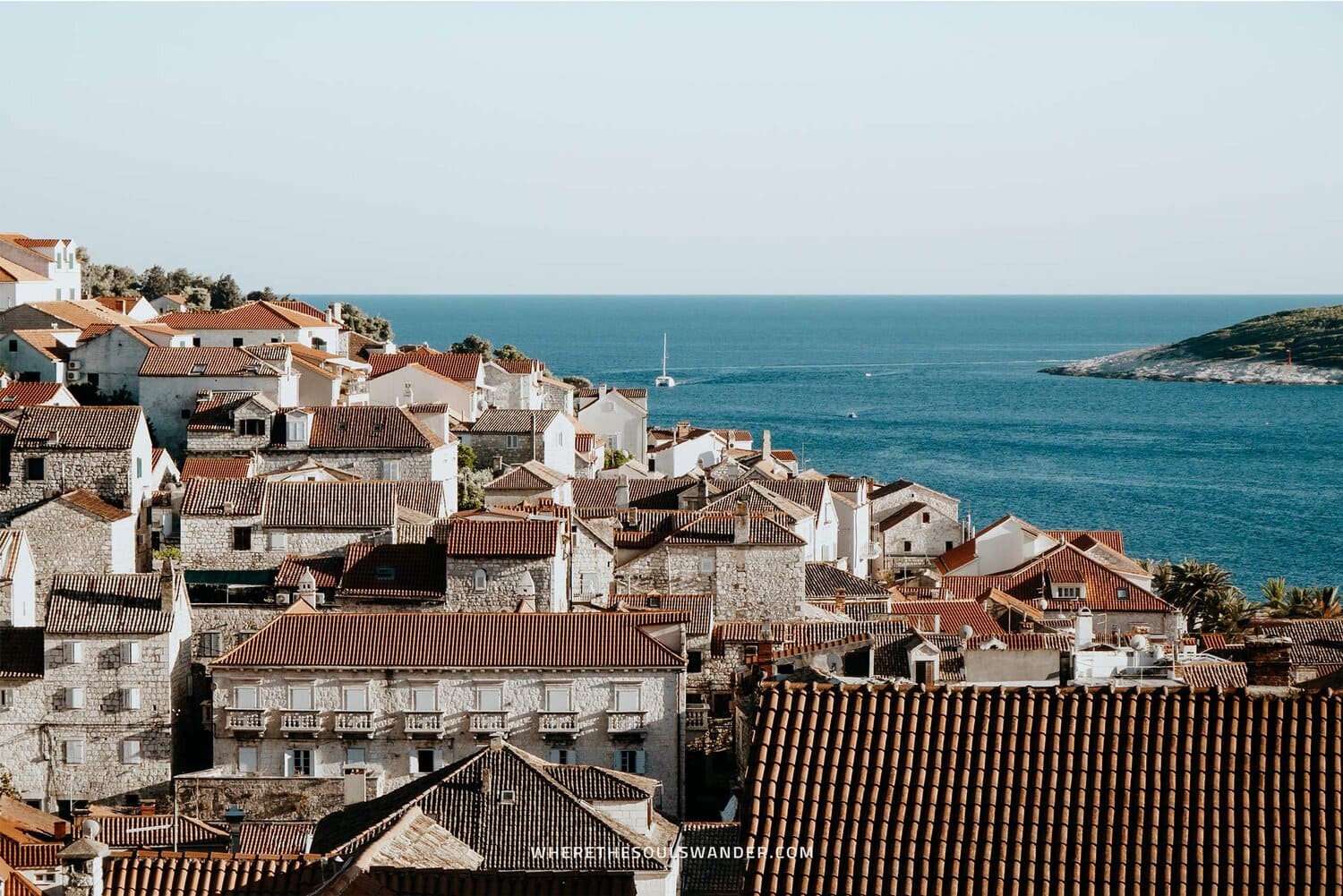
13 Incredible things to do in Hvar, Croatia
1. Explore the narrow laneways of Hvar Old Town
Early morning walks when the whole island was still asleep, was easily my favourite thing to do in Hvar.
Charmed by intriguing Venetian architecture and narrow cobblestone laneways, Hvar’s medieval old town was an open invitation to experience a unique and authentic side of Hvar.
Throughout my entire stay on the island, I’d set my alarm at 05:30, happy and energized to discover the twisting laneways of Hvar’s old town – all while the morning sun slowly started to illuminate the rustic buildings, and the locals began their daily activities.
To fully experience this side of town, I’d suggest walking slowly and be curious to watch the stories unfold around each and every corner. Also, I encourage to get lost on purpose rather than using a map.
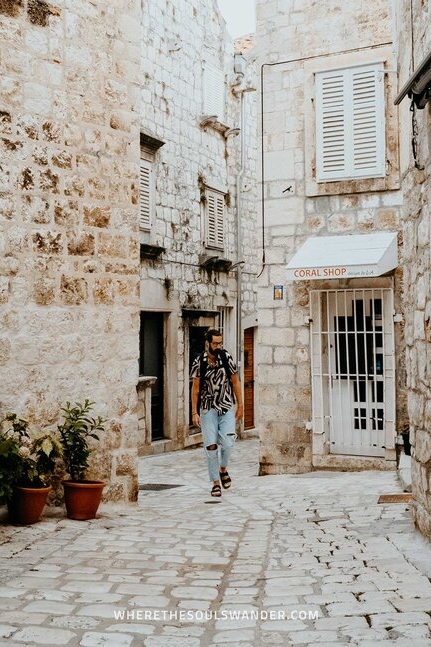
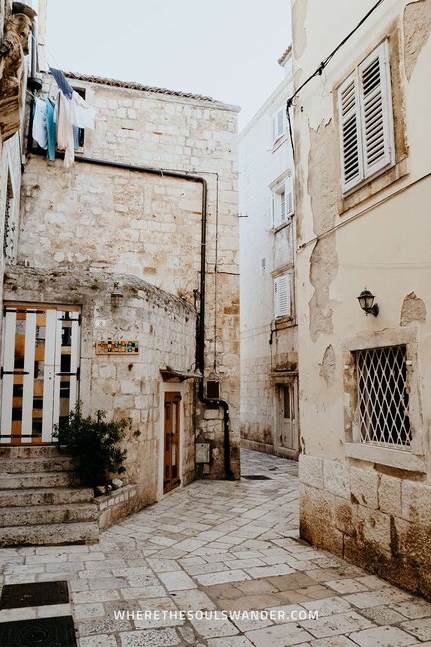
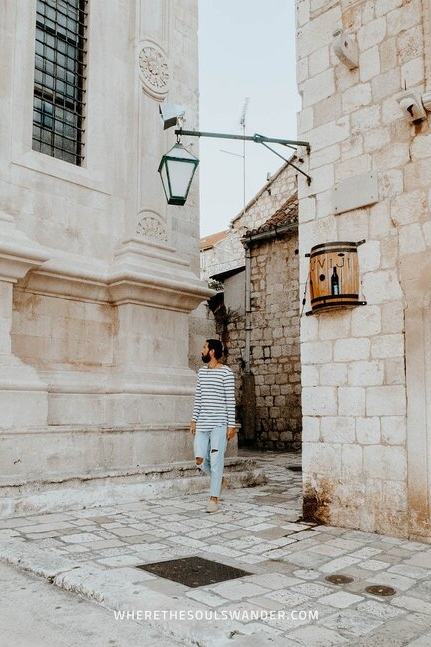
2. Admire the views from the Hvar Fortress
Hands down the best views over both Hvar Town and the picturesque Pakleni Islands are obtained when hiking to the summit of the rustic Hvar Fortress.
Perched high on the hill above Hvar Town, overlooking the town’s iconic tangerine-coloured roofs and appealing harbour, Hvar Fortress is a medieval stronghold that dates back as far as the 6th century.
It is often said that the one that controlled the Mediterranean, gained power over one of the most significant trading routes, which connects Southern Europe, North Africa, Levant, and Anatolia.
For that reason, the Hvar Fortress has been occupied by many, including the Illyrians, Romans, Byzantines, Venetians, and Austrians.
At present, the fortress is an impressive reminiscence of the original construction that was built under Venetian rule in the 13th century. Since it has been further modified by Spanish engineers in the 14th century, it is also named the Spanish Fortress of Hvar.
To get to the fortress, take a gentle walk from St Stephen’s Square, through the picture-perfect laneways and up several steps, followed by a winding trail through a flourishing pine forest.
Make sure you have your camera in hand throughout the entire trail. Believe me, it’s not only the stunning views from the top that make visiting the fortress one of the best things to do in Hvar.
Where | Hvar Fortress
Opening hours | Daily 08:00 – 21:00 – from April to October
Cost | 60 HRK (€8,-) per person
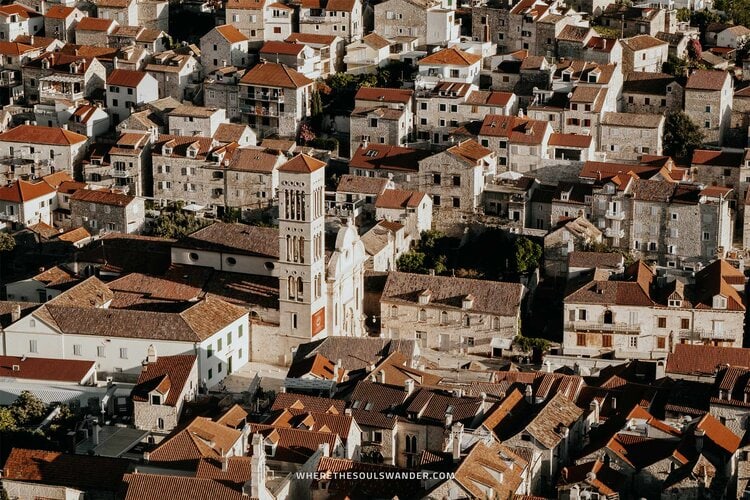
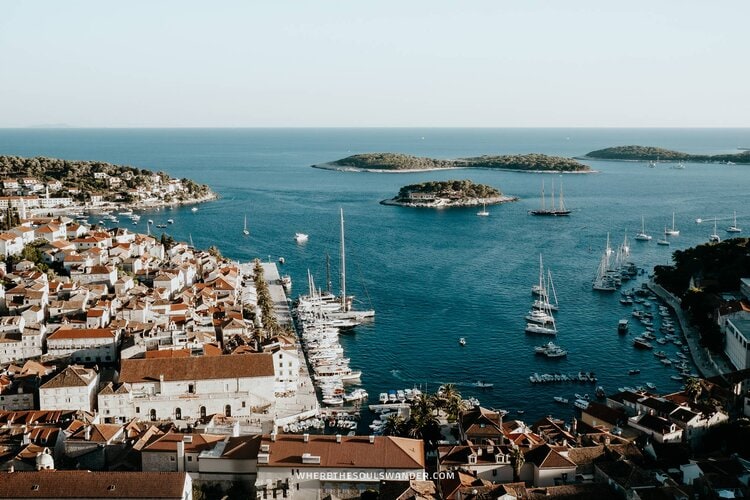
3. Relax at one of the many excellent Hvar beaches
It is no wonder that an idyllic island in the midst of the Adriatic Sea houses a bunch of the most beautiful beaches in Croatia.
Dotted along the coastline of Hvar, you’ll discover incredible beaches, each more beautiful than the last.
Think remote coves, picturesque pebble bays, trendy beach clubs, and everything in between – Hvar Island has plenty of relaxing beachside options, suiting every traveller and their desires.
Some of my favourite Hvar beaches include:
POKONJI DOL
Located only a short walk from Hvar Old Town, Pokonji Dol is a charming pebble beach that is both accessible and comfortable – which makes it one of my favourite beaches on the island.
Also, this pebble cove is home to a great dock to lay down your towel, an excellent local restaurant in Mustaco, and fewer travellers around compared to other beaches close to Hvar Town. On top of that, there is a large number of affordable sunbeds for hire.
Where | Pokonji Dol
Cost sunbed hire | 80 – 100 HRK, (€10,75 – 13,30) per day
MEKICEVICA BEACH
Mekicivica Beach, poised between Pokonji Dol and Milna, is the hidden beach you have always dreamed of.
With a completely secluded pebble cove and absurdly clear turquoise water, and only you can enjoy it, Mekicivica Beach is hands down one of the best beaches on Hvar.
In merely 15 minutes through a dense pine forest, you walk to this small, yet paradisiac stretch of beach. Additionally, Mekicevica Beach is accessed by a boat that leaves from the docks in Hvar Town.
Where | Mekicevica Beach
Cost boat to Mekicevica Beach | Around 50 HRK (€6,70) for a return trip
MALO ZARACE BEACH
When it comes to the best Hvar beaches, Malo Zaraće Beach will always be a topic of conversation.
Flanked by insane rocky cliffs lies Malo Zarace Beach, a secluded beach that is, fortunately yet to be discovered by mass tourism.
Do note that this exceptional rock formation splits the coastline of Zarace into two coves; Malo Zarace and Velo Zarace. The first one is less visited and in my opinion easily the better of the two.
Though Zarace is located at a 20-minute drive from Hvar town, I’m one hundred per cent sure that you’ll be delighted by the unique landscape, clear turquoise water, and relaxing overall ambience.
Where | Malo Zarace Beach
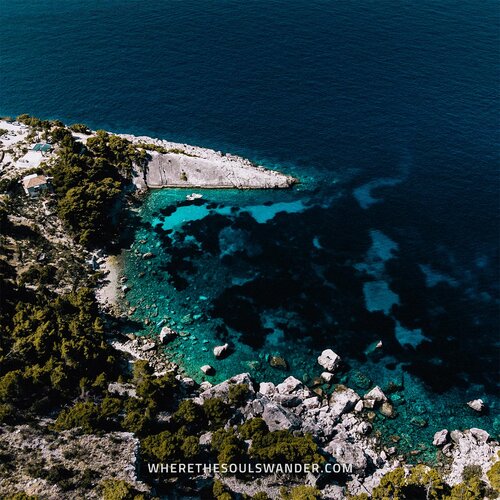
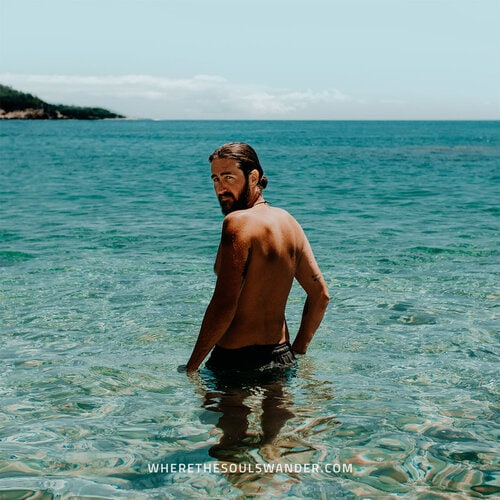
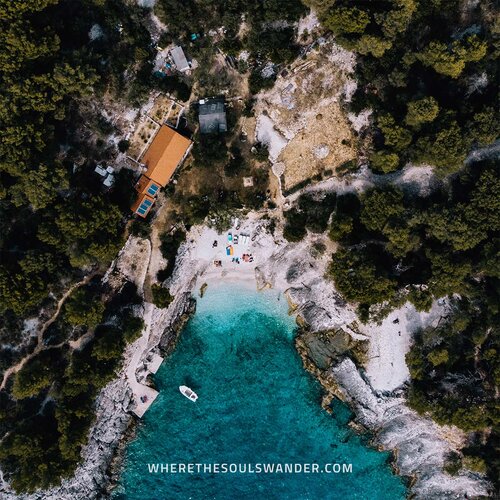
4. Enjoy Hvar Square and admire the St. Stephen’s Cathedral
Said to be the largest square in Dalmatia, the Hvar Square is a broad town square that is deemed the beating heart of the old town.
On warm summer evenings, travellers and locals gather here in large numbers to admire the wonderful Venetian and Renaissance buildings or to sit down at one of the many cafes and restaurants that lie adjacent to the square.
However, for the best local cuisine, it’s better to dive a little deeper into the laneways of the surrounding old town. Not only are the best bars and restaurants found here, but you also save up significantly on your food bill.
But for me, the biggest draw of Hvar Square was the array of impressive ancient buildings; the Cathedral of St. Stephen, the bell tower, the Arsenal, and the Venetian Loggia in the extension of the square.
In the east of the square, the St. Stephen’s Cathedral is the absolute highlight. With its baroque design elements, picturesque bell tower and typical Dalmatian architecture, this 16th-century cathedral remains one of Hvar’s top historic sights.
Sitting down at Hvar Square to see daily life unfold, was one of my favourite things to do in Hvar.
Where | St. Stephen’s Cathedral, Hvar
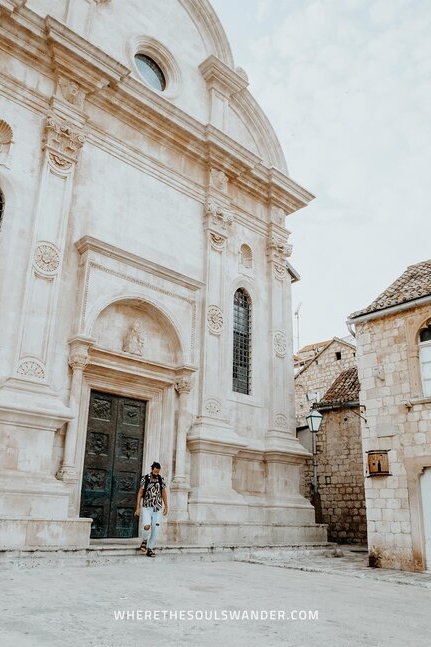
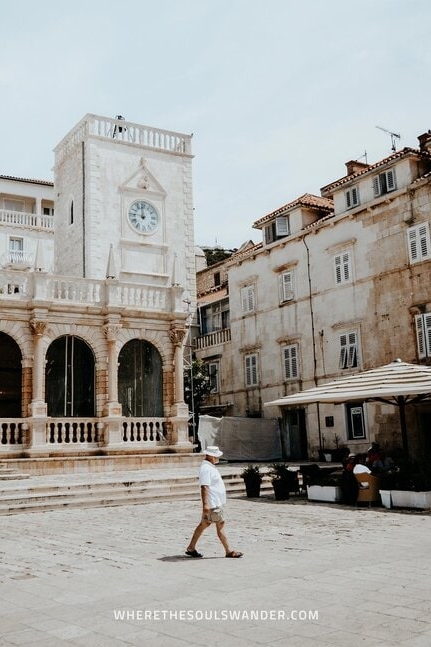
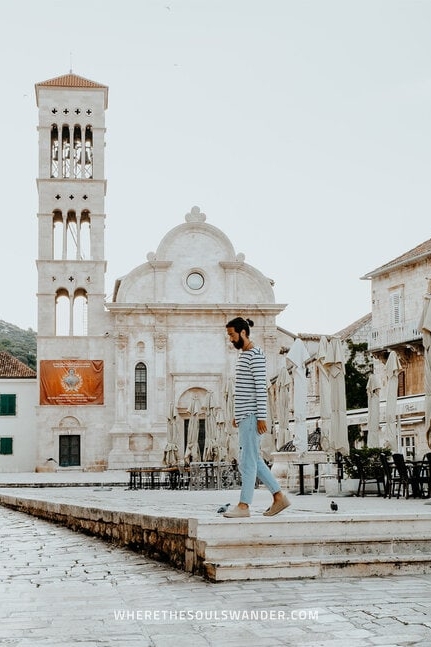
5. Enjoy creative contemporary cuisine at Fig Hvar
One morning, while strolling through the picturesque cobblestone streets of downtown Hvar, I stumbled upon Fig, a cosy restaurant whose menu teased me with the most delicious locally grown dishes.
At that very moment, I realized that I’d found an excellent place to have dinner later that day.
I pulled up here for a late dinner and treated myself to the Chimichurri Potatoes and the Mexican Pulled Pork, which were both very tasteful.
Upon arriving, there was a small waiting queue, which to me, indicates that a place lives up to its reputation. After a short wait, my table was ready and the waiter offered me a drink on the house.
Modest as I am, I ordered the red house wine, by which the waiter recommended the locally grown Tomic Plavac wine, which turned out to be the best wine I sampled during my Croatia trip.
That said, Fig is a place you simply don’t want to miss out on.
In the end, I came here to try the breakfast too – which makes for a good reason to stop by.
Where | Fig Hvar
Opening hours | Daily 10:00 – 14:00 & 18:00 22:00

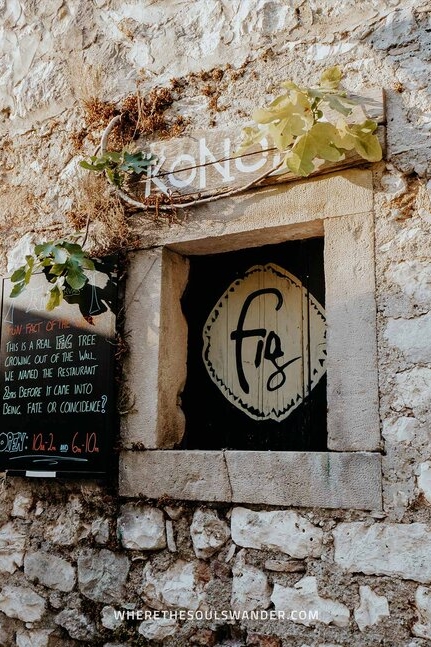
6. Appreciate Hvar’s iconic Franciscan Monastery
Encircled by a peaceful garden of aged cypress trees, overlooking a good-looking cove, this 15th-century monastery is one of Hvar’s most recognizable buildings, as well as my favourite.
Inside, the Franciscan monastery houses a small, yet impressive museum that showcases antique laces & coins, nautical charts, and a valuable edition of the Ptolemy’s Atlas, which was printed in 1524.
The real draw though is the Last Supper; an appealing 8 by 2,5-metre work of art that was composed by Venetian painter Matteo Ingoli at the end of the 16th century.
If you’re like me and enjoy a seaside stroll in the early morning or late afternoon, I’m sure you will be charmed by the Franciscan Monastery time and time again.
Where | Franciscan Monastery, Hvar
Opening hours | Daily 10:00 – 12:00 & 17:00 – 19:00
Cost museum | 30 HRK (€4,-) per person
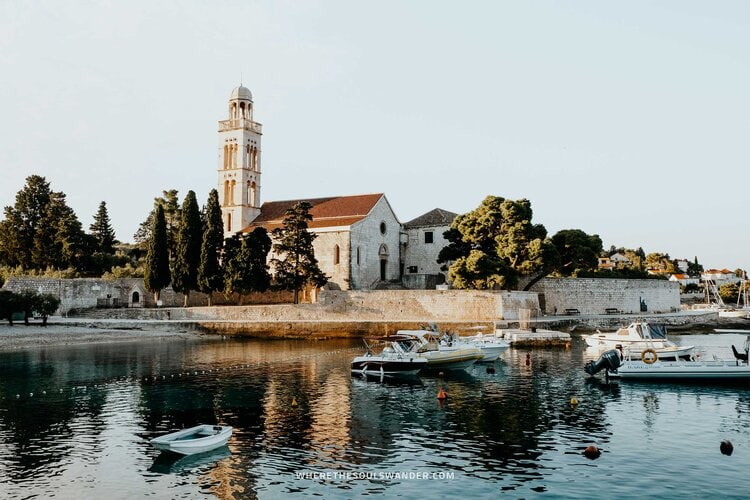
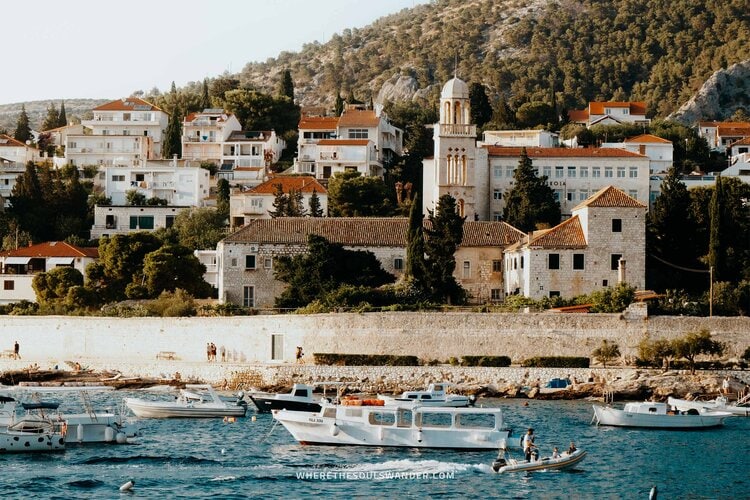
7. Uncover the stunning Pakleni Islands
The one thing that repeatedly became the topic of conversation when I chatted with the Hvar locals, was a boat trip to the Pakleni Islands, and that’s for an excellent reason.
The ‘picture-perfect’ Pakleni Islands is a bundle of 16 islands, scattered throughout the clear turquoise waters as opposed to the stunning coastline of Hvar Town.
If you’re keen on exploring the Pakleni Islands, rent yourself a small Pasara boat and navigate the calm Adriatic sea, in search of the most stunning beaches and deserted coves.
At first, I was quite surprised when I heard that you don’t need a license – or any experience to rent and operate a small Pasara boat. You do however get a short instruction, where you learn all the basics to operate a boat in a responsible manner.
If you’re not feeling comfortable with operating a boat, alternatively make use of the taxi boats that depart at the main harbour of Hvar Town.
A 15-minute transfer brings you to one of the major islands in the archipelago, including Jerolim, Sveti Klement, Marinkovac, and Mlini Beach.
Where | Pakleni Islands, Hvar
Cost boat rental | Starting at 400 HRK (€54,-) for a Pasara boat
Cost taxi boat | 60 HRK (€8,-) return
Recommended tour | Experience one of the most unique natural phenomena in the world with the Blue & Green Cave Day Tour From Hvar.
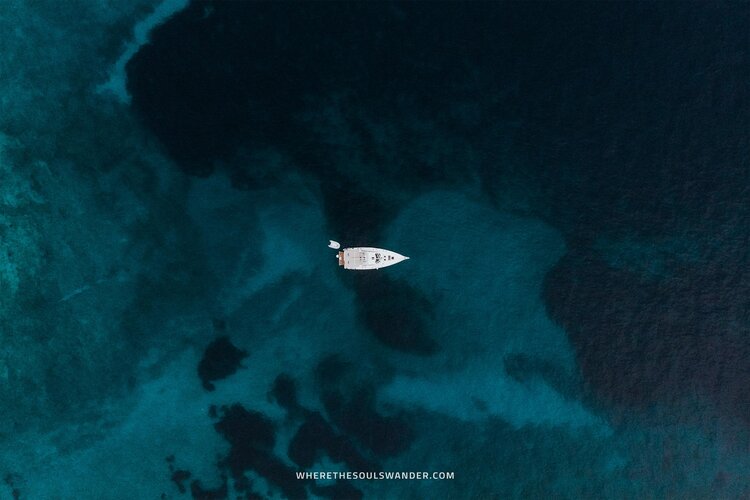
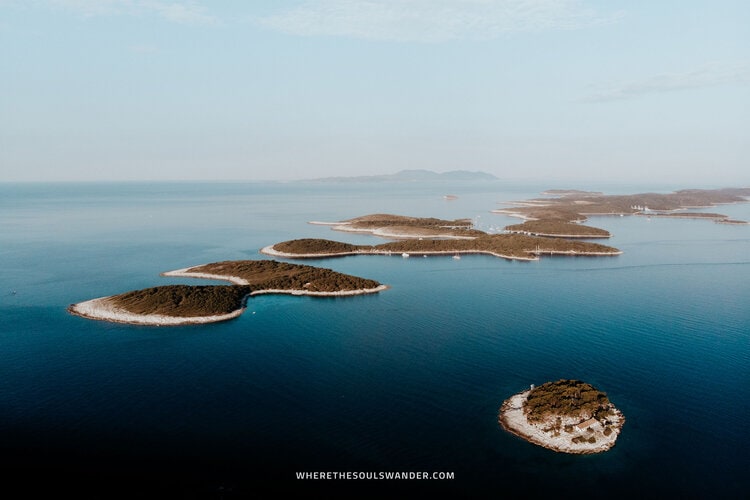
8. Take in the views from the Napoleon Fortress
Climbing the Hvar Fortress might be the number one thing to do in Hvar, it is the higher-positioned Napoleon Fortress that provides even more spectacular views.
The French fortress, better known as the Napoleon Fortress, is situated just west of the popular Spanish fortress, and hiking to the summit takes roughly 30 minutes when starting from Hvar old town.
Once you arrive at the top, you’ll be welcomed by some of the most stunning views Hvar Island has to offer, showcasing both Hvar town and the Pakleni Islands in the distance.
If you’re interested in climbing the fortress, I have one recommendation: make sure you visit the Napoleon Fortress during the golden hour. It is truly a magnificent experience to see the streets of Hvar Old Town bathed in the most soothing glow of golden hues.
In my honest opinion, this place and its views are unrivalled, and although many people consider skipping it, I would say not to, but hey, it’s up to you!
Where | Napoleon Fortress, Hvar
Cost | Free
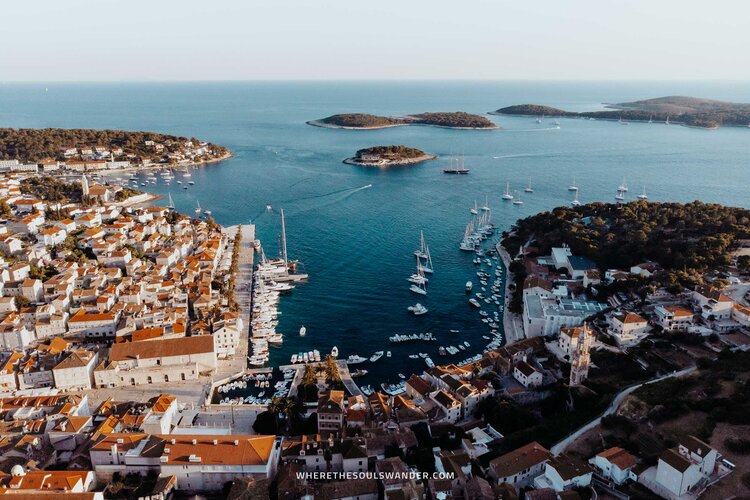
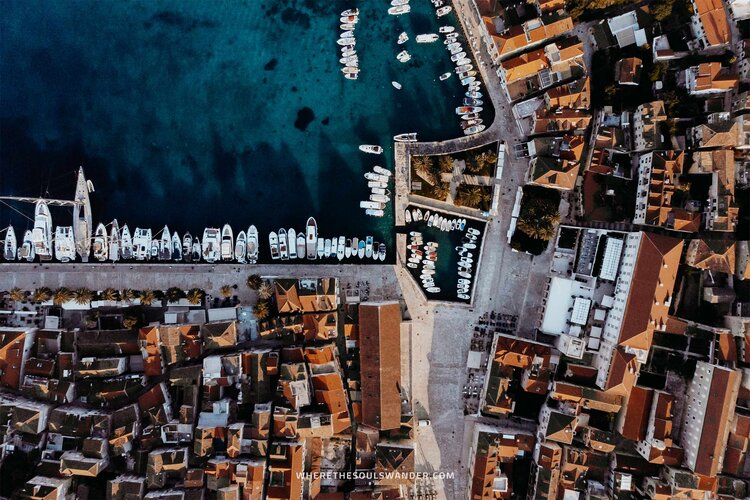
9. Sample Lavender ice cream, Hvar’s local delicacy
When it comes to unique local flavours, lavender ice cream really is up there with the best of them.
As soon as I heard of this local phenomenon, I had only one mission: trying to get my hands on the best lavender ice cream on the island.
At first, I was a bit sceptical, but after my first scoop, I was instantly hooked to the subtle, yet refreshing floral flavour that lavender ice cream had to offer.
Since that moment, not a day went by without this local refreshment, often in combination with an extra scoop (or two) of other delish flavours.
After spending five days on the island, I came to the conclusion that my personal favourite lavender-flavoured ice cream is found at Pharos, a small gelato boutique on Stari Grad’s Riva.
However, if you’re solely staying in Hvar town, yet still are curious to taste this delicacy, make sure to head over to Slasticarna in the harbour of the old town.
That said, make sure to try at least one scoop of this local refreshment, before leaving the island.

10. Walk the old town of Stari Grad
For those keen to explore an authentic side of Hvar, look no further, Stari Grad – literally meaning ‘old town’ – is the perfect place to feel the ‘real’ Hvar vibe.
The oldest town on the island, Stari Grad is an excellent alternative destination, just northeast of the bustling city centre of Hvar Town – and serves as a quiet summer day trip.
Stari Grad’s small town centre is charmed by quiet laneways, rustic white-washed buildings, historical churches, and a wide array of small locally owned boutiques and restaurants.
During my visit, I really enjoyed roaming through Srinjo Kola, a vibrant street that runs straight through the heart of town. This lively laneway is home to a great number of restaurants and cafés, souvenir shops, as well as an authentic alternative tourist board in ‘The Hvar Island Concierge’.
So, if you’re on the Island for a few days, make sure you experience this ‘untouched’ side of Hvar too.
Where | Stari Grad, Hvar Island
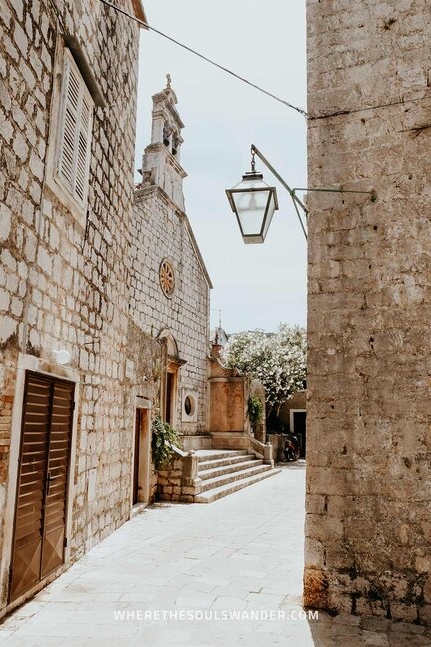
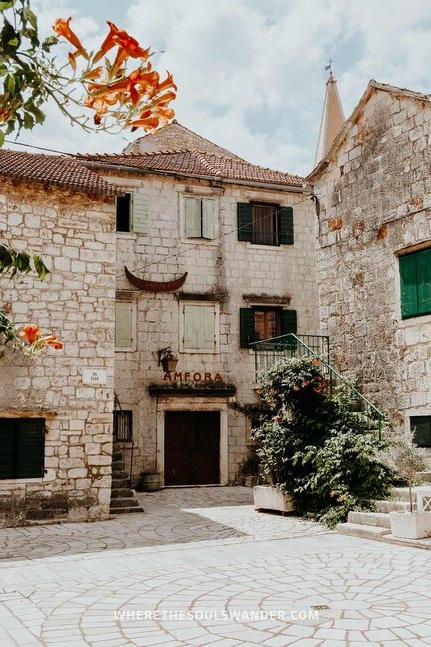
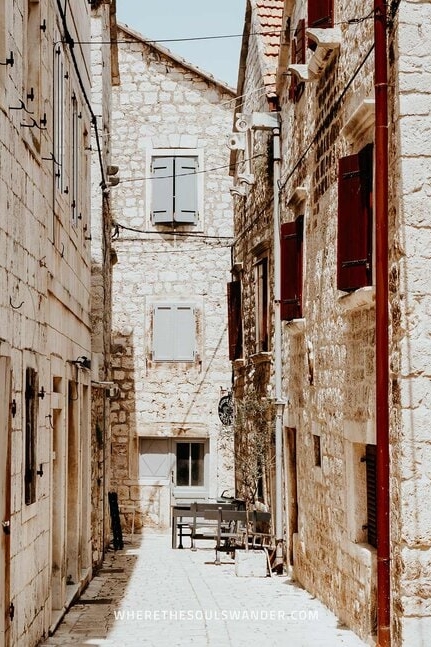
11. Enjoy a refreshing drink at Backlane Hvar
One day, when I came back to the hostel after a relaxing beach day on Pokonji Dol, I got into a chat with a friendly guy named Enrico.
After a short chat, we decided to go for a walk in search of a place to have a few drinks and we luckily stumbled upon BackLane.
Set in a charming alley of Hvar Old Town, BackLane is a lively bar that specialises in craft beers and cocktails, all based on locally grown organic ingredients.
Since the beginning of 2020, the bar, run by three childhood friends, opened a small brewery just 200 meters from BackLane’s doorstep, resulting in a handful of delightful beers that are crafted to perfection.
Once we were seated, I ordered their locally brewed IPA, an excellent beer that is defined by a hoppy flavour and refreshing aromas. Which to me is the perfect treat during a hot summer’s evening.
On top of that, BackLane offers an authentic local setting, the most friendly staff and a great amount of knowledge when it comes to their craft, which makes it not only an excellent bar to sample local craft beers but also to sit down and chat with the Hvar locals.
Where | BackLane, Hvar Town
Opening hours | Daily 09:00 – 01:00
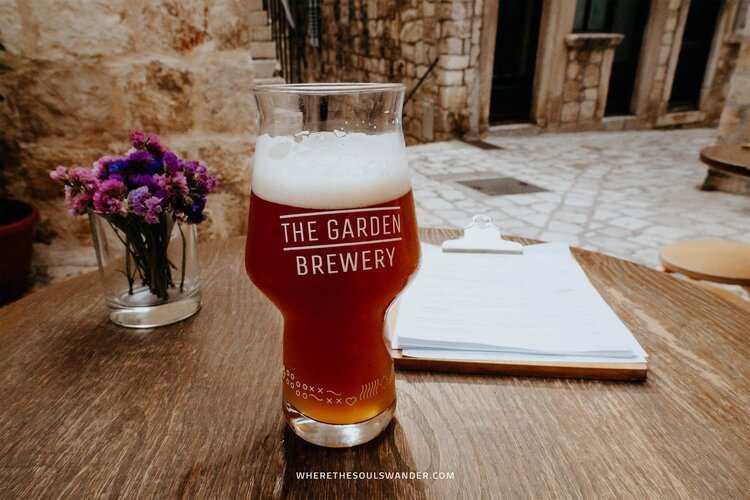
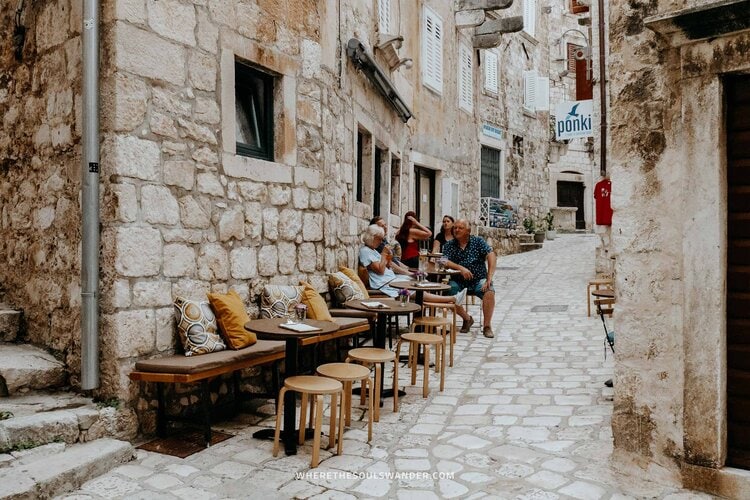
12. Visit the Lavender fields in Brusje
With a fragrance like no other, Lavender is a healthy aromatic plant that has been used on a daily basis since ancient times.
Nicknamed the island of lavender, Hvar once produced 8% of the world’s total lavender production.
If you follow the old road from Hvar Town for 15 minutes – or the smell of fresh lavender in the air, you’ll reach Brusje, a small village that is home to the majority of Hvar’s violet-coloured lavender fields.
Originally founded as a shepherd settlement in the 16th century, Brusje is now a village that is entirely committed to the production of lavender and rosemary etheric oils.
If you’re keen to see the lavender fields in Brusje, make sure you visit the island in June or July, when it’s the ideal time to see those lavender fields in full bloom.
This is also when the annual two-day Lavender Festival in neighbouring Velo Grablje occurs, which I sadly had to miss due to heavy rain showers and thunder.
Where | Brusje, Hvar Island

13. Enjoy the ultimate summer afternoon at Konobo Mustaco
Tucked away on Pokonji Dol – one of my favourite Hvar beaches – is Konobo Mustaco, a buzzing beach restaurant that has everything for the ultimate summer getaway feeling.
This locally-run restaurant is an incredible place to sit at any time of day, yet it is most popular for beachside breaks, a late afternoon snack, and sunset drinks.
It is said that the best things in life are often pretty simple, so do as I did and order a plate of fresh watermelon and enjoy a relaxing afternoon at one of Hvar’s finest beaches.
But Mustaco isn’t only to seek shelter from the sizzling Mediterranean heat, it is also a great place to sample excellent traditional Dalmatian cuisine, especially for those who fancy freshly caught seafood.
On top of that, Mustaco has a large number of sunbeds for hire, perfect for those after an afternoon of swimming, tanning and relaxing.
Where | Konobo Mustaco
Opening Hours | Daily 09:00 – 17:00
Cost sunbed hire | 80 – 100 HRK, (€10,75 – 13,30) for the day
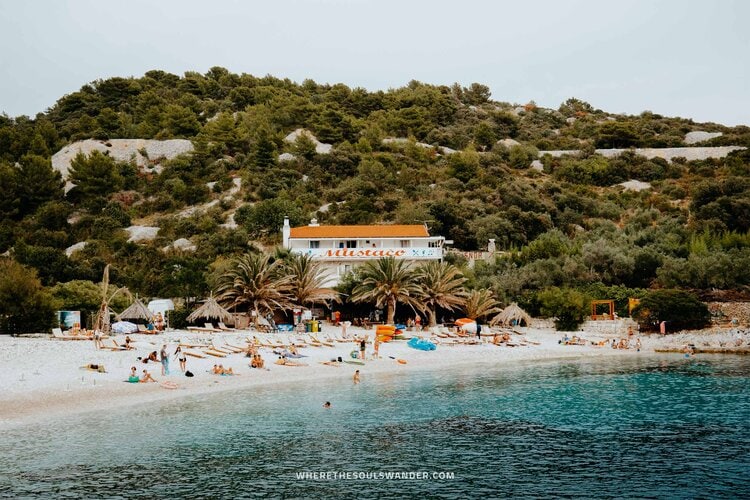
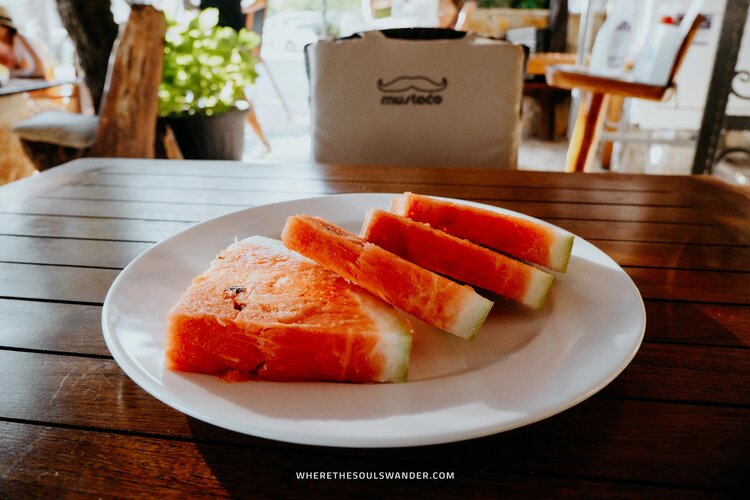
Things to do in Hvar | The essentials
The best time to visit Hvar
Hvar is known to enjoy great weather year long, as it is considered one of the sunniest places in the whole of Europe.
As a result of these great circumstances, it can be extremely hot during the peak season of July and August. These summer months are also the time when the harbour is inundated with yachts, and travellers flock to Hvar in great numbers (roughly 20,000 daily visitors).
For that reason, I believe that the absolute best time to visit Hvar is during the shoulder seasons that run from April to June and from September to October.
During shoulder seasons the days are long, the temperature good, and little to no rainfall occurs, making it relaxed and enjoyable to explore the island at its full potential.
On top of that, you’ll notice significantly smaller crowds, resulting in the food and drink prices turning out slightly cheaper than during the peak season – which is a great addition.
My favourite day tours & activities on Hvar Island
If you’re after an organized tour to discover Hvar, here are some of my personal favourites.
How to get to Hvar
Whether you plan to travel around, or solely come to Croatia for Hvar, your journey most likely involves setting foot in one of the country’s most popular seaside cities; Split or Dubrovnik.
I’ve had a wonderful time in both cities, which you can read more about in my detailed Croatia itinerary.
FLIGHTS | HOW TO GET TO HVAR
If you’re planning a trip to Hvar, you probably enter Croatia via plane through Split or Dubrovnik, as both cities have an airport that host the majority of European and international airlines.
For flights to Split or Dubrovnik, I would recommend checking out Skyscanner. Their website is user-friendly, holds a great variety of airlines and grants the possibility to find great deals.
FERRY | HOW TO GET TO HVAR
You’ll be surprised how easy it is to actually get to one of Croatia’s stunningly beautiful islands.
The journey is operated by ferry, and services frequently throughout the day between most of the islands, including Brac, Hvar, Korcula, and Mjilnet, as well as the popular coastal towns of Split and Dubrovnik.
Besides the wide array of destinations, these ferries are also comfortable, affordable and punctual.
The main operators that service the islands are Jadrolinija and Krilo, and it is easy to book your tickets online. Alternatively, purchase your tickets at the ticket booth in the concerned harbour.
From my experience, I’d highly recommend booking your tickets in advance, especially during the peak summer months.
How to get from Split to Hvar | The ferry from Split to Hvar departs from the first pier at the main harbour in Split (closest to both the ticket booth and the Split town centre).
Always make sure that you’re at the right terminal by checking the number that is indicated at the dock. If you’re not completely sure, feel free to ask the ticket vendor.
The journey itself is pretty straightforward and takes roughly an hour.
Where | Split Ferry Port
Cost Split to Hvar ferry | 55 – 110 HRK (€7,40 – 14,80) one way, depending on the operator
Travel time | Roughly 1 hour
Split to Hvar ferry departure times | 07:40, 08:30, 09:00 11:00, 11:30, 13:00, 15:00, 16:00 and 17:00.
How to get from Dubrovnik to Hvar | If you’re keen to visit Hvar from Dubrovnik, you’ll have to go to the Dubrovnik ferry port, located in the neighbourhood of Gruz, roughly 25 minutes from Dubrovnik Old Town.
To get to the ferry port, grab a local bus at the Pile gate leaving for Gruz. Bus lines that operate in this area include no 1a, no 1b, and 3. More information on Dubrovnik bus lines here.
Once you arrive at the ferry port, it takes around 3 to 3,5 hours by ferry to reach the shores of Hvar.
Keep in mind that this route is serviced exclusively by Krilo, and departs once daily at 16:30.
Where | Dubrovnik Ferry Port
Cost Dubrovnik to Hvar ferry | 230 HRK (€30,70) one way
Travel time | 3 hours and 10 minutes
Dubrovnik to Hvar ferry departure times | Once daily at 16:30
How to get from Dubrovnik to Hvar | If you’re keen to visit Hvar from Dubrovnik, you’ll have to go to the Dubrovnik ferry port, located in the neighbourhood of Gruz, roughly 25 minutes from Dubrovnik Old Town.
To get to the ferry port, grab a local bus at the Pile gate leaving for Gruz. Bus lines that operate in this area include no 1a, no 1b, and 3. More information on Dubrovnik bus lines here.
Once you arrive at the ferry port, it takes around 3 to 3,5 hours by ferry to reach the shores of Hvar.
Keep in mind that this route is serviced exclusively by Krilo, and departs once daily at 16:30.
Where | Dubrovnik Ferry Port
Cost Dubrovnik to Hvar ferry | 230 HRK (€30,70) one way
Travel time | 3 hours and 10 minutes
Dubrovnik to Hvar ferry departure times | Once daily at 16:30
Safety in Croatia | Travel insurance
While Croatia is completely safe for travellers, I always aim to enter a foreign country with my travel insurance sorted out, and I highly advise anyone else to do the same.
Where we prefer to assume that everything runs smoothly during our travels, the reality is often that something can go wrong at any given moment – when that happens, it is better to be safe than sorry.
For travel insurance, I use Heymondo, as they offer full COVID-19 coverage, as well as a handy app with 24-hour medical assistance. Make sure you check it out – readers of WTSW receive 5% off any insurance policy too.
Cheers!
I’ve been on this travel blogging journey since 2019.
If you appreciate what I do here, these are some ways you can support me.



